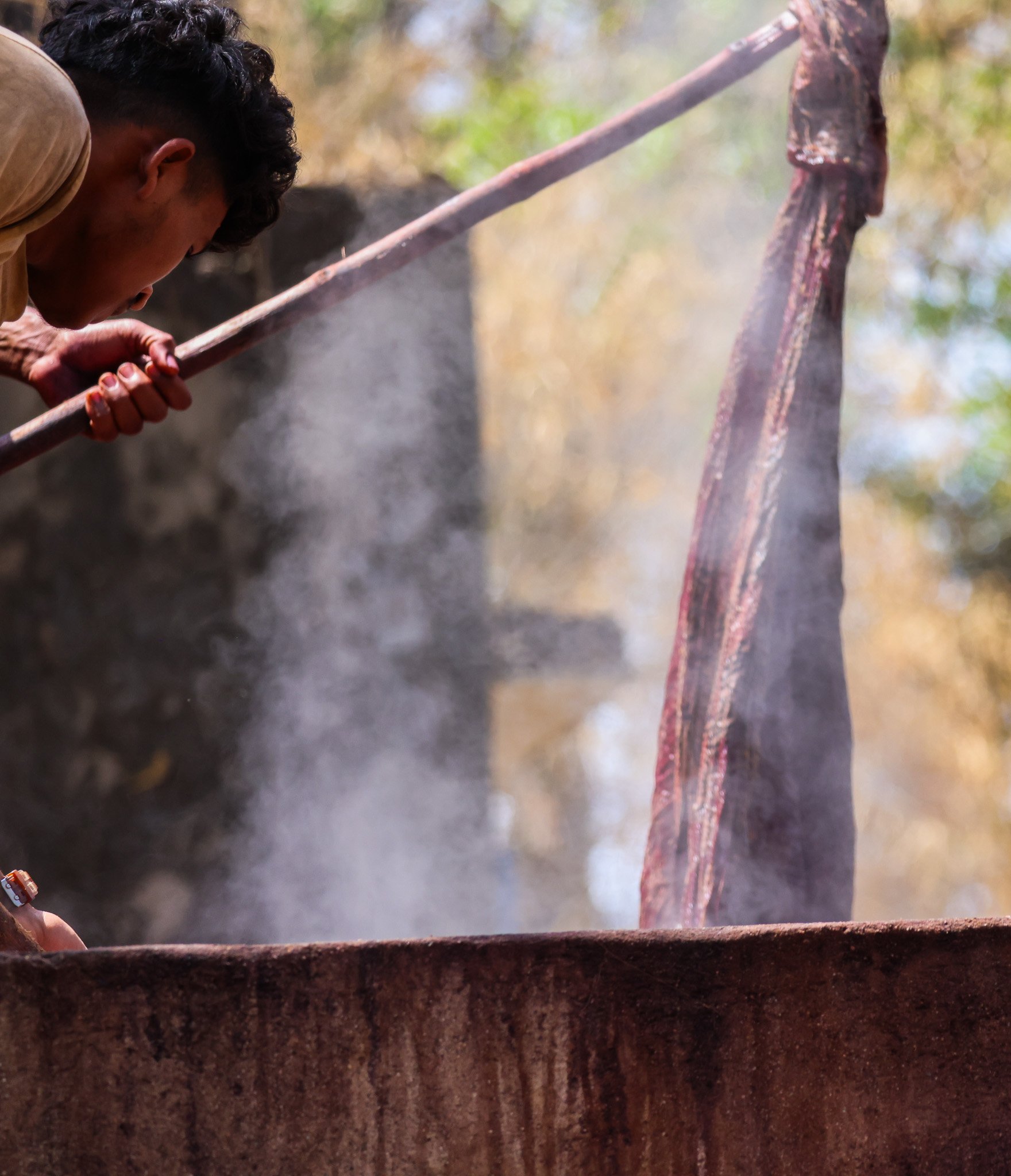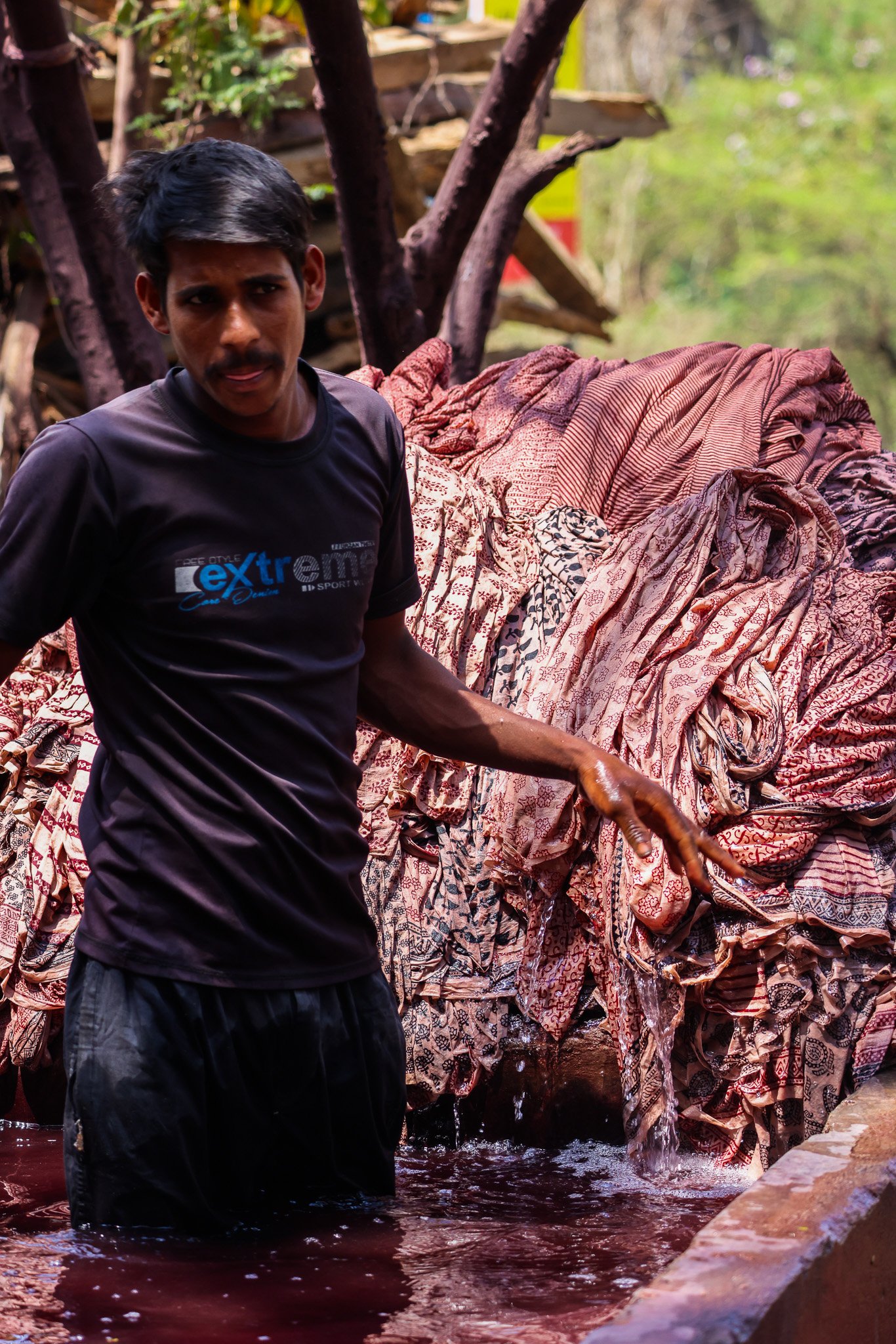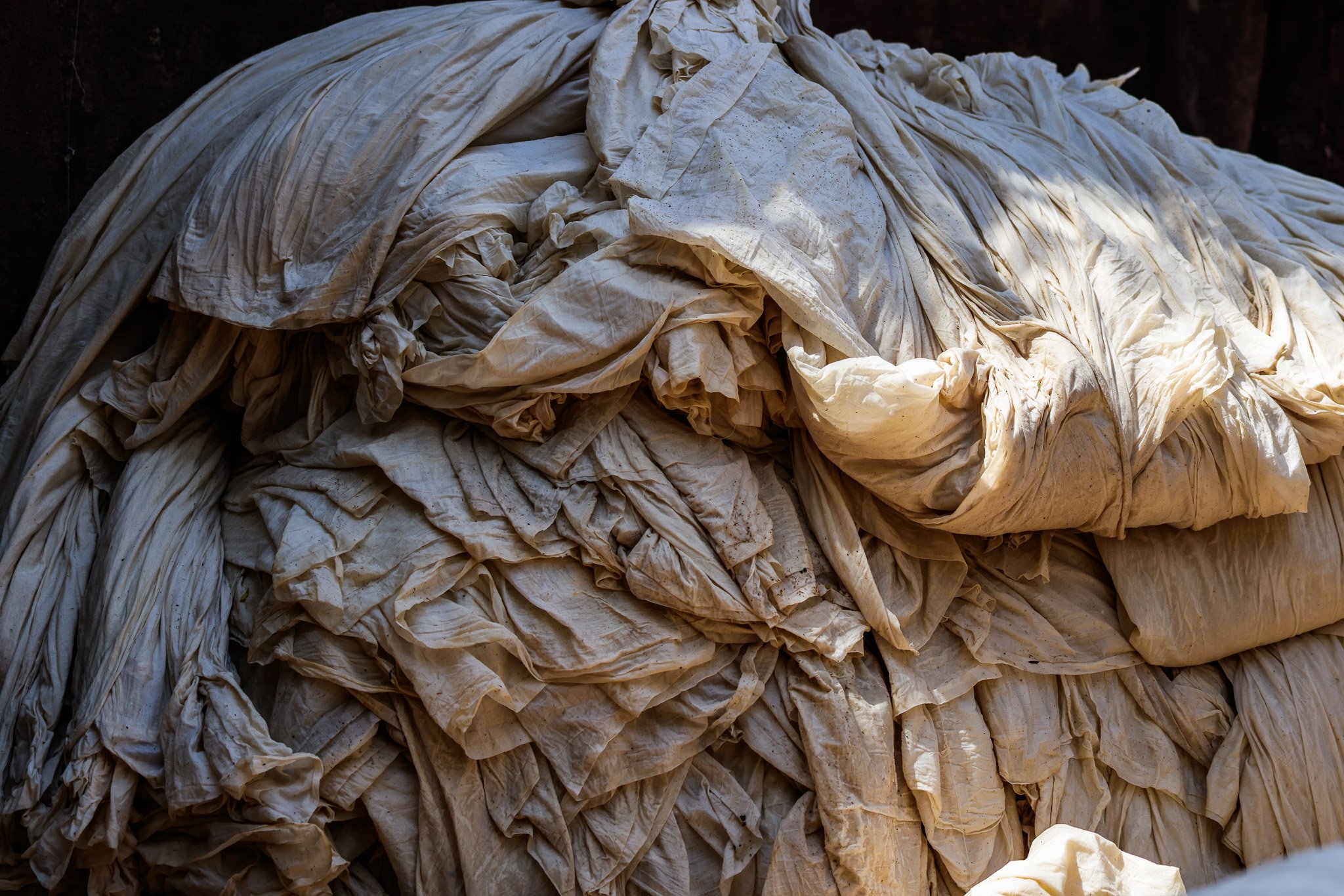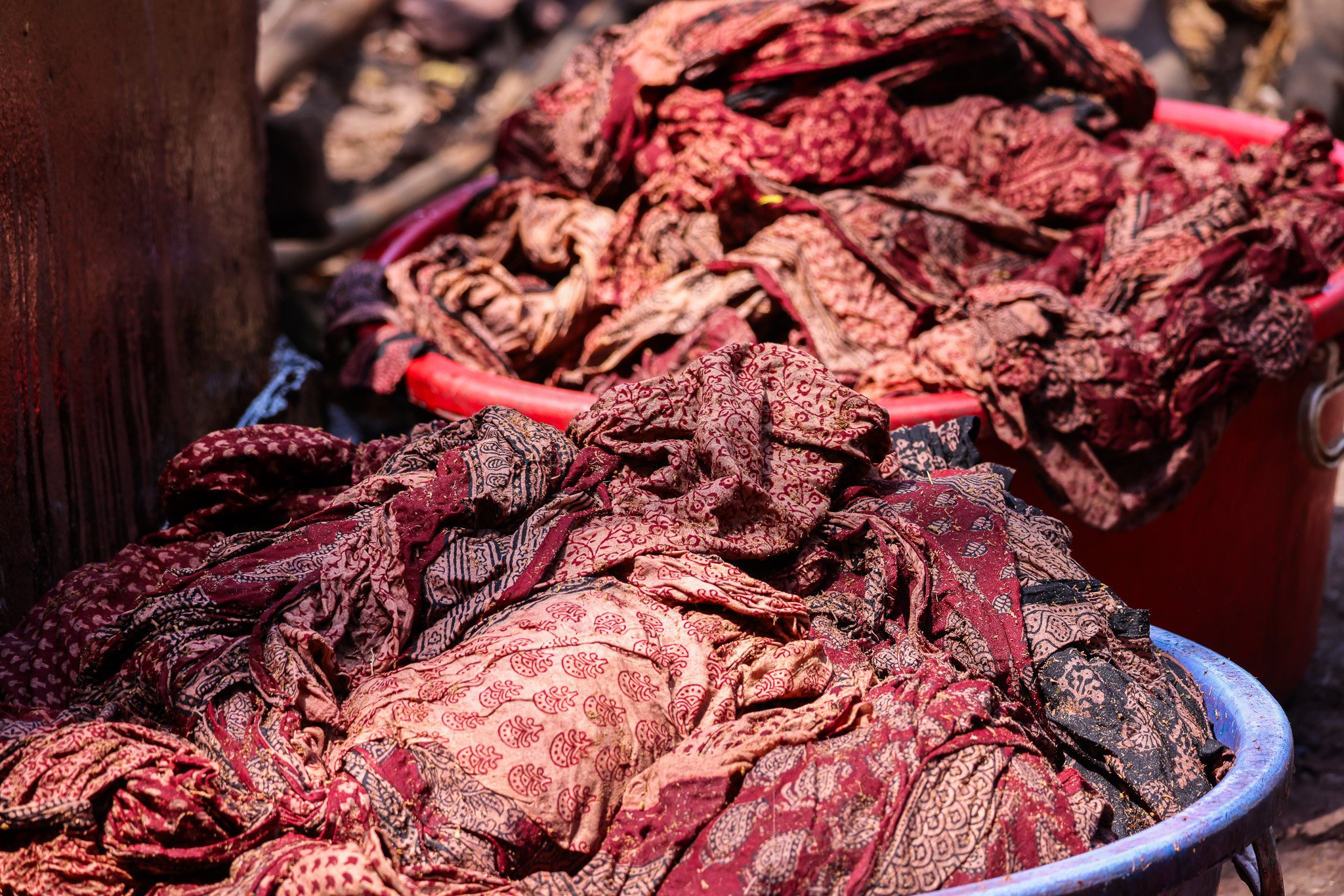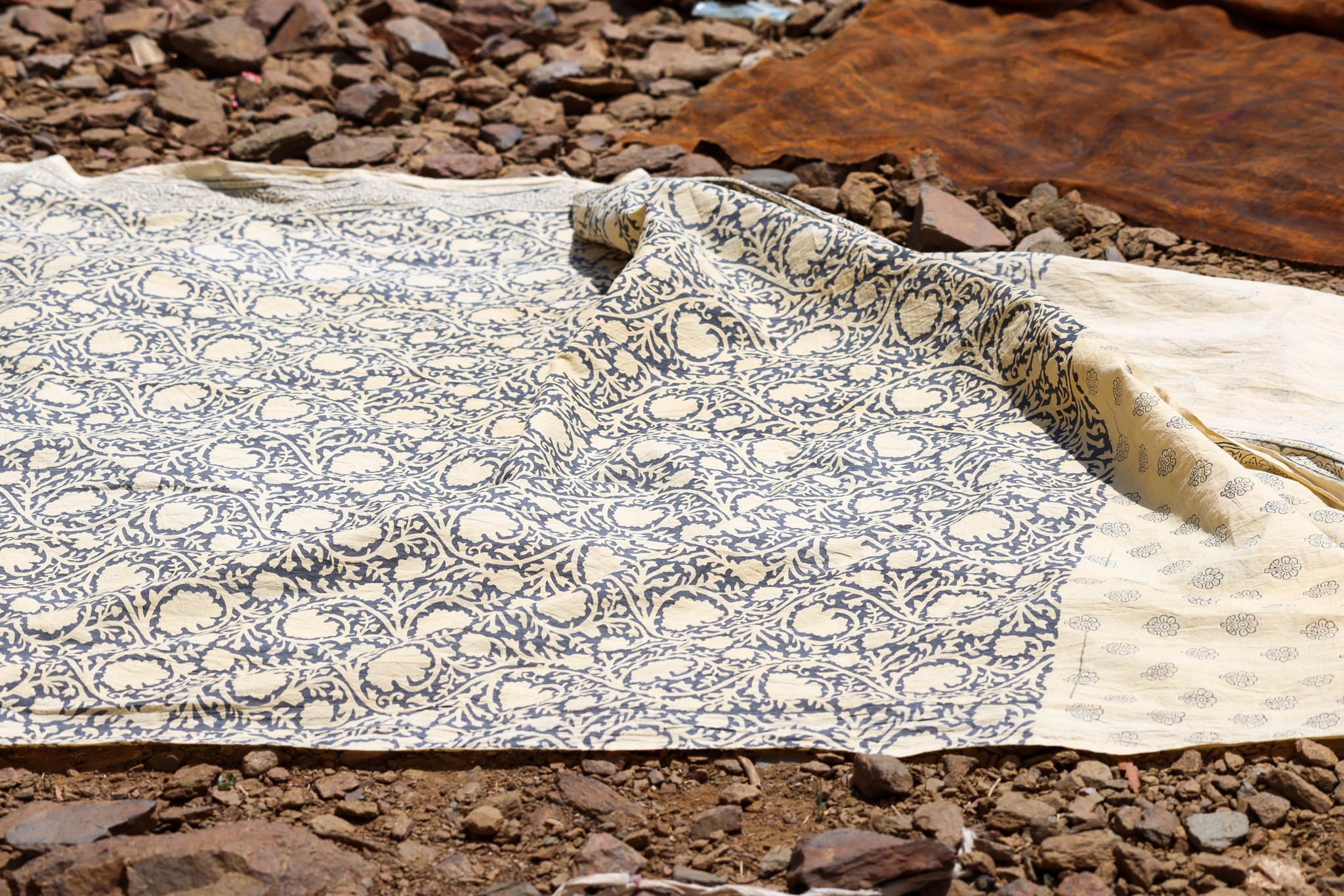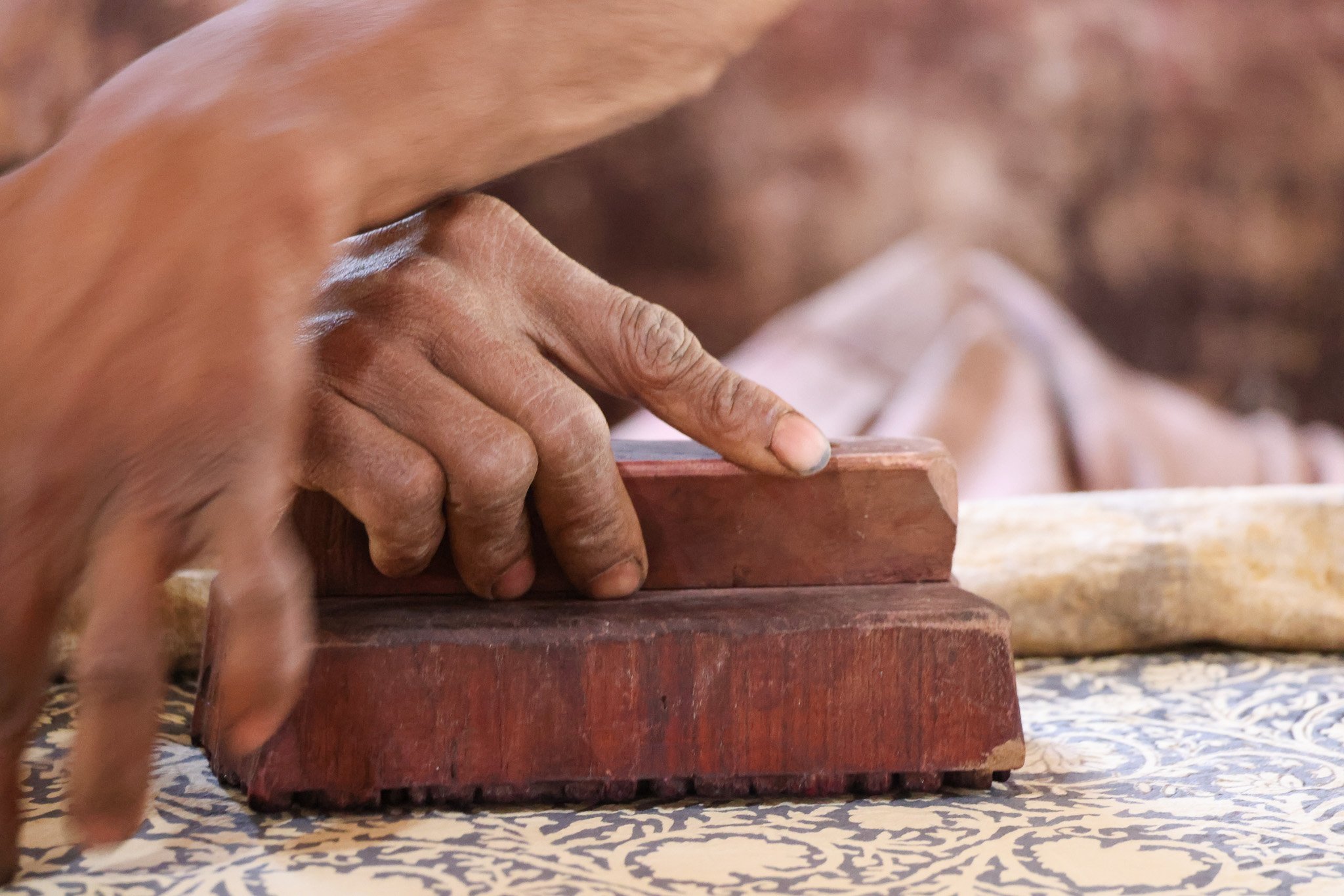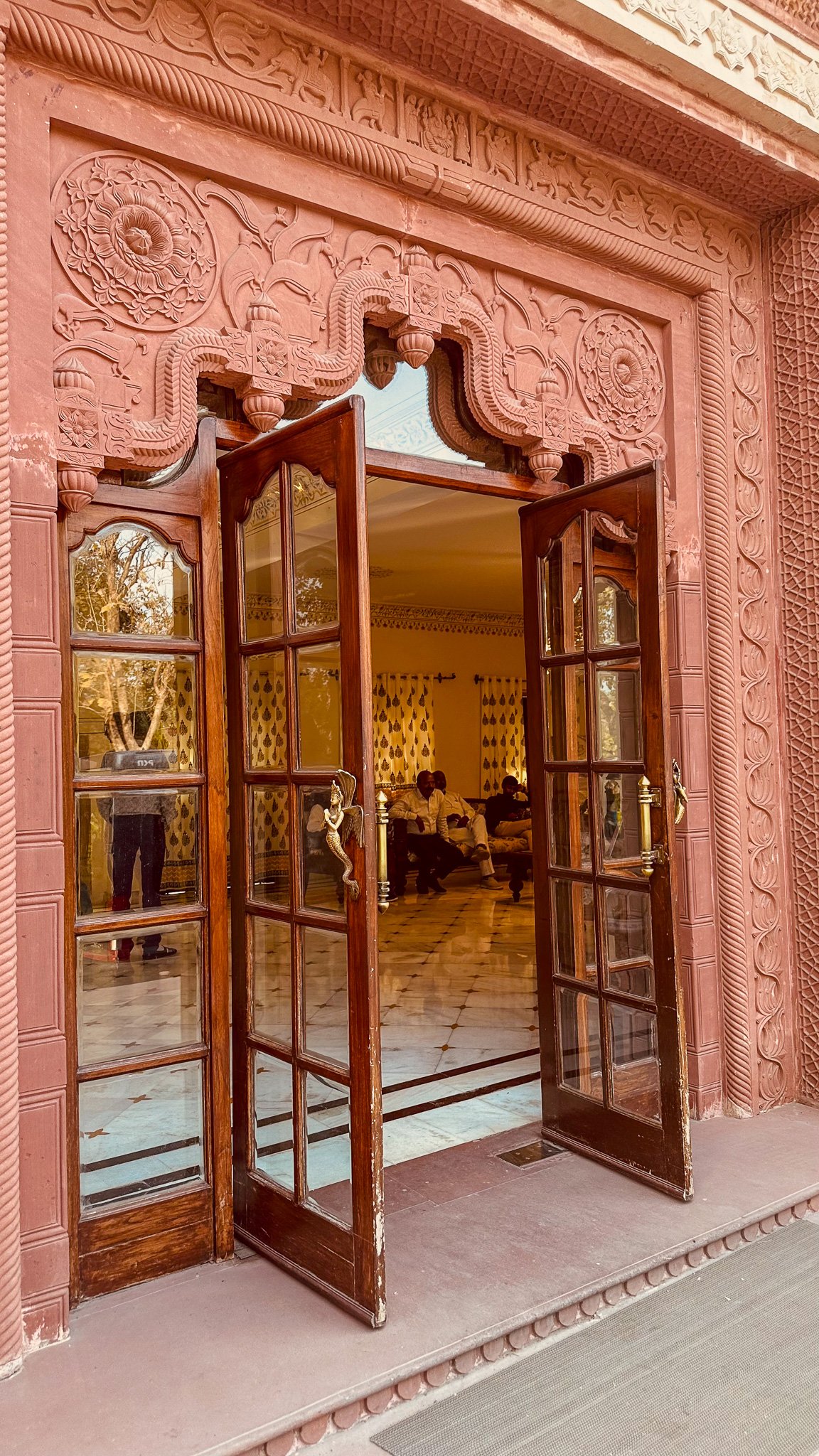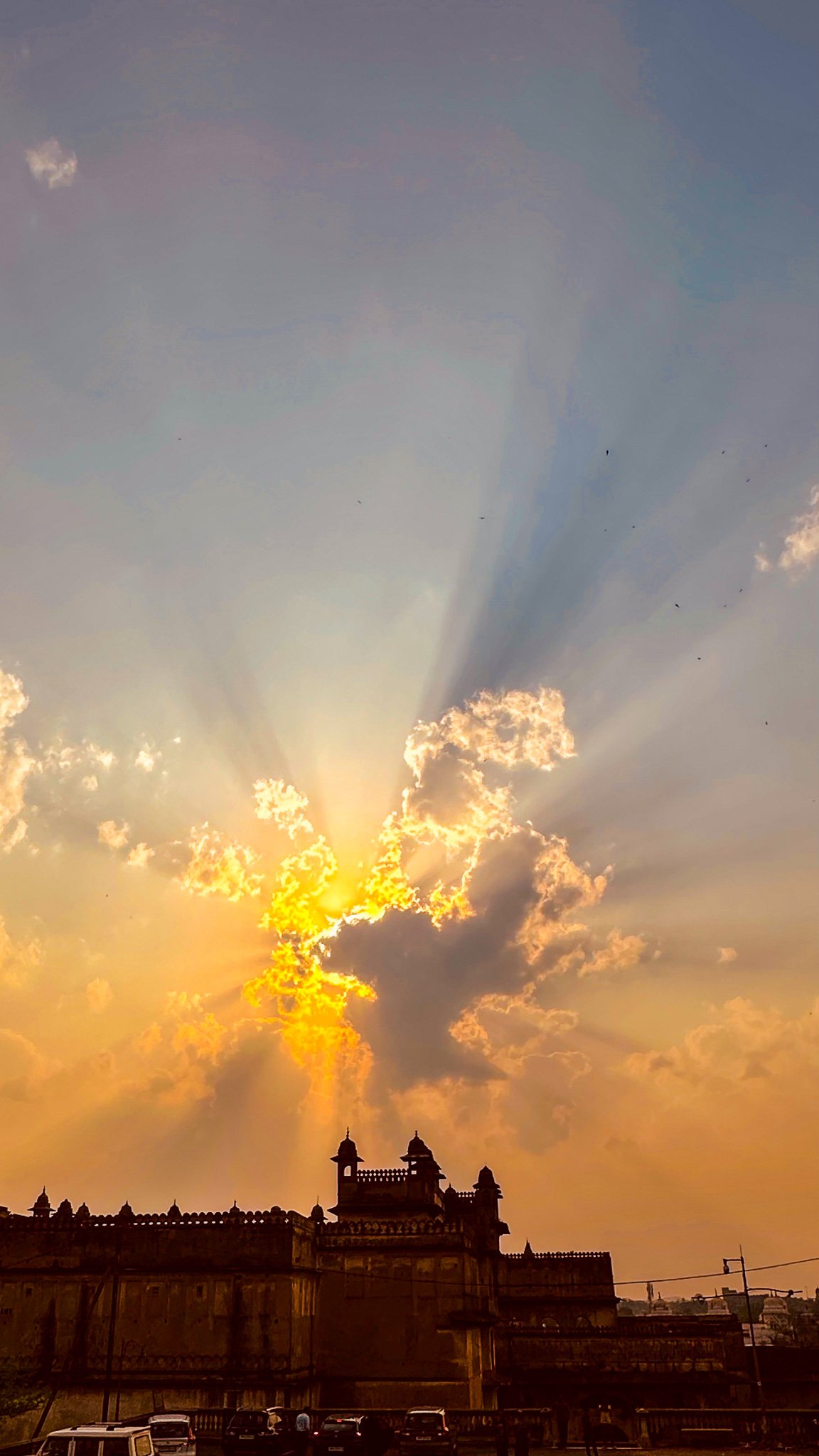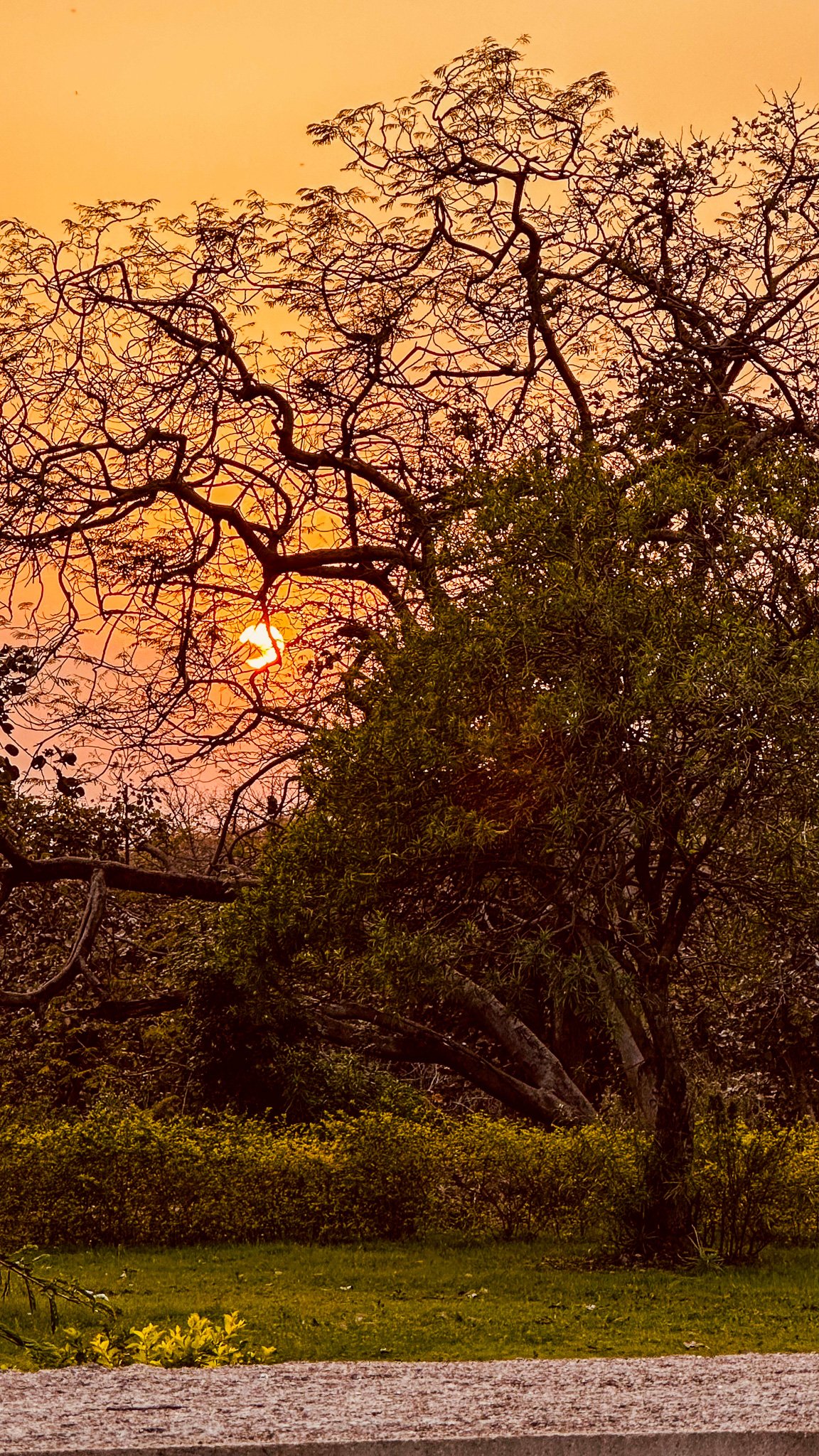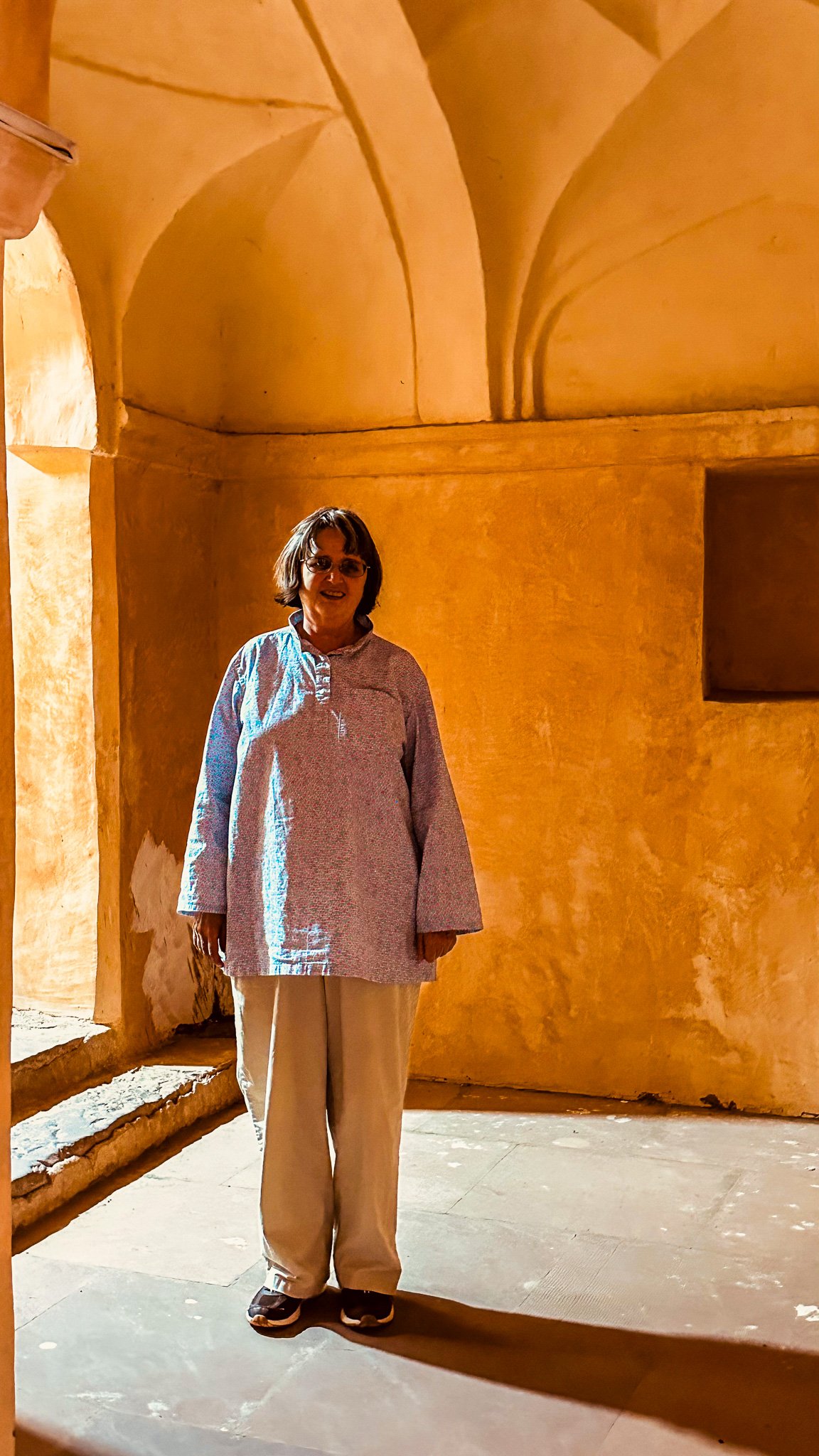We’ve just completed three consecutive tours.
This is a blog about No 1.
Central India, Trails of Textiles and Temples.
You may be wondering why we offer consecutive tours. The reason behind it is to make it more convenient for guests who wish to participate in multiple tours. This way, guests can save money on airfares and the tours are designed to transition smoothly from one to the next.
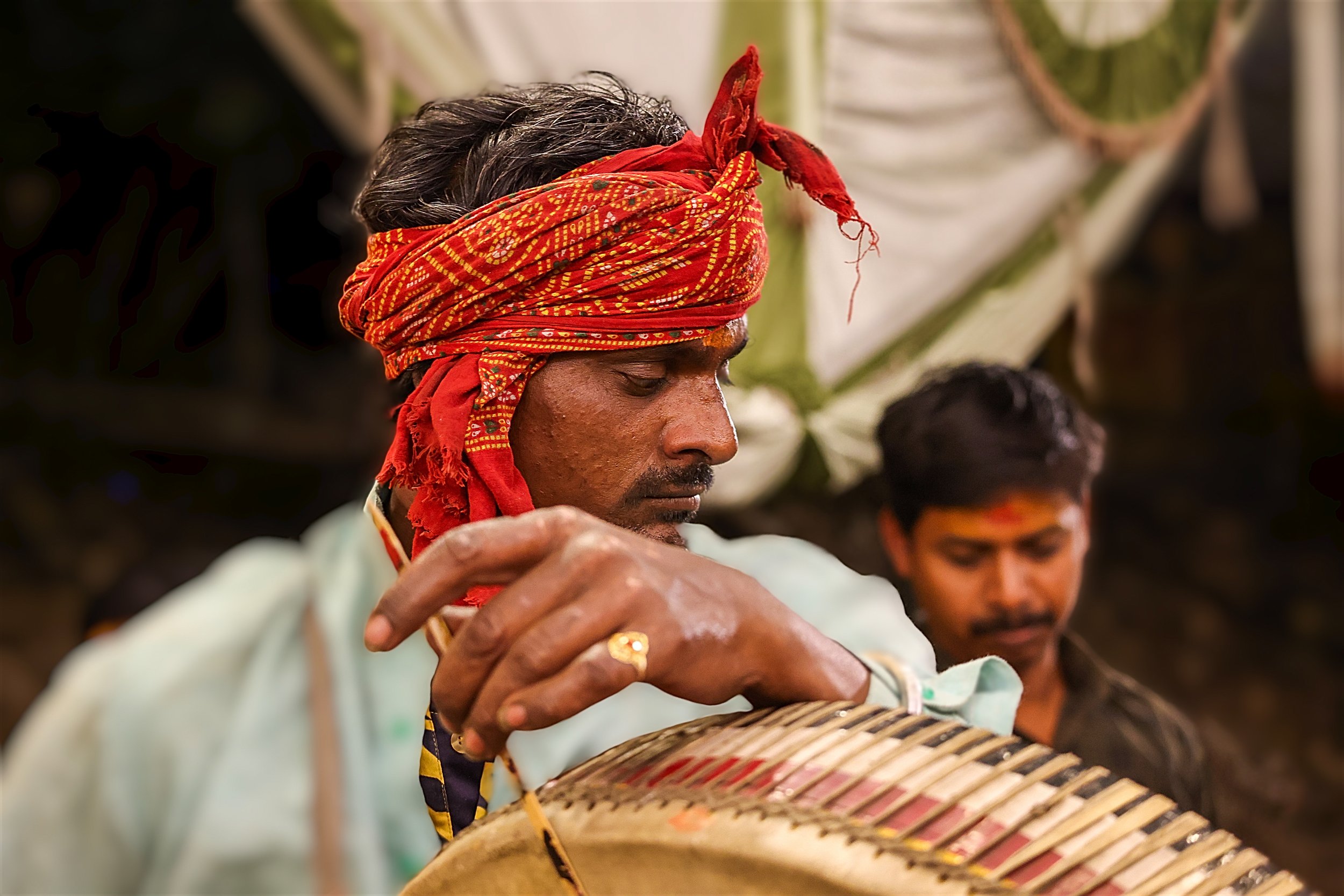
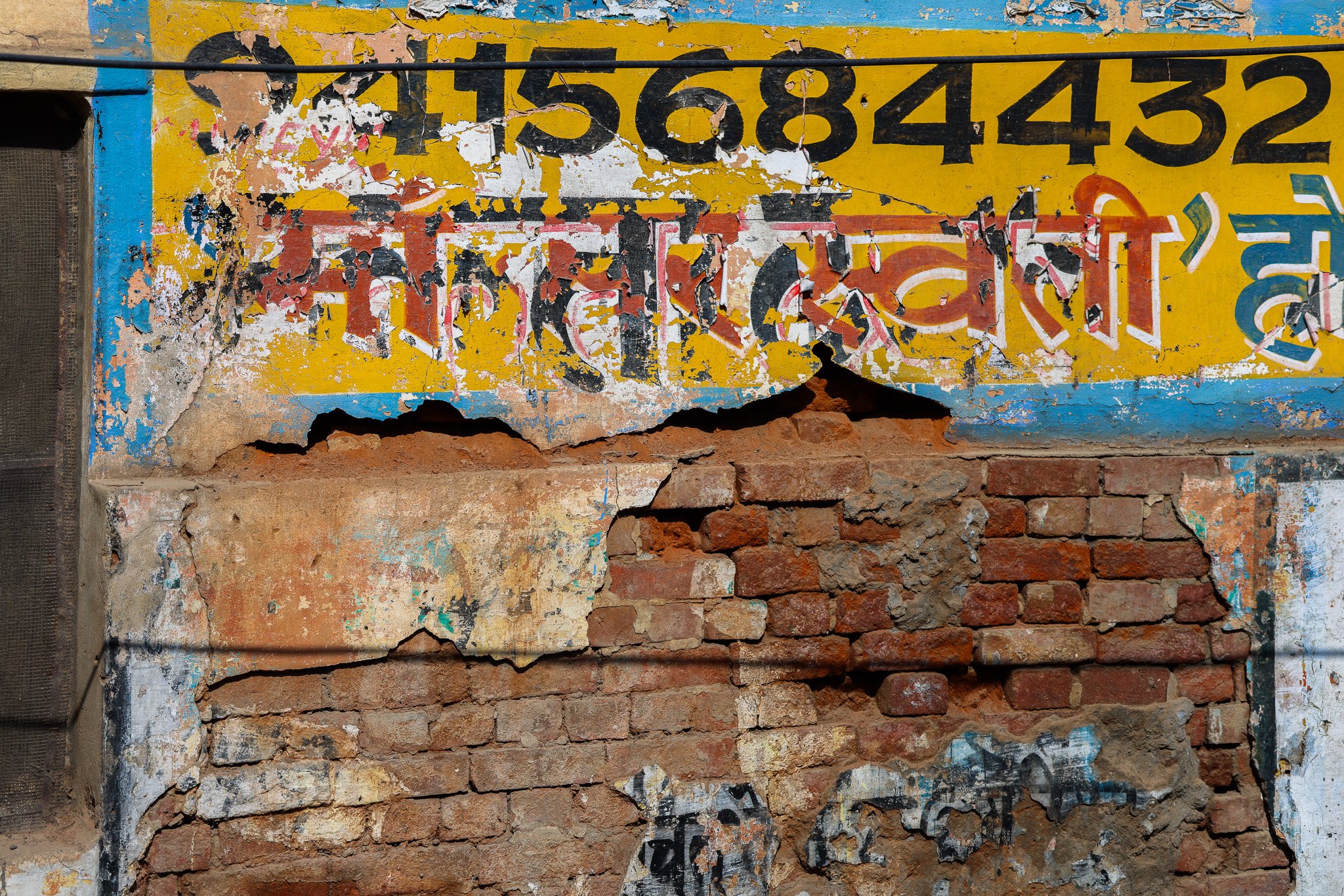
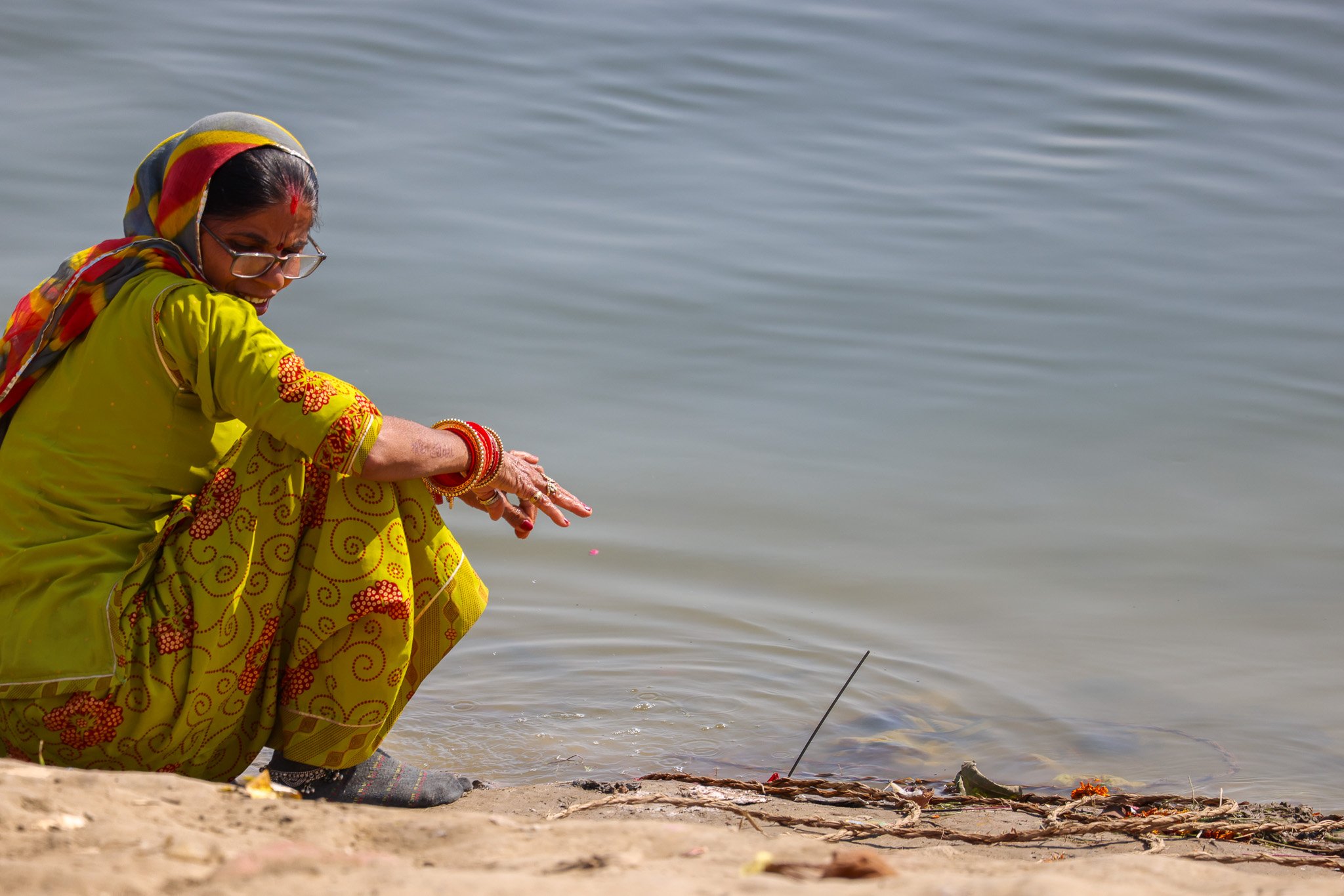
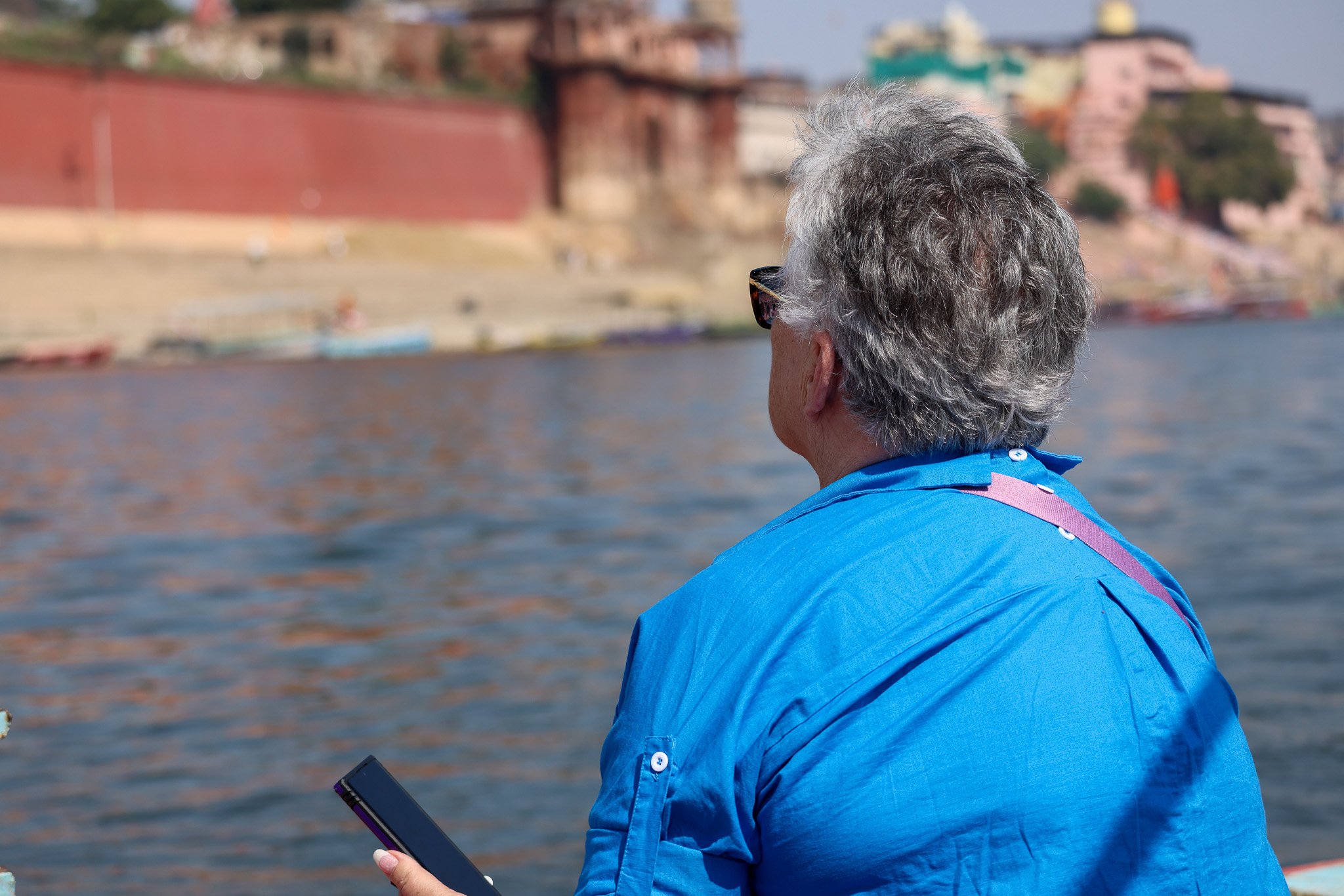
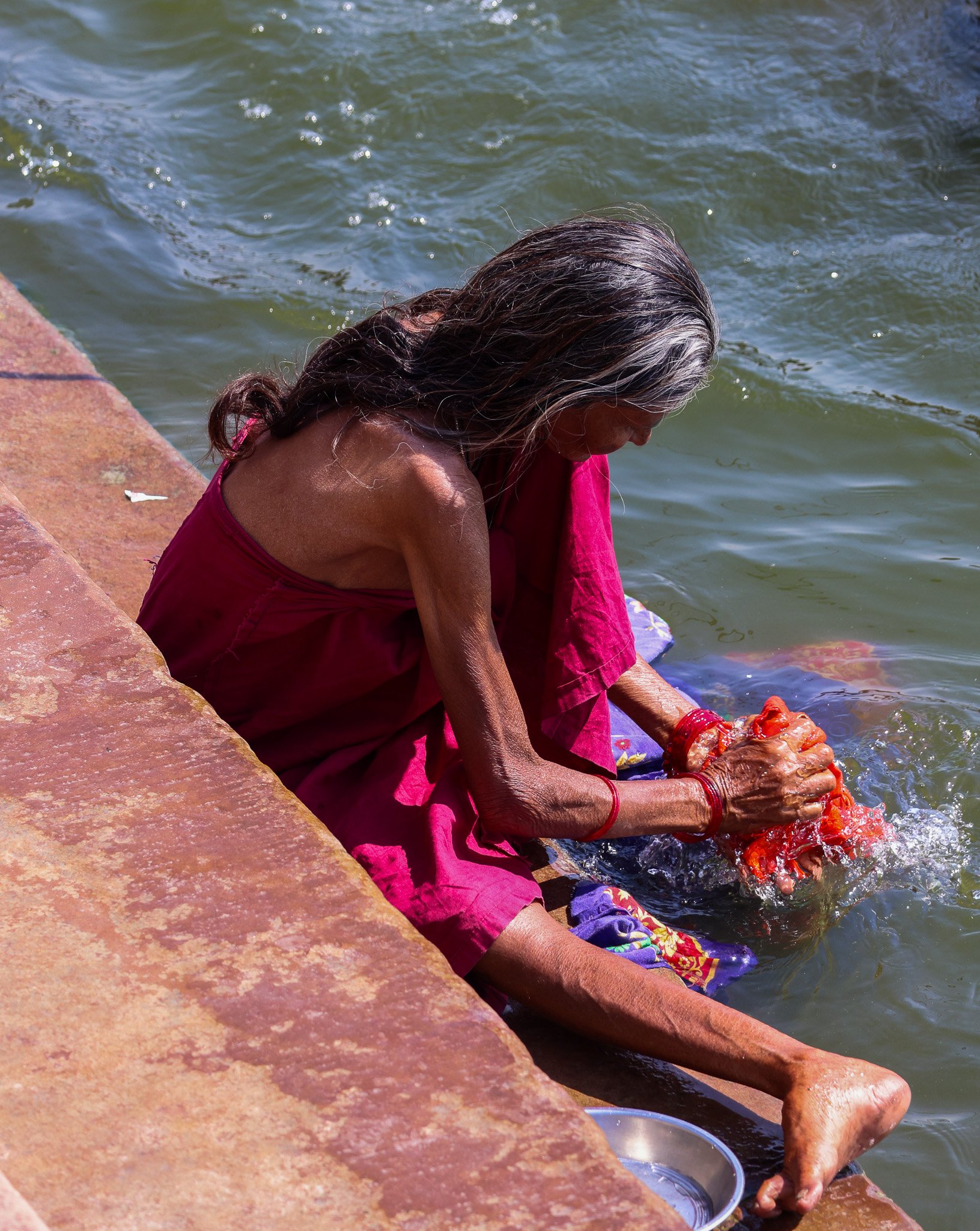
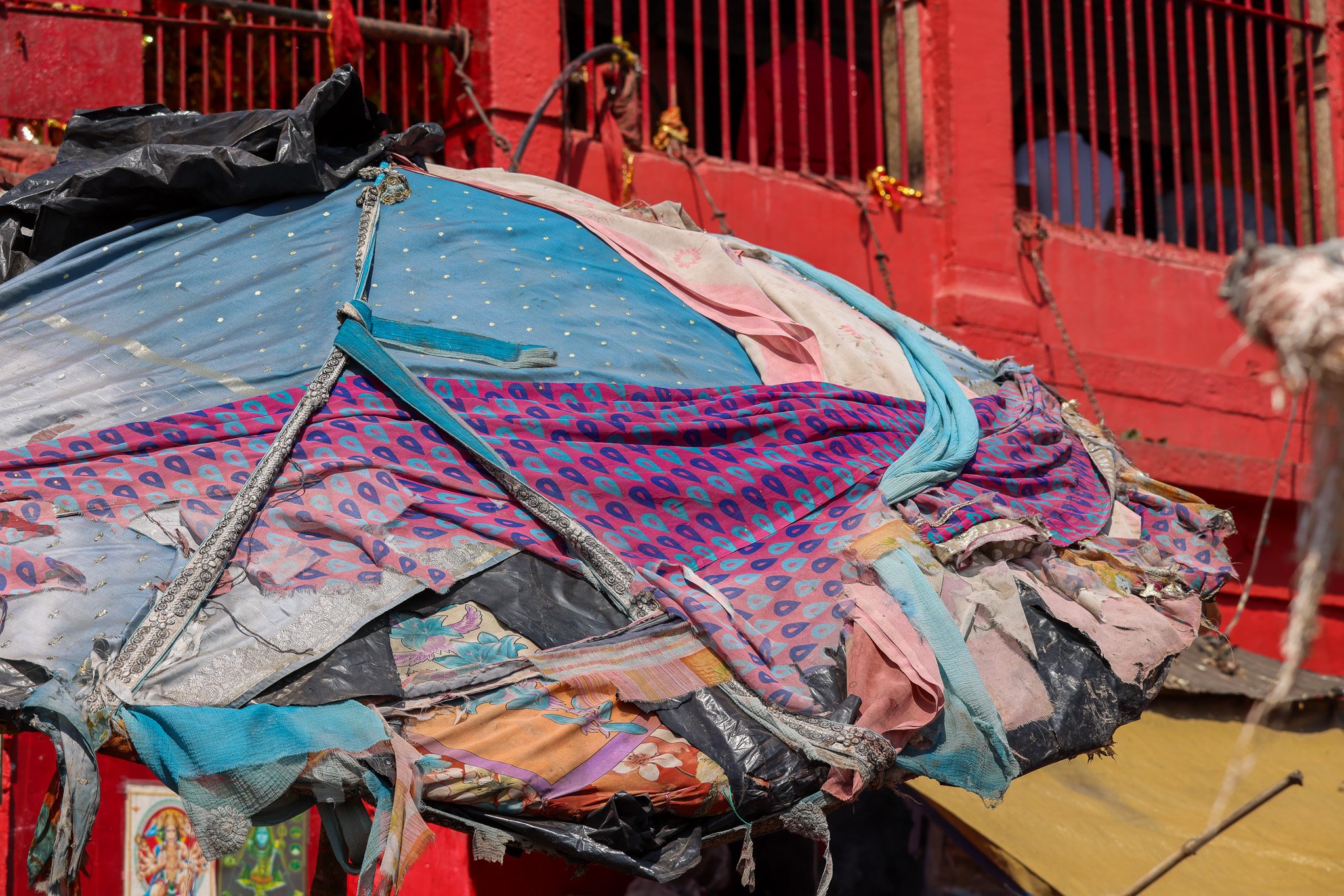
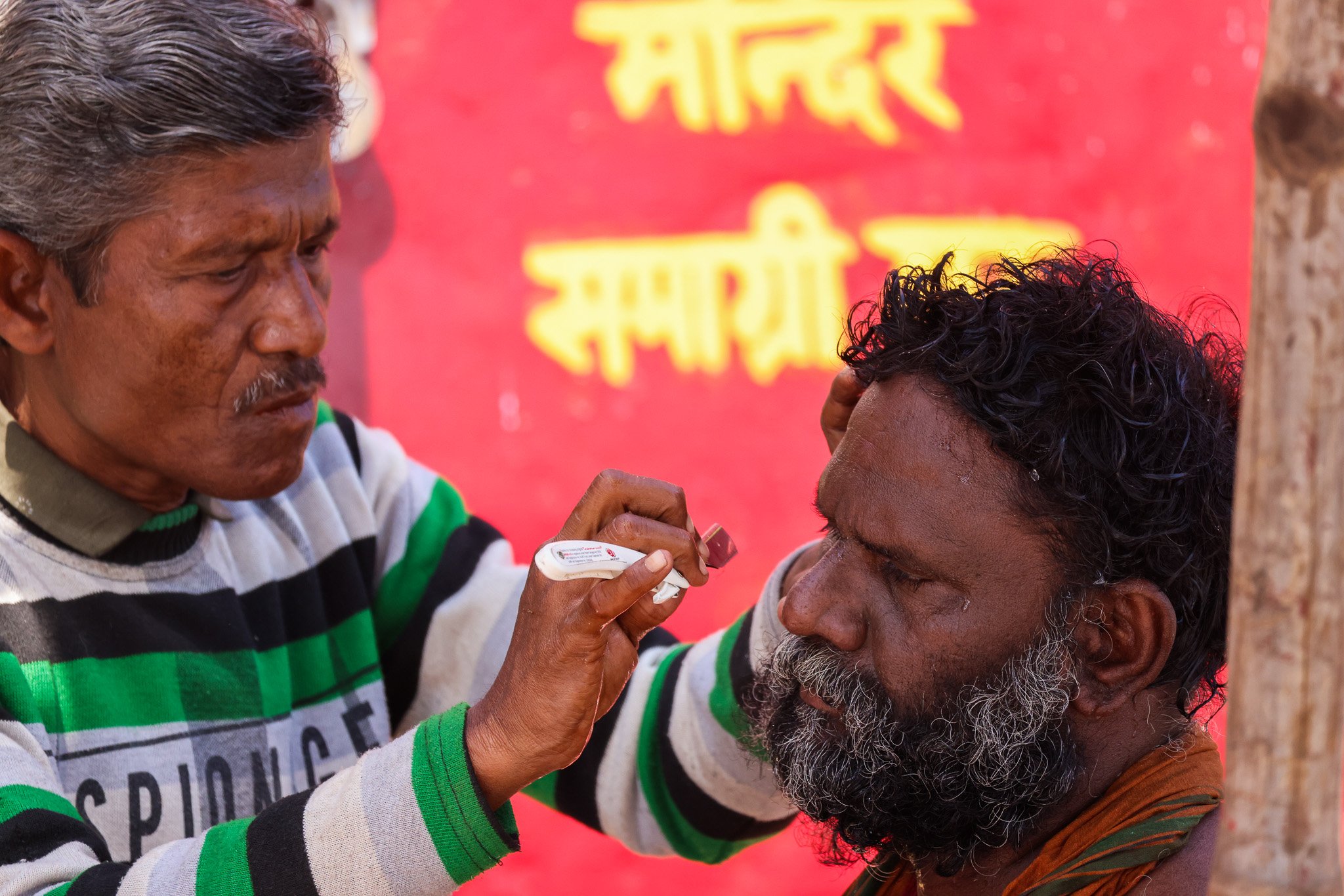
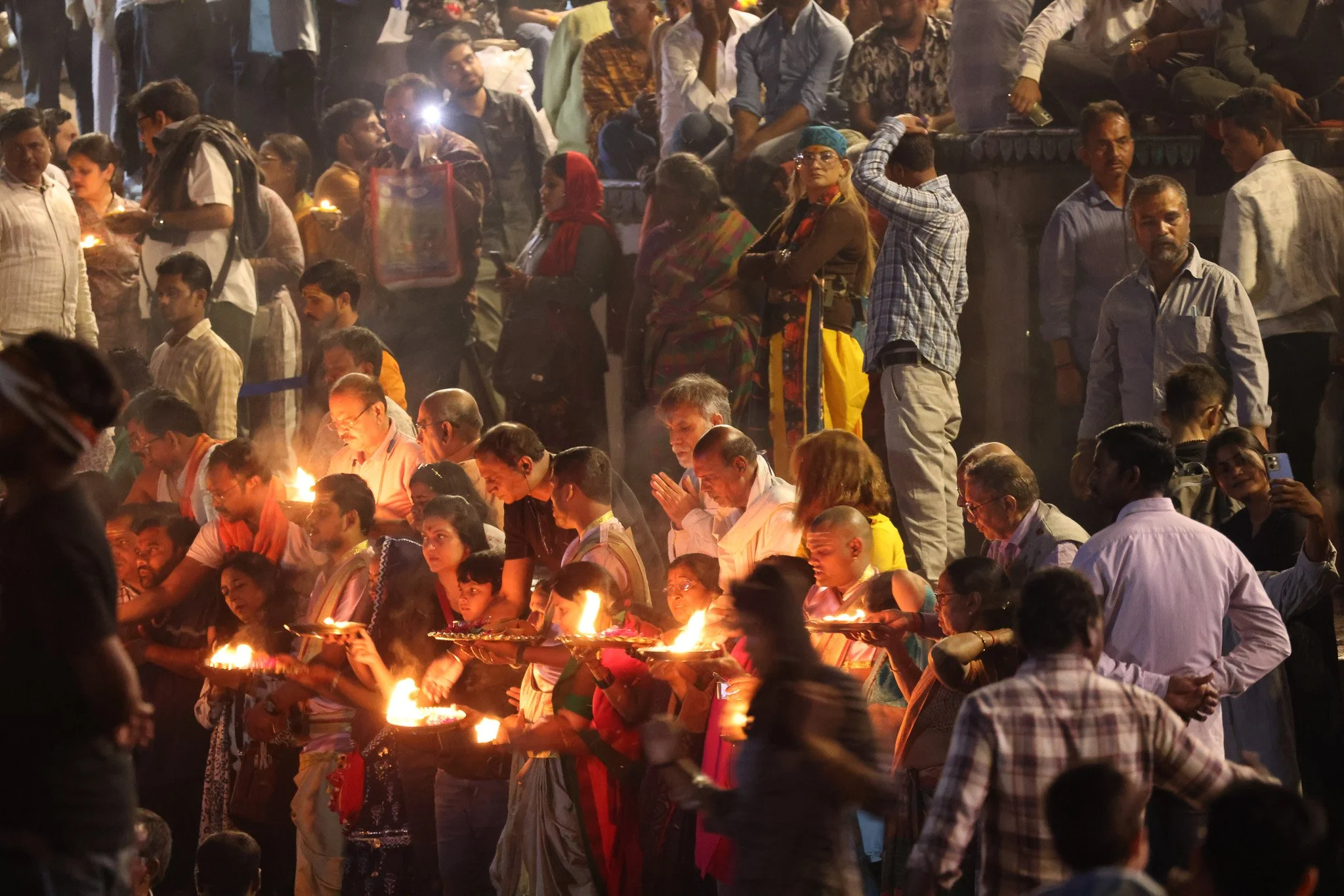

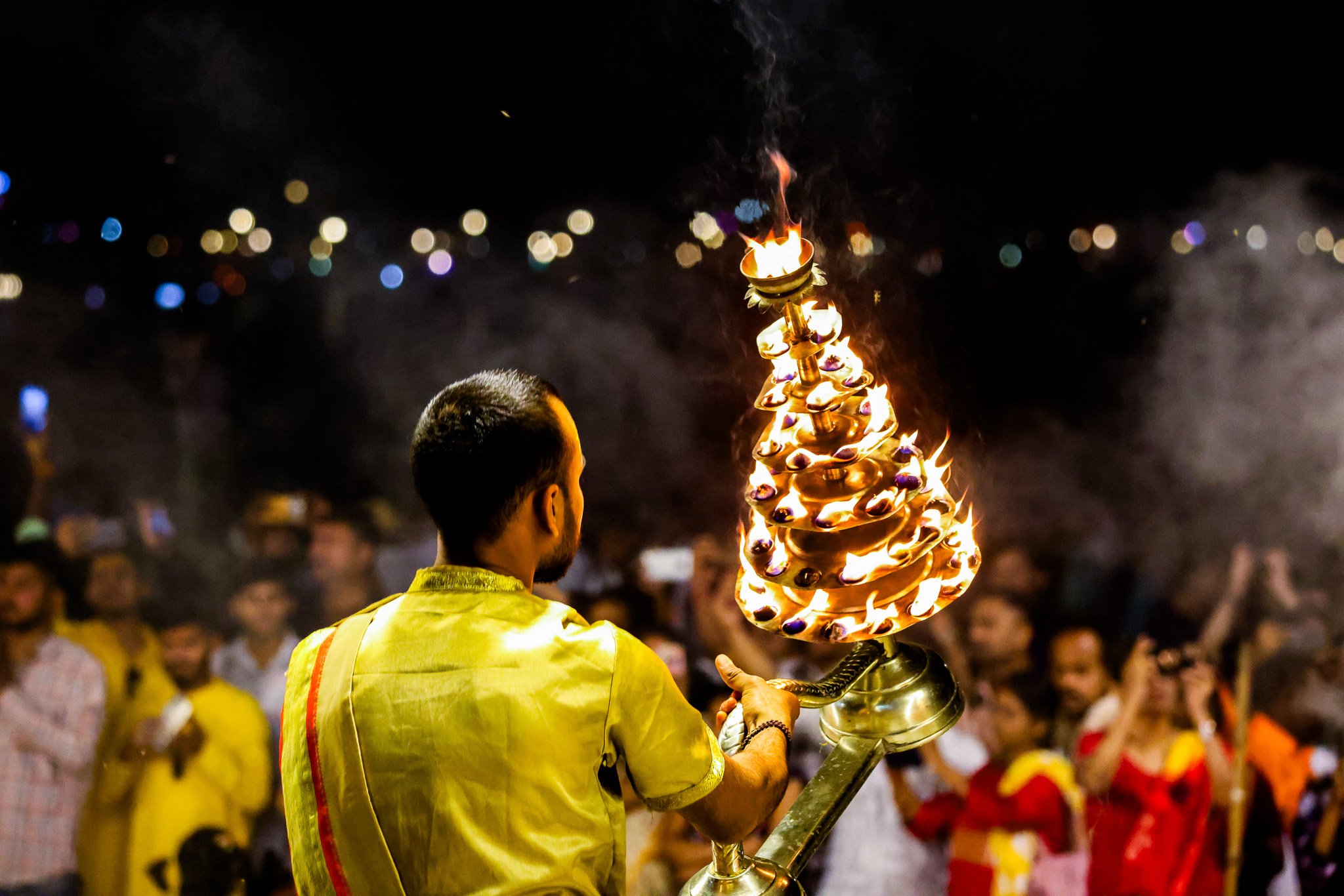
Varanasi. The city of Varanasi, also known as Benares, is located in northern India and is regarded as a sacred place by Hindus, Buddhists, and Jains. Situated in the fertile Ganga valley and on the banks of the Ganges, Varanasi is a significant pilgrimage site for Hindus, who come to bathe in the holy river. The city is also known as the City of Temples and is a center of culture and has produced many renowned writers. Additionally, it is a hub for silk weaving, so be sure to practice your haggling skills at the bustling bazaar for some beautiful souvenirs. Rickshaws are the best way to get around the city.

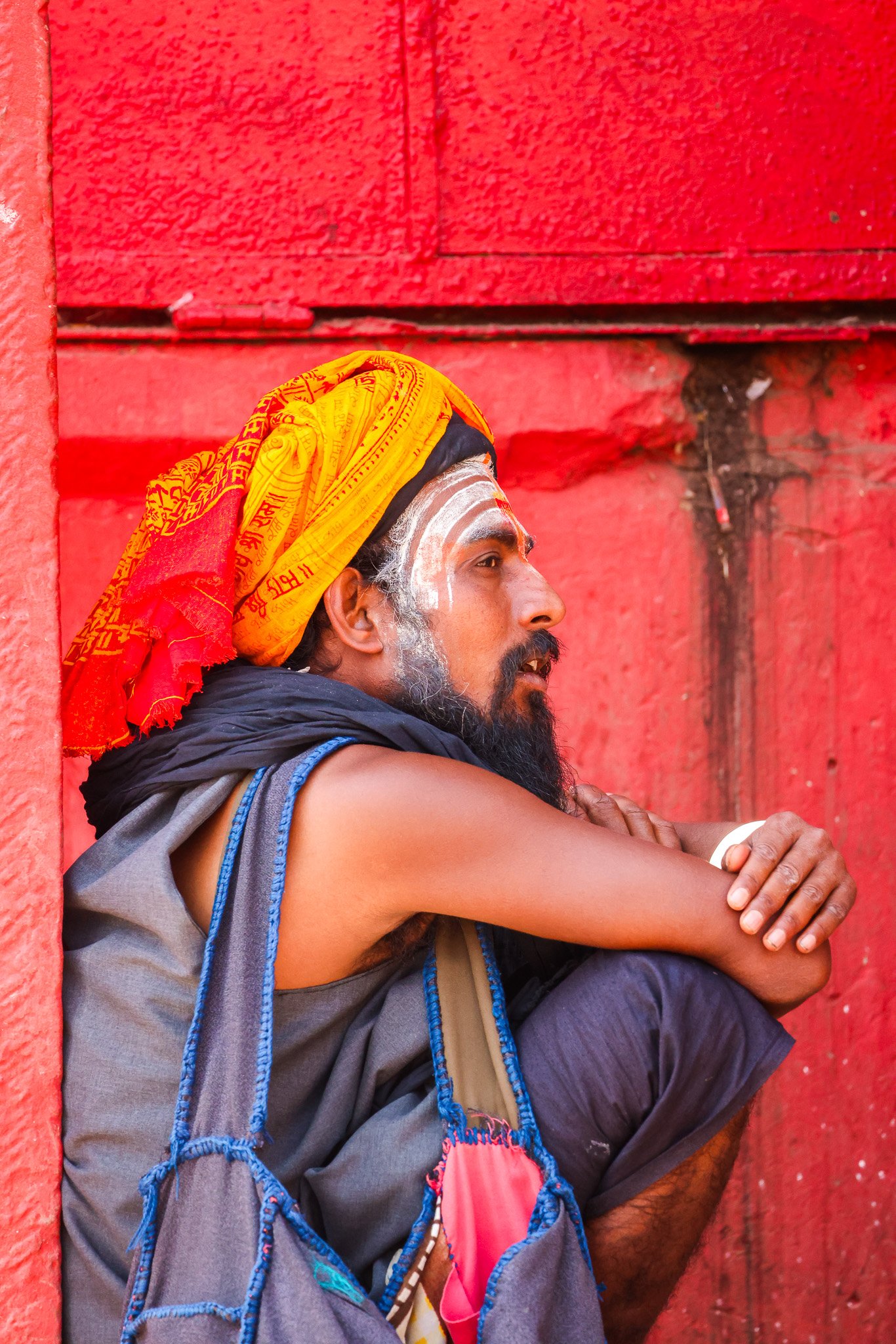
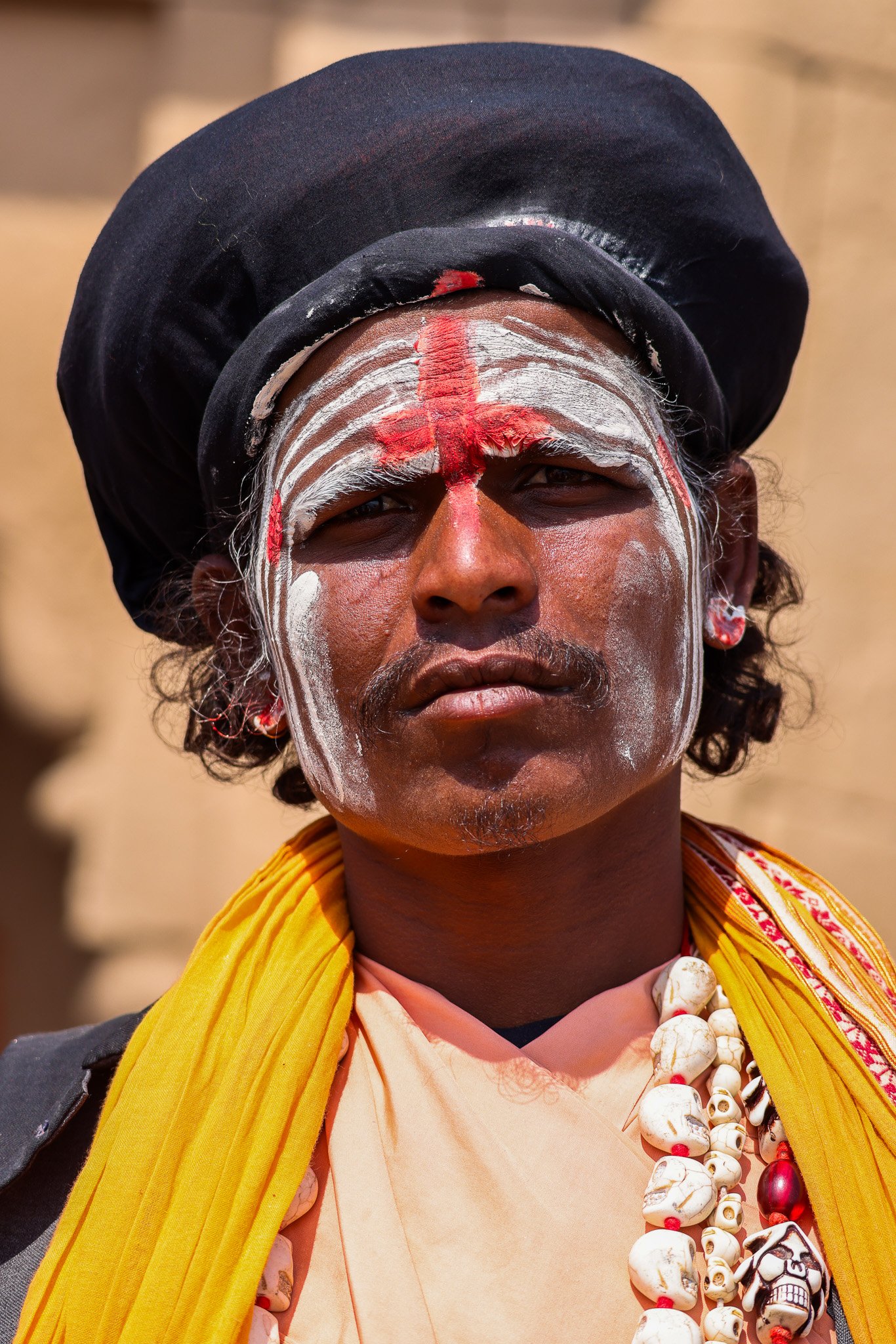

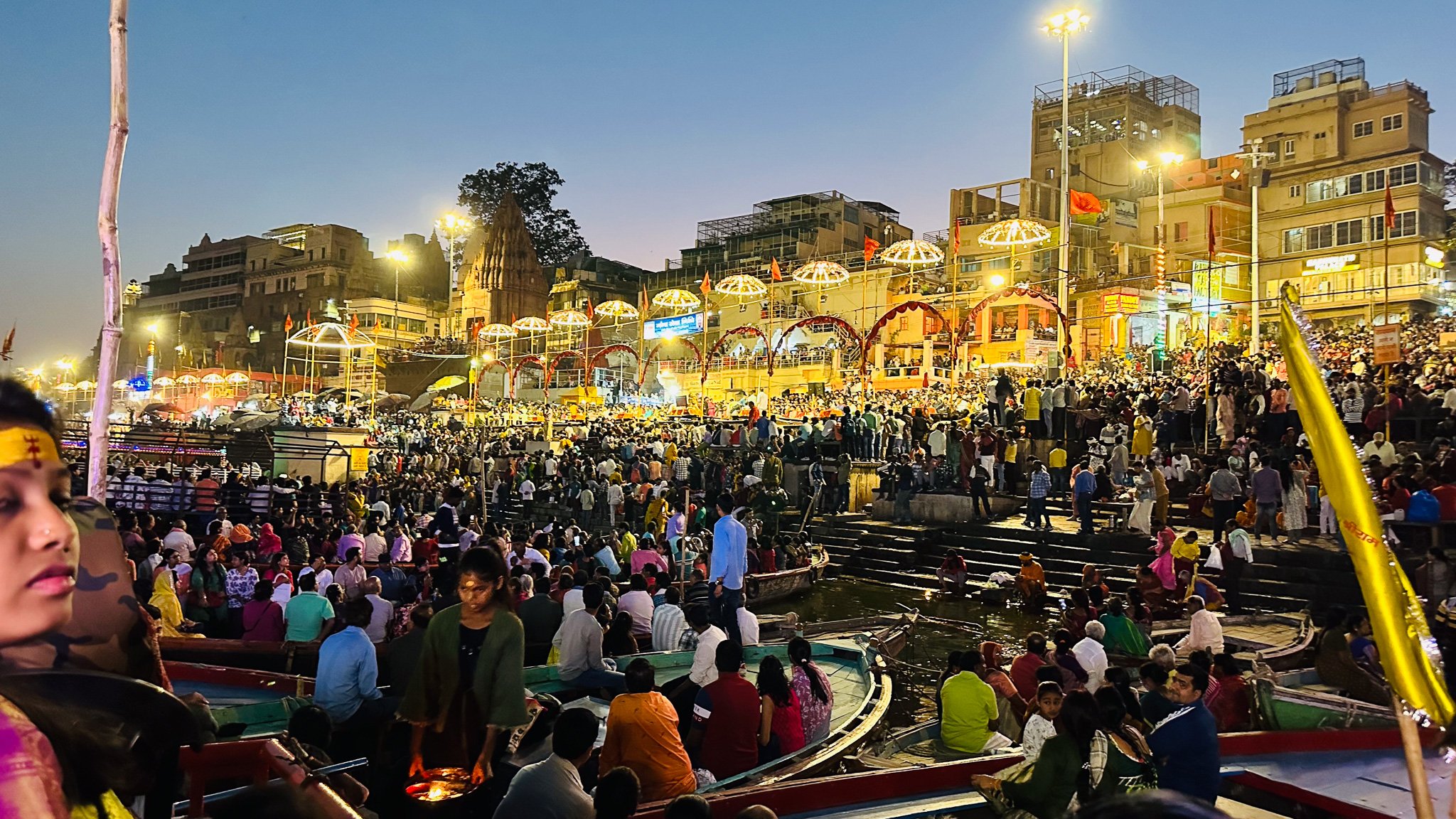
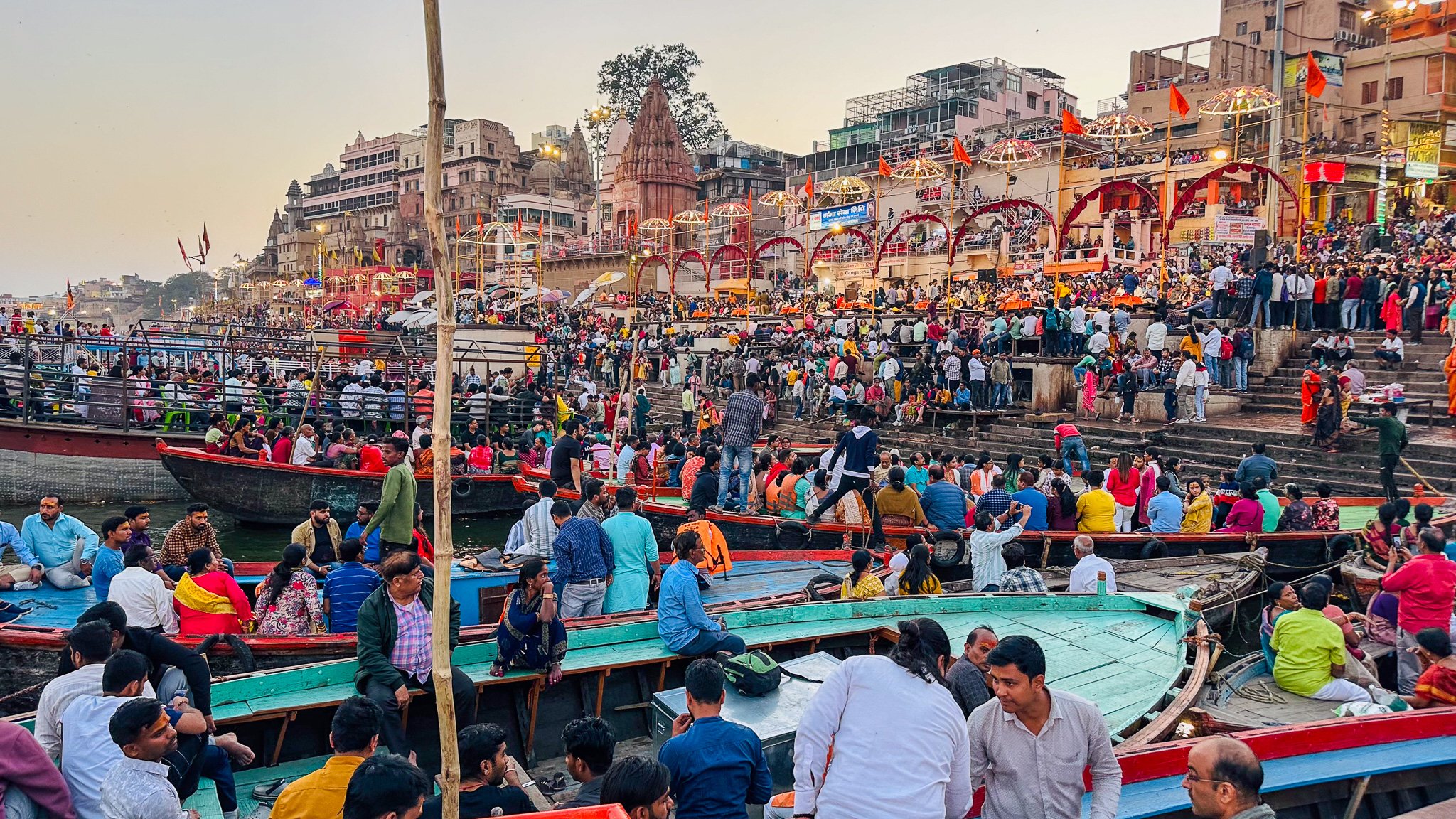
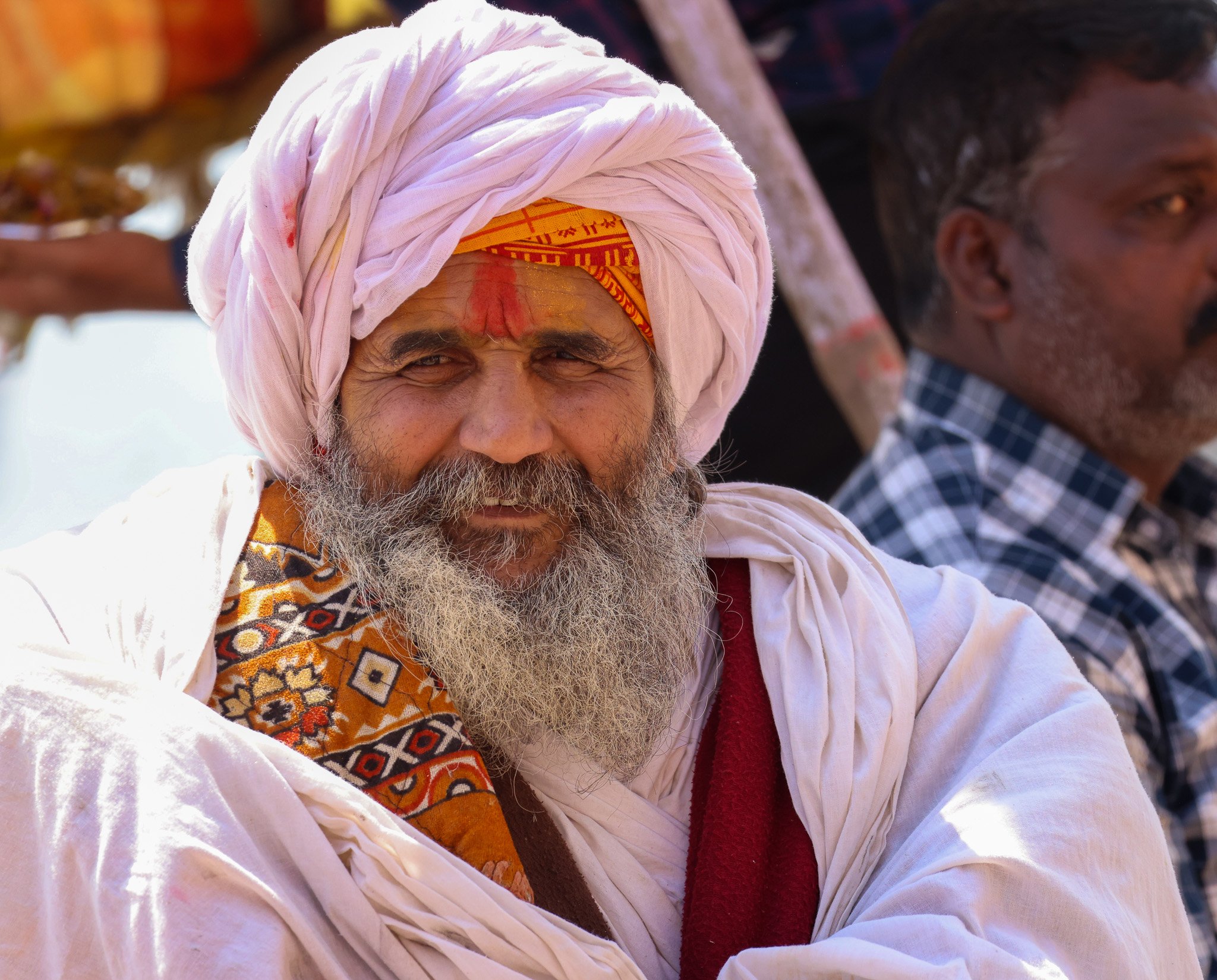
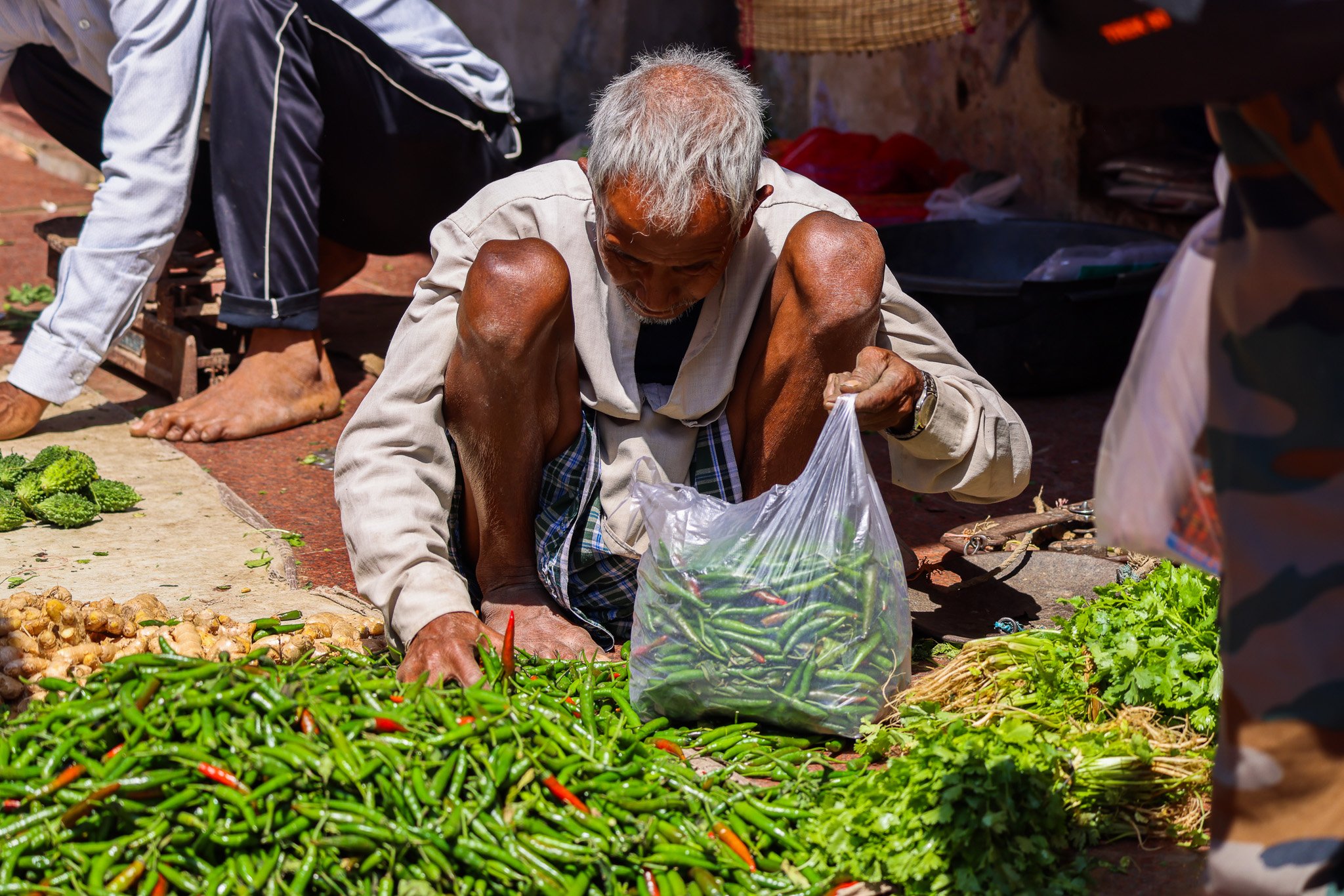
We visited craft villages and learned about different styles of weaving.
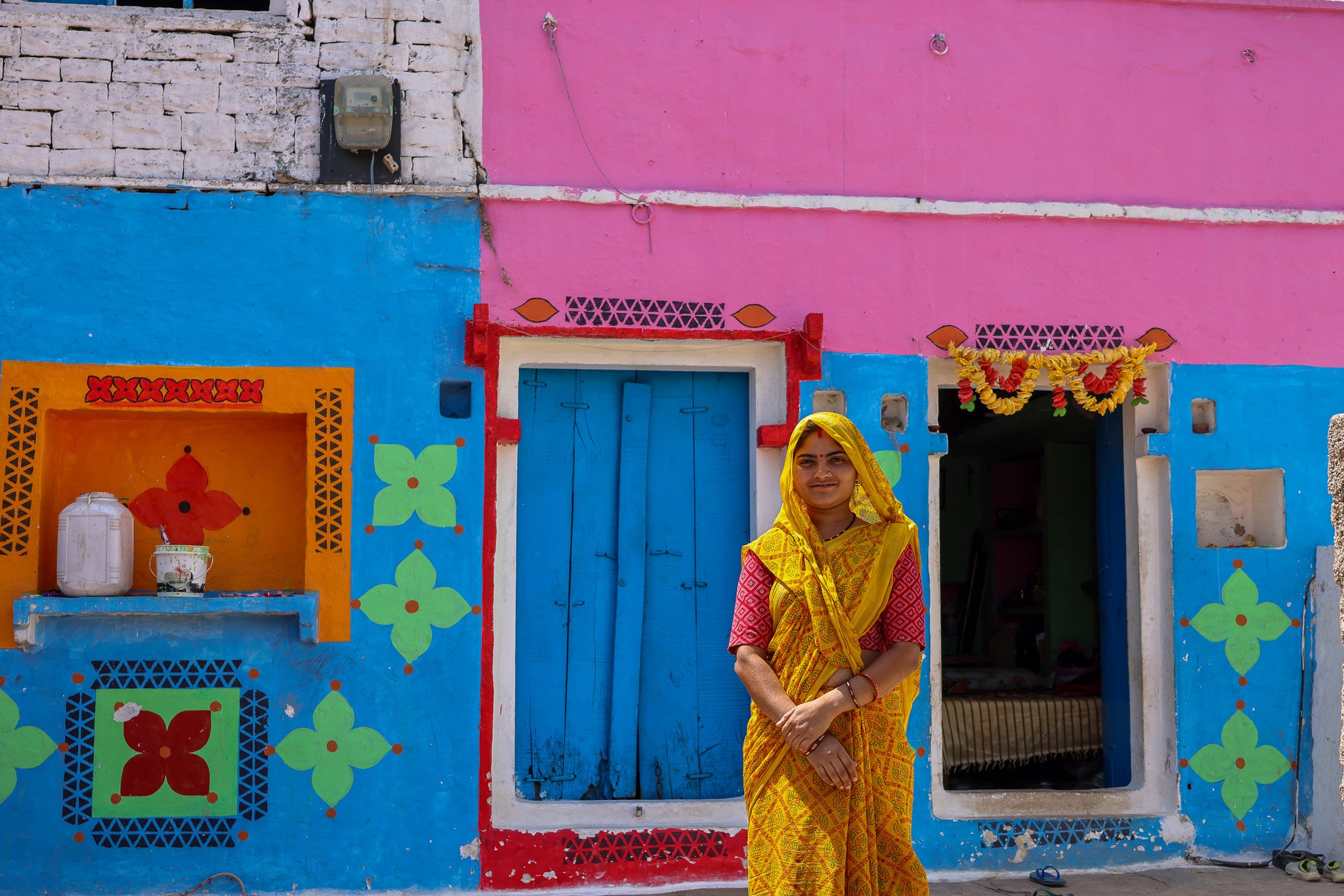
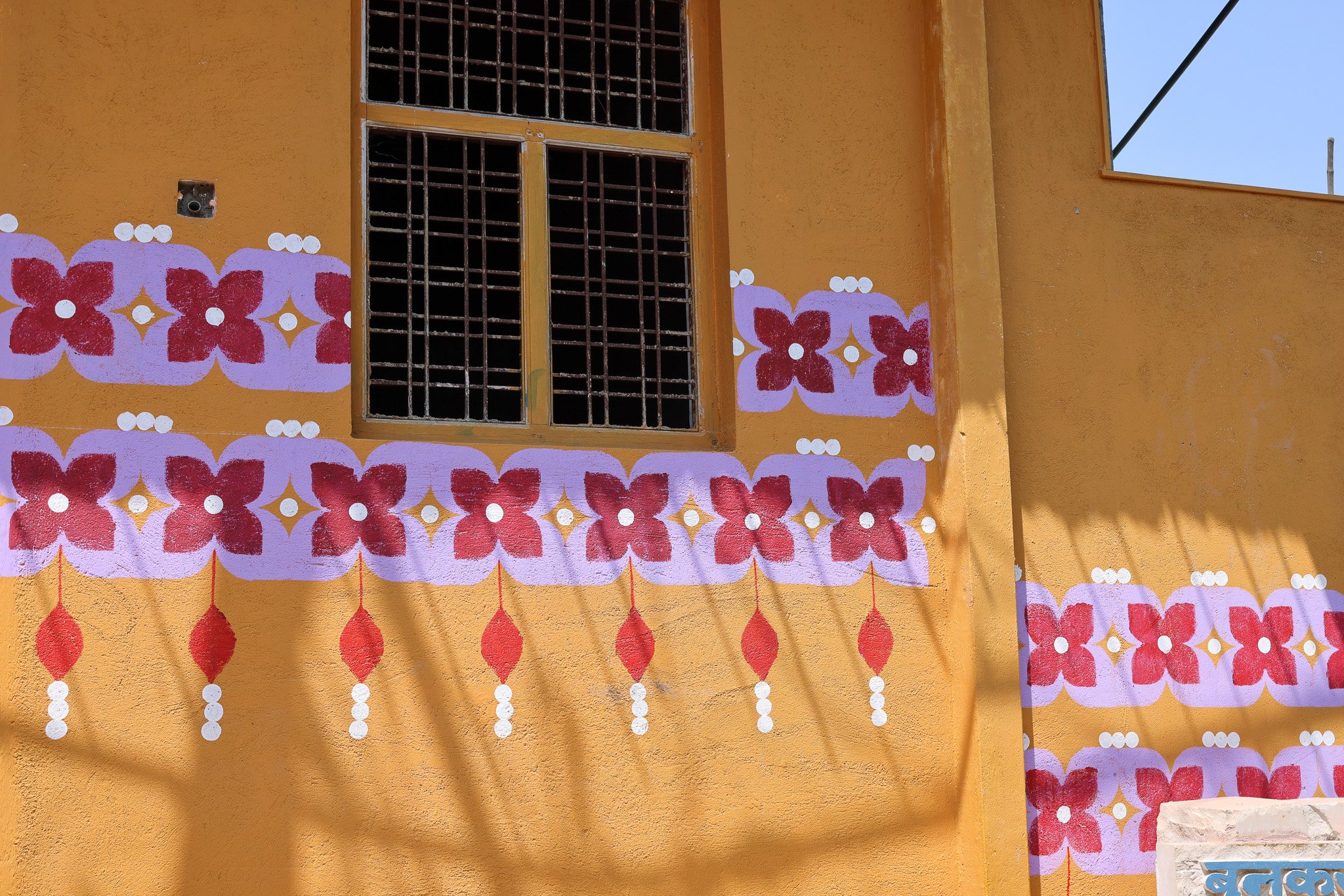
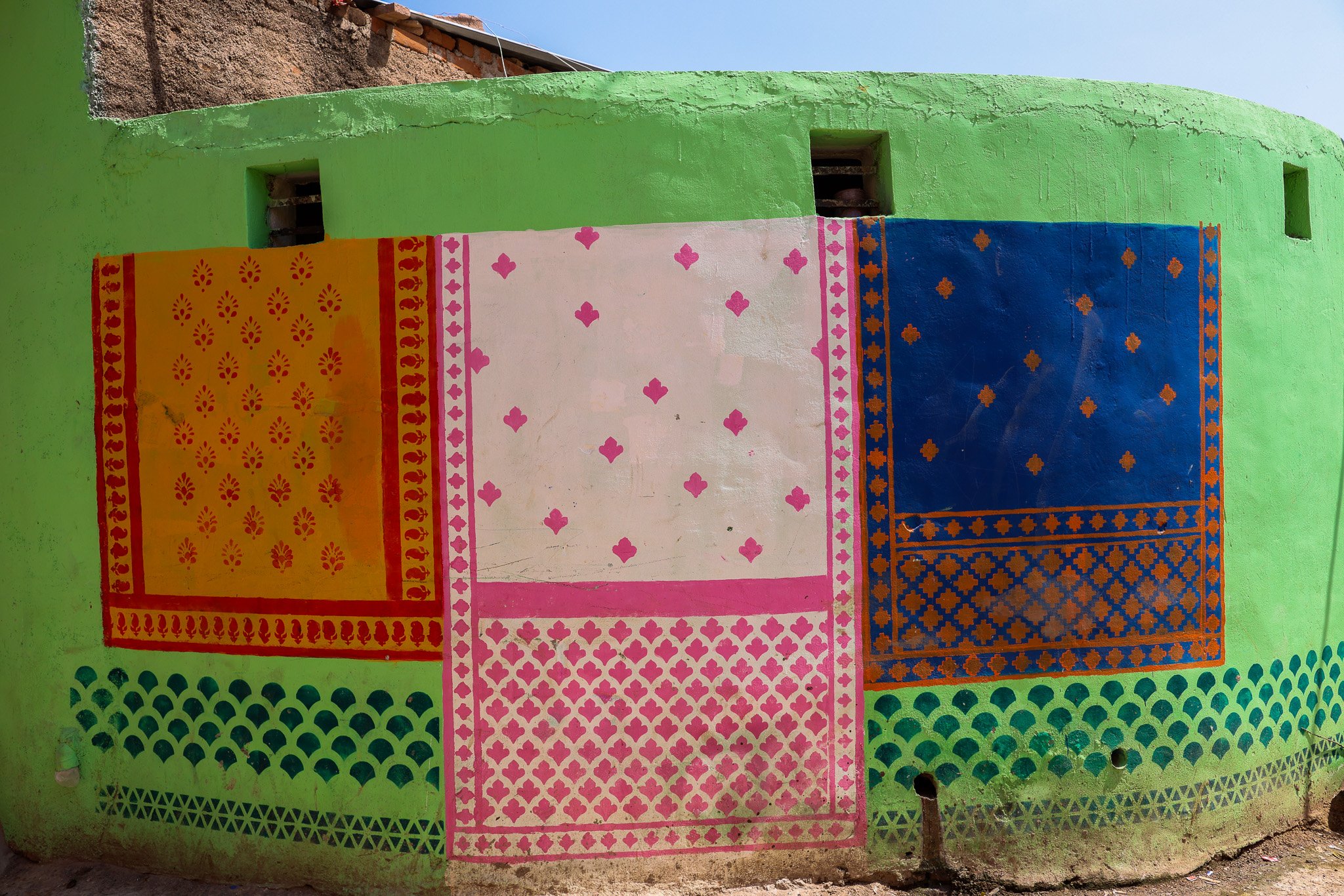
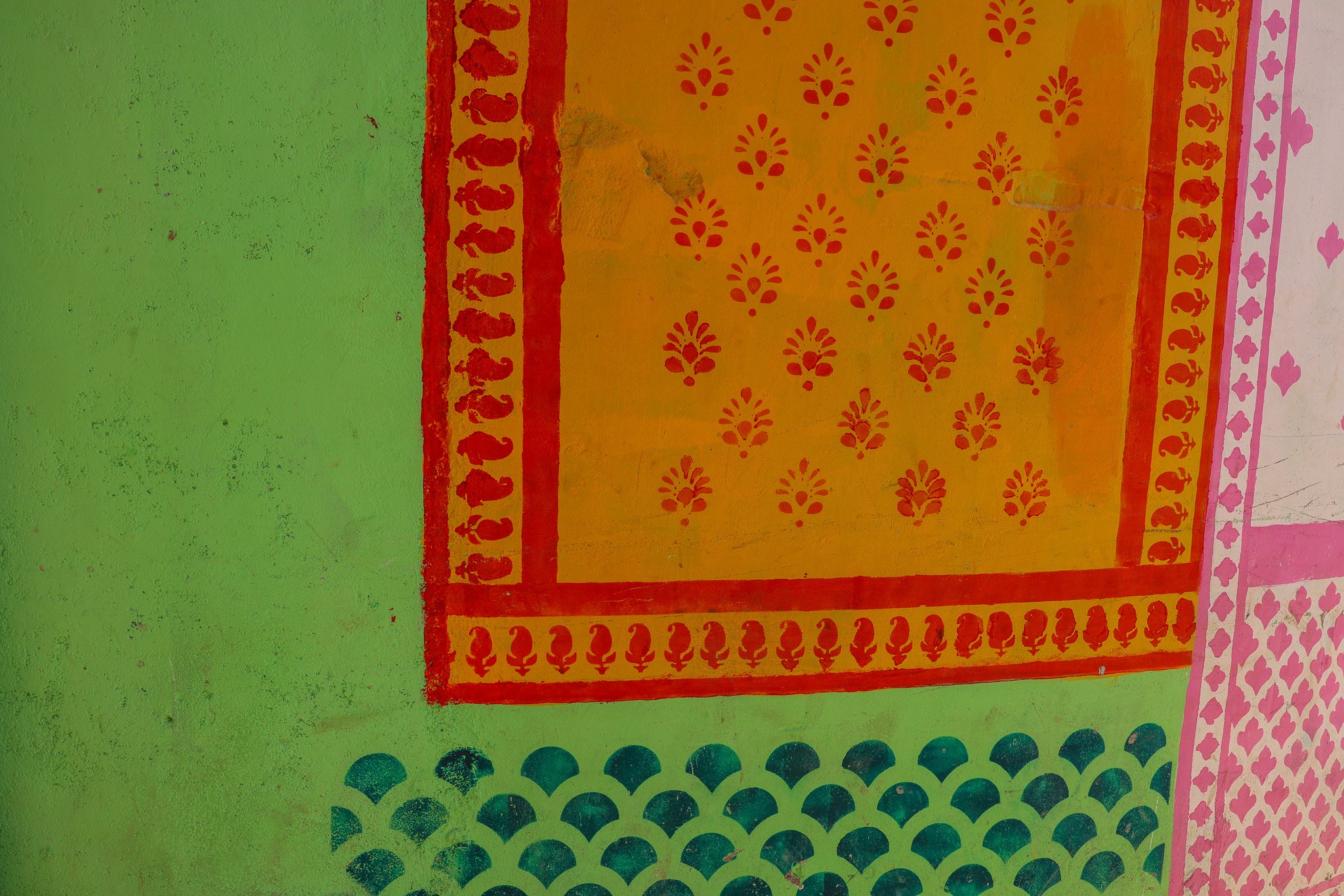
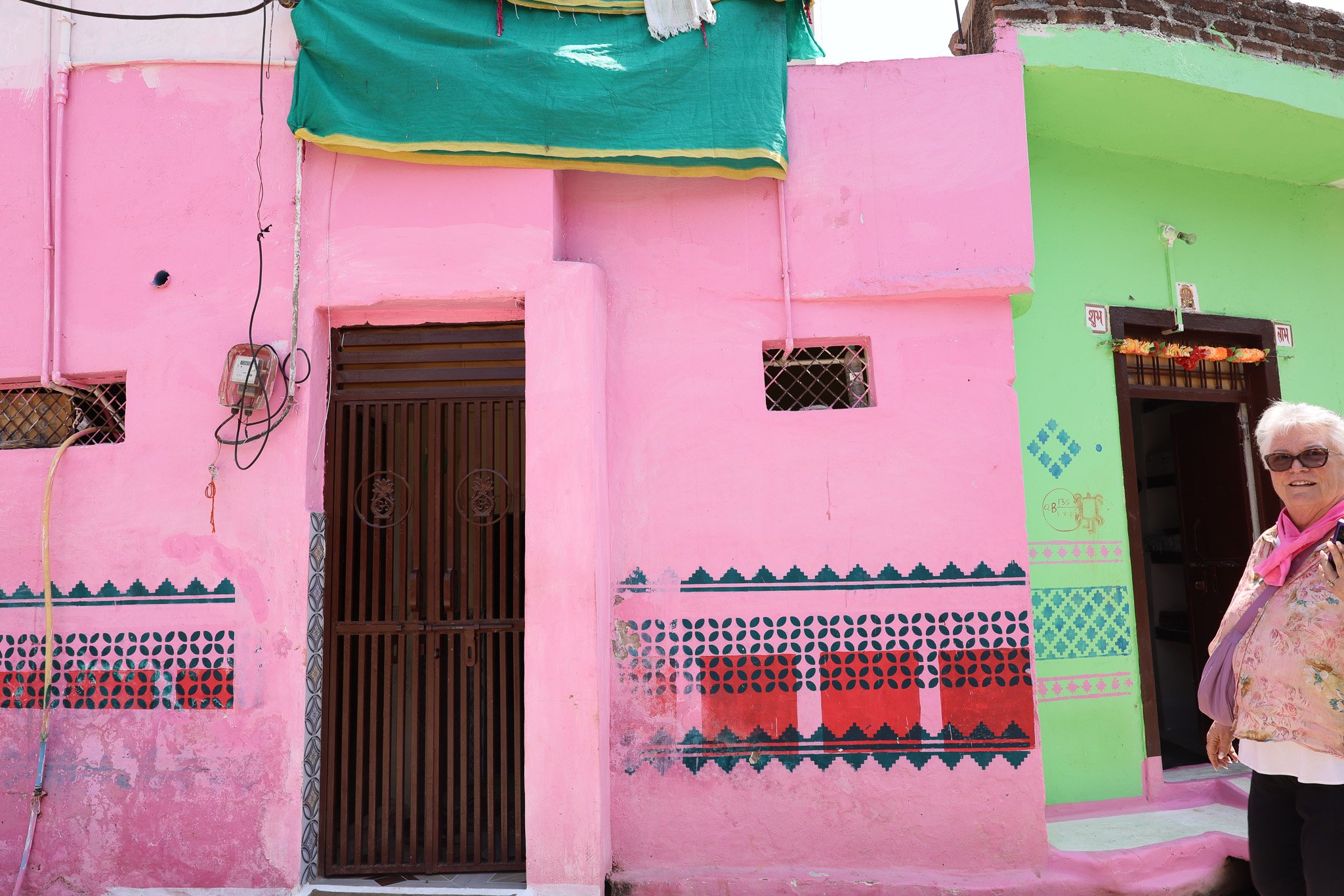
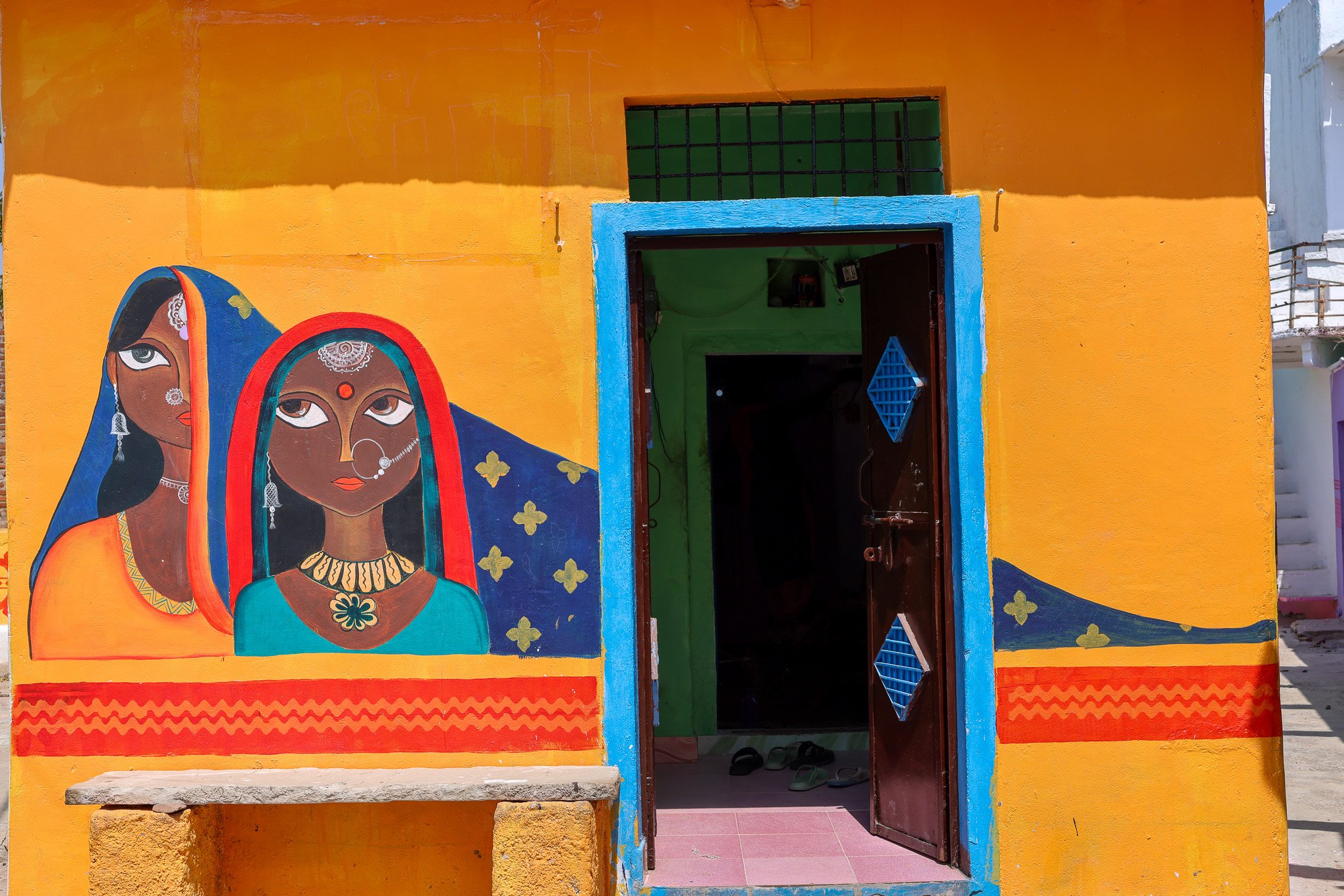
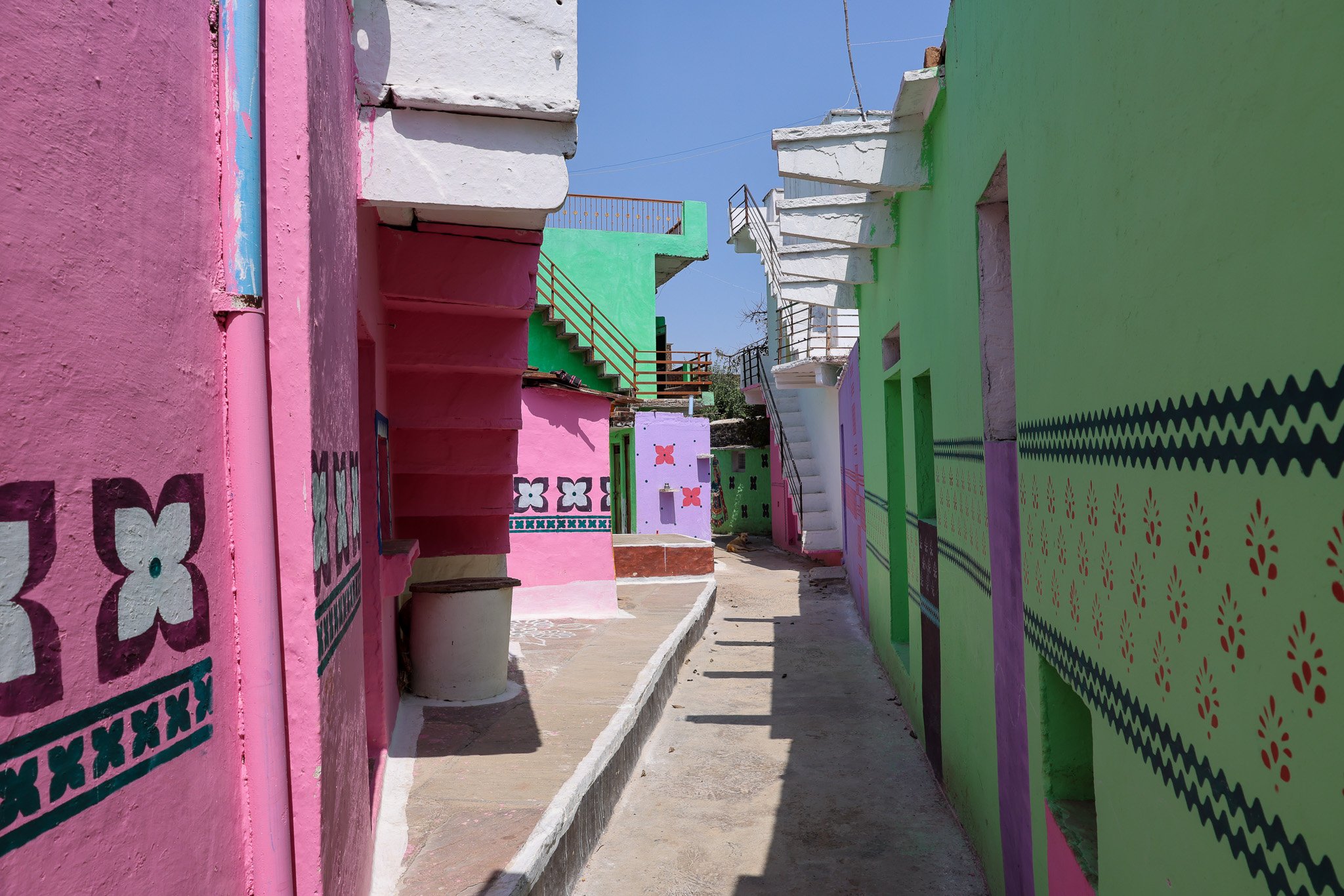
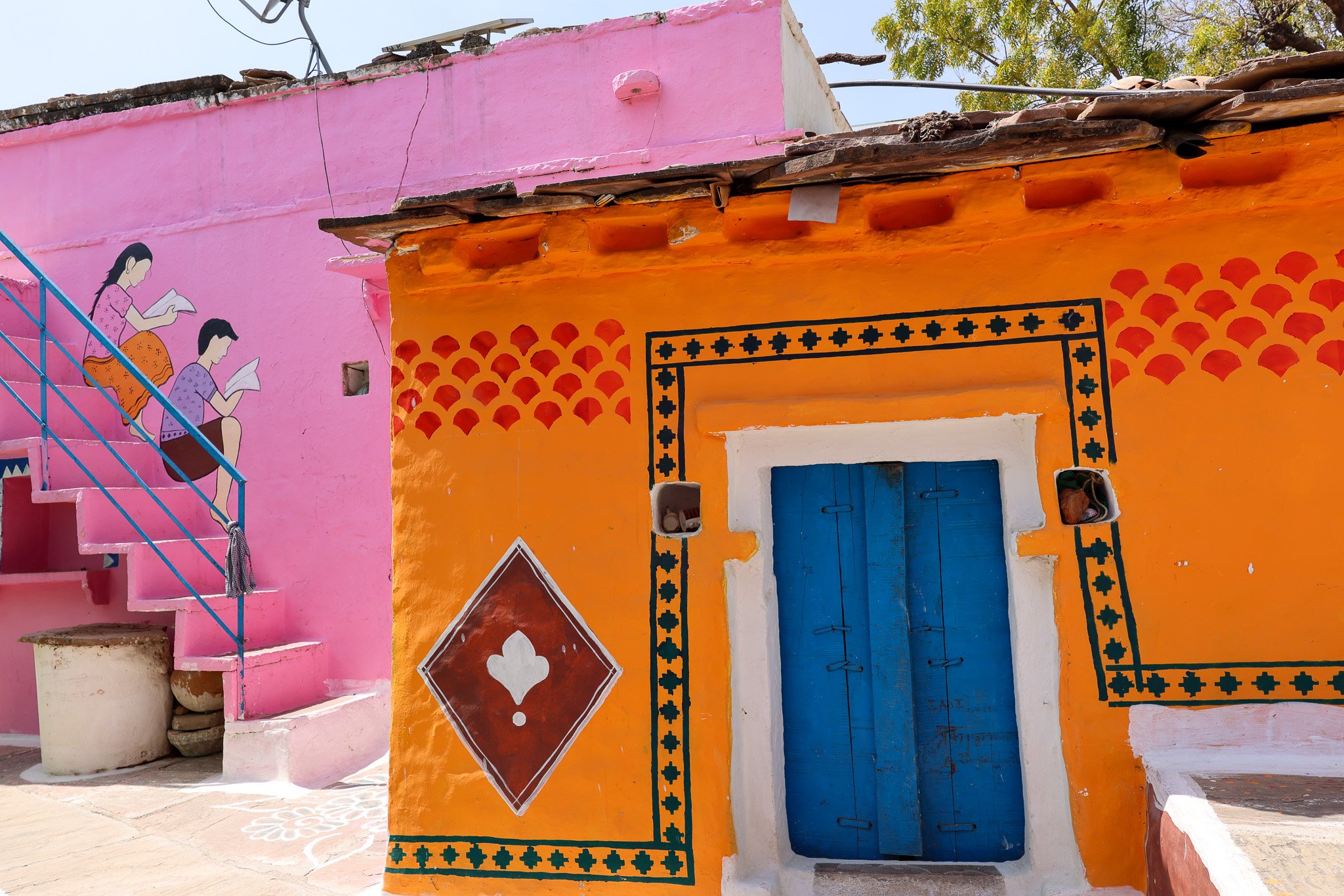
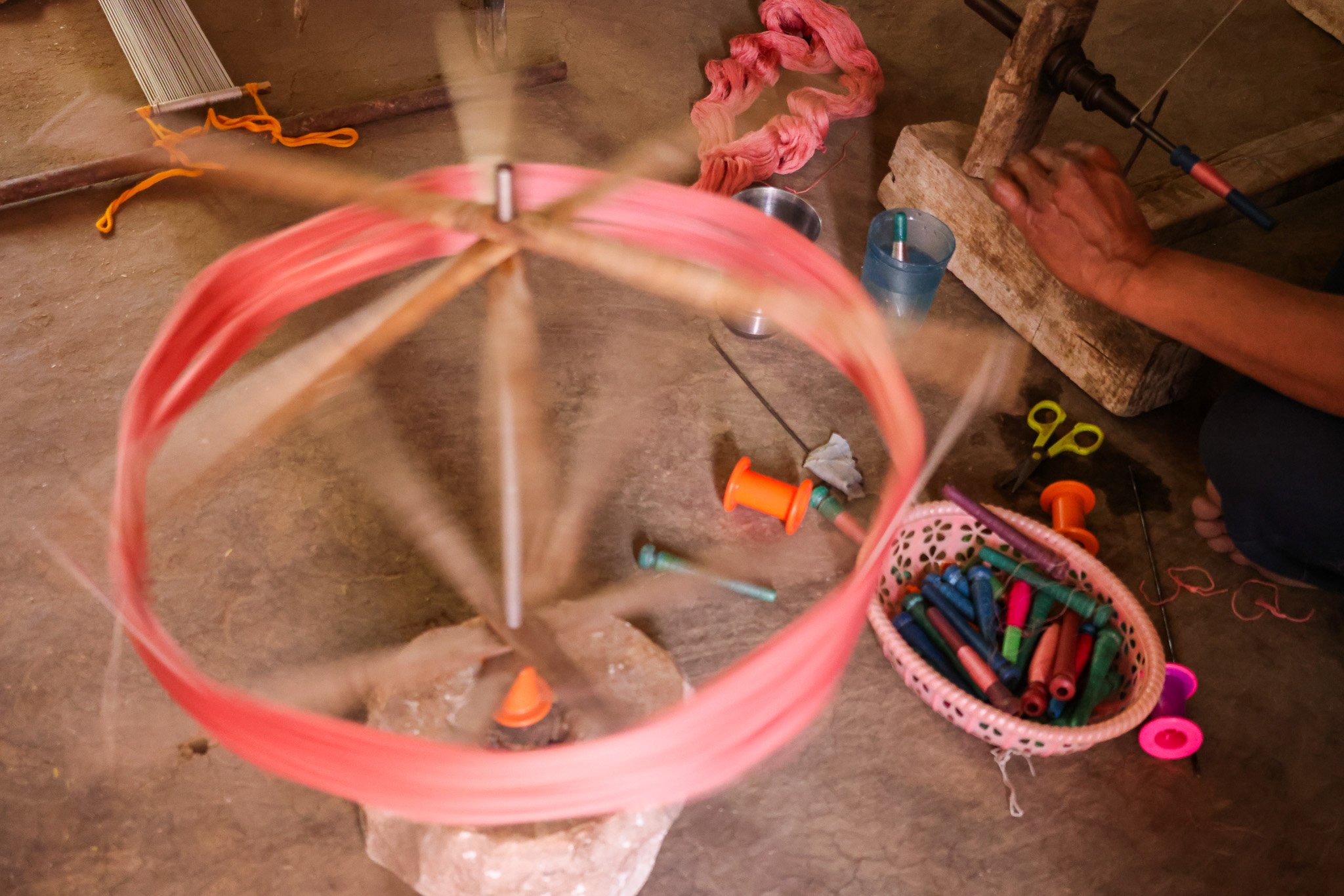
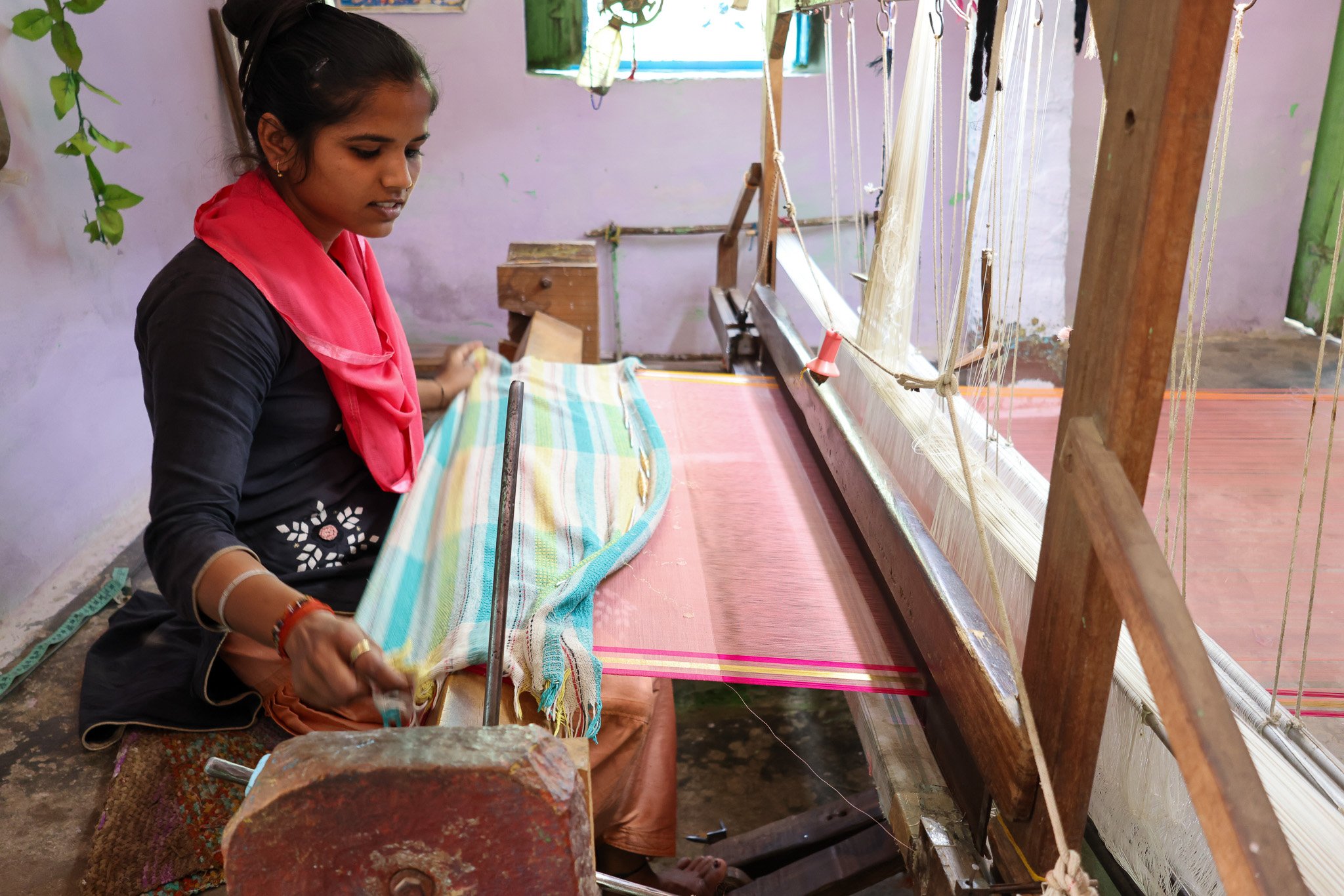
We stayed in old Palaces and Havelis. The Havelis or private mansions of a bygone era were architectural marvels that showcased intricate designs and a unique sense of grandeur. These Havelis, were designed to be open inwards and closed from outside, with elaborately carved archways and latticework jharokhas that added to their charm. The quintessential chowk in the middle of the havelis served as a hub for family gatherings and was often decorated with ornate details, such as lotus-shaped fountains.
These havelis were not just private residences for typical Indian joint families but also served as magnificent hosting grounds for weddings and other celebrations. They could be transformed into a grand venue for a baraat practically overnight, thanks to their unending corridors and spacious interiors. The square-shaped layout of the rooms, with raised parapets and a viewing gallery, allowed for an excellent view of the entire haveli.
In addition to their ornate features, havelis also included a "chhat" or terrace, providing a perfect spot for relaxing or admiring the view. The "tehkhana" was another unique feature that provided relief from the scorching summer heat. Overall, these havelis were a true testament to the rich cultural heritage of India and continue to inspire awe and admiration even today.
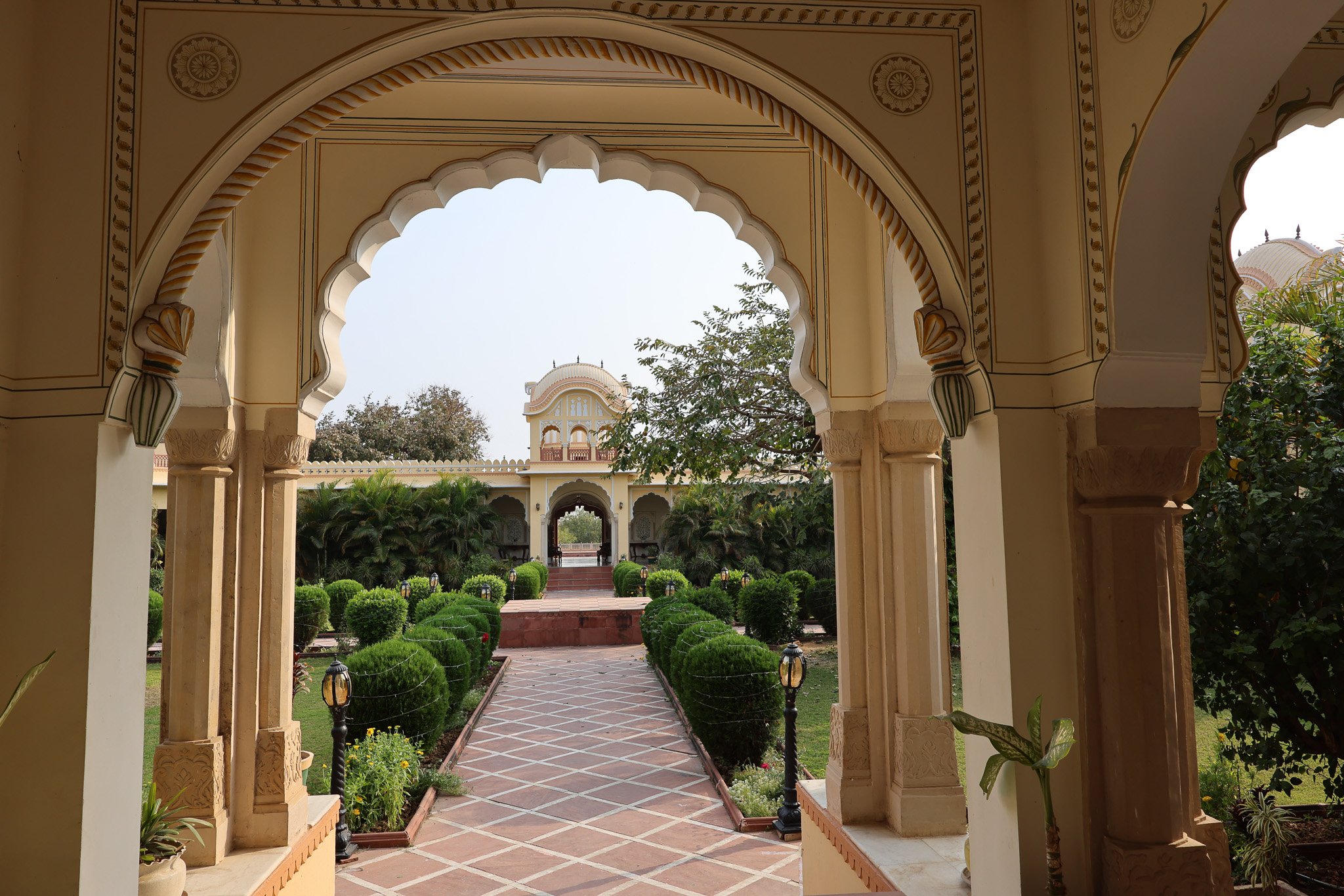
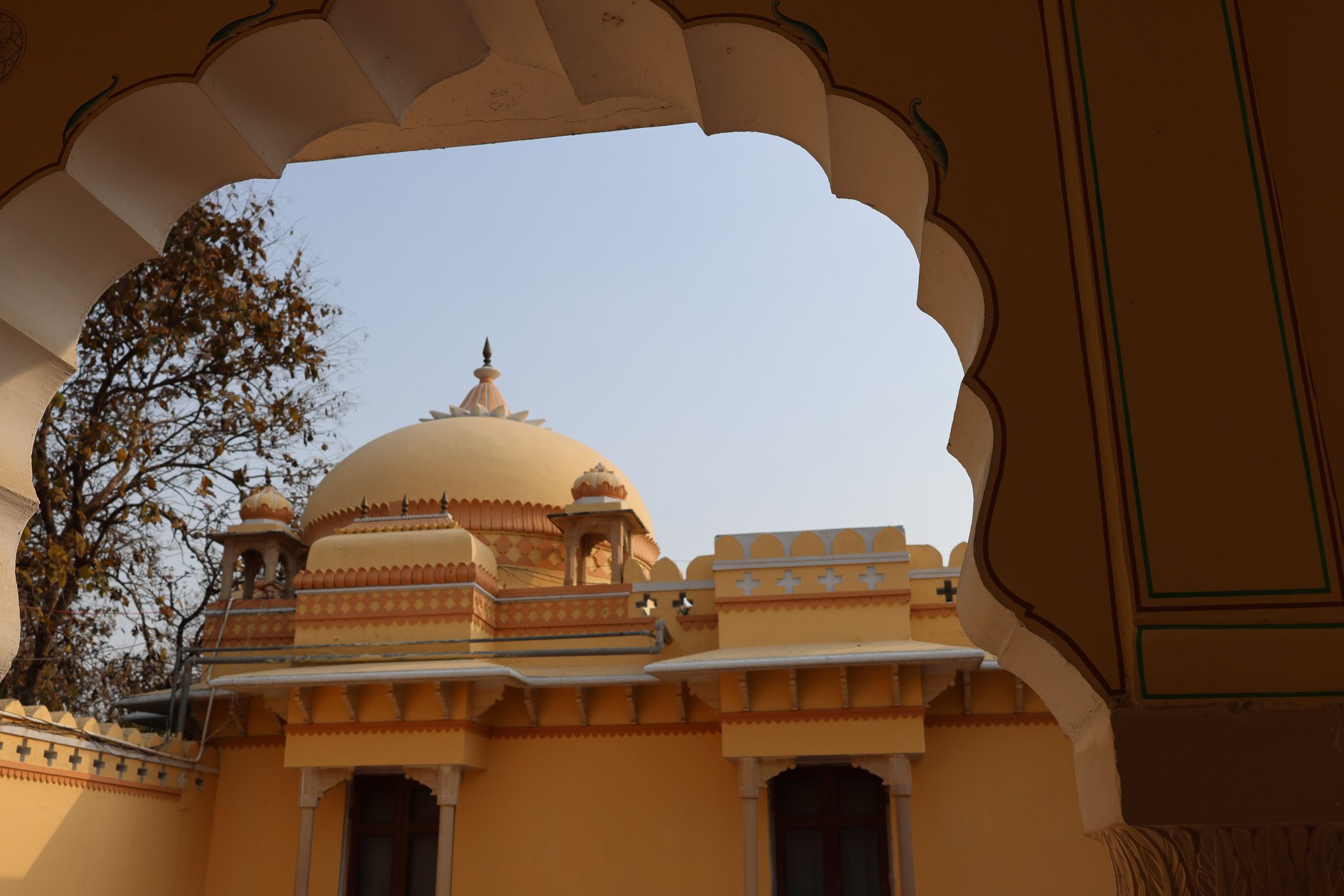
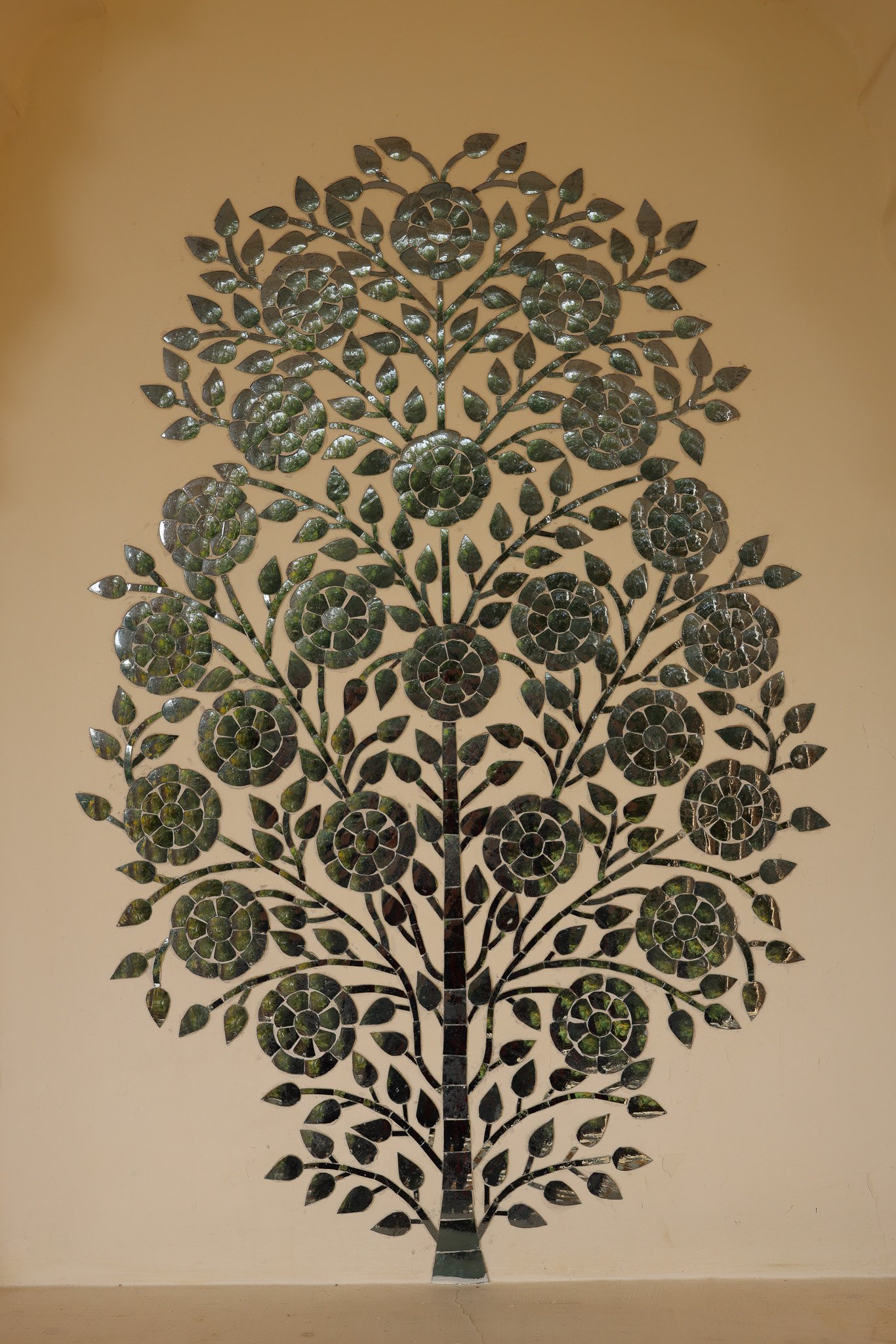
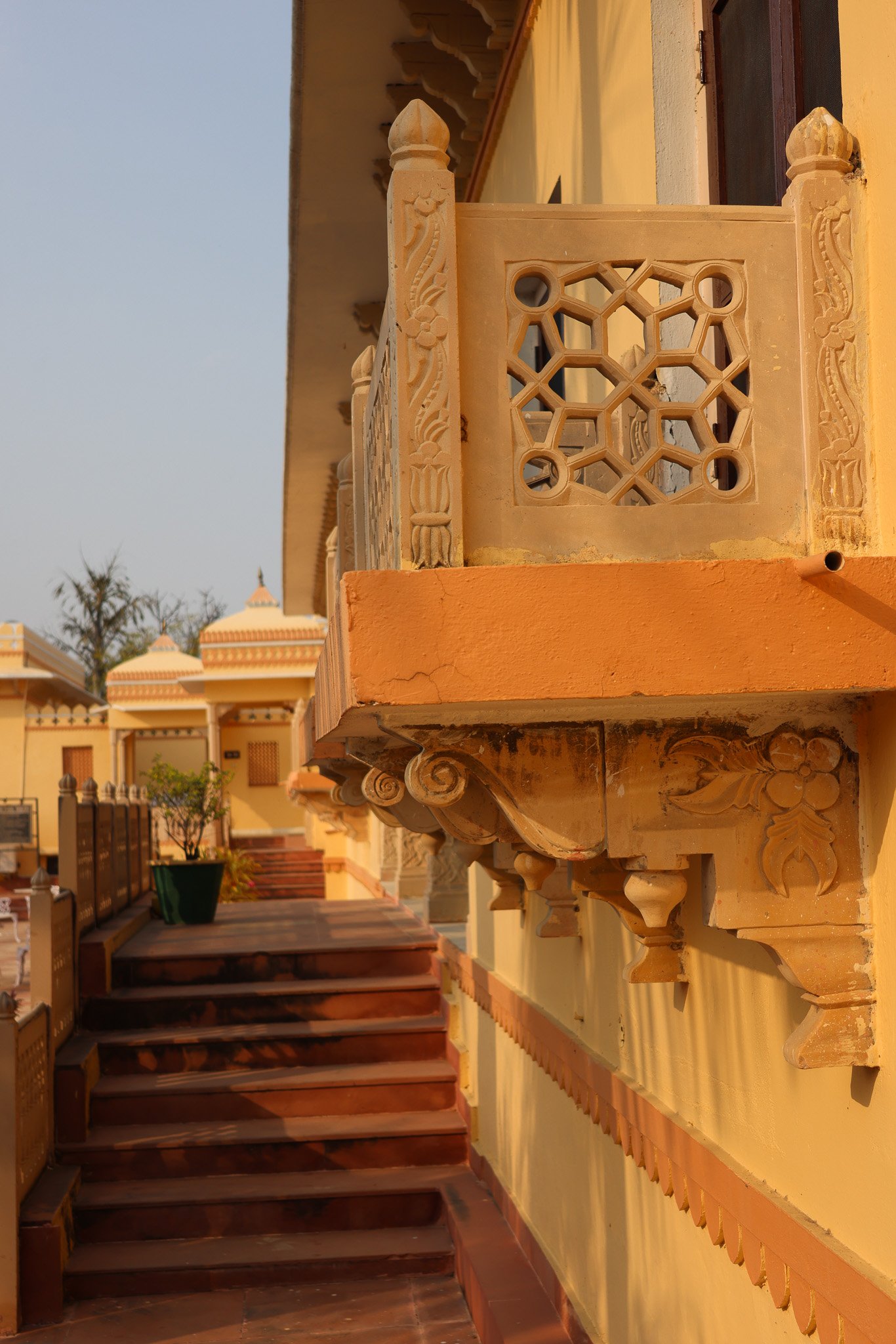
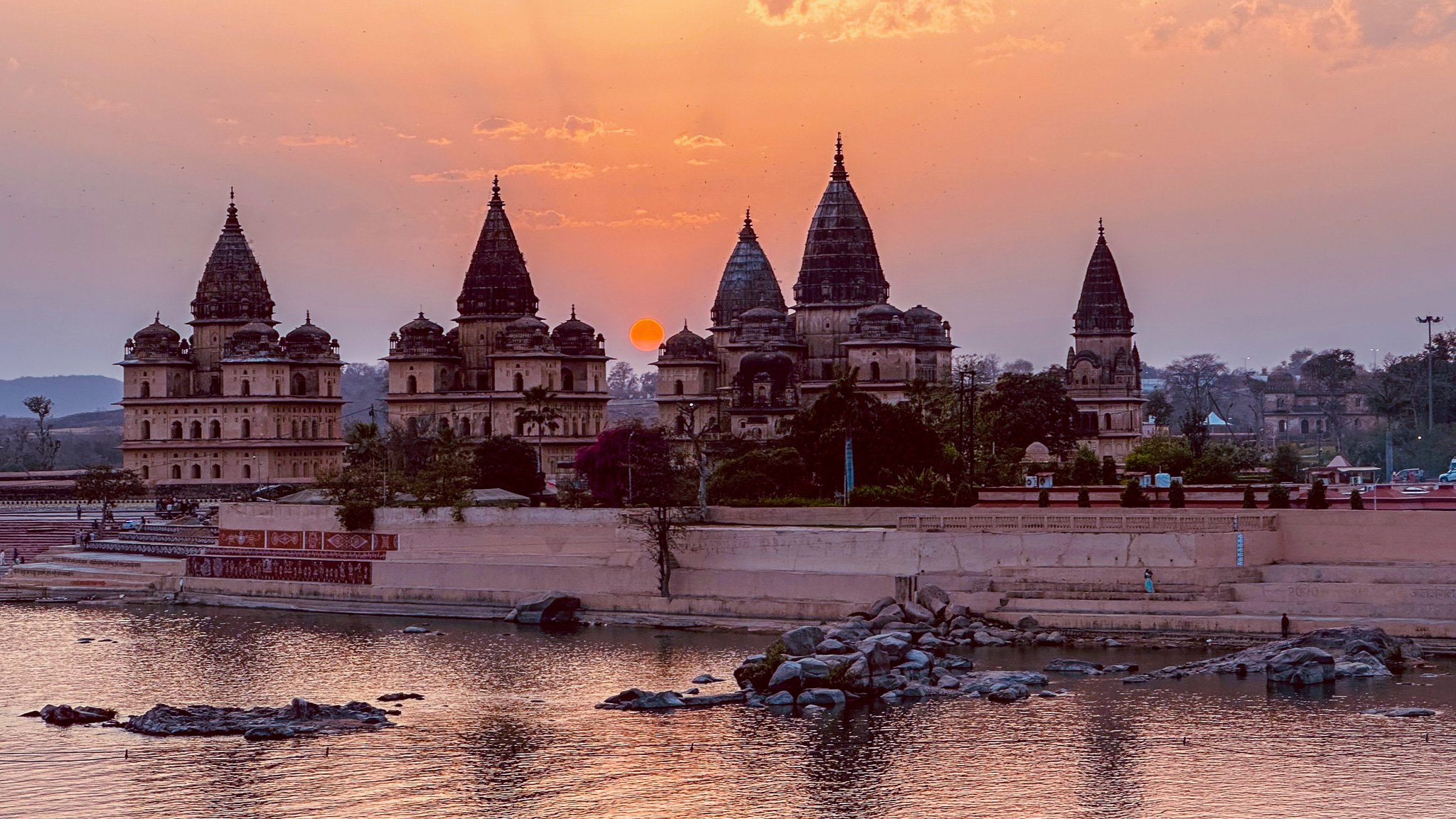
We spent time wandering through centuries-old forts and castles.
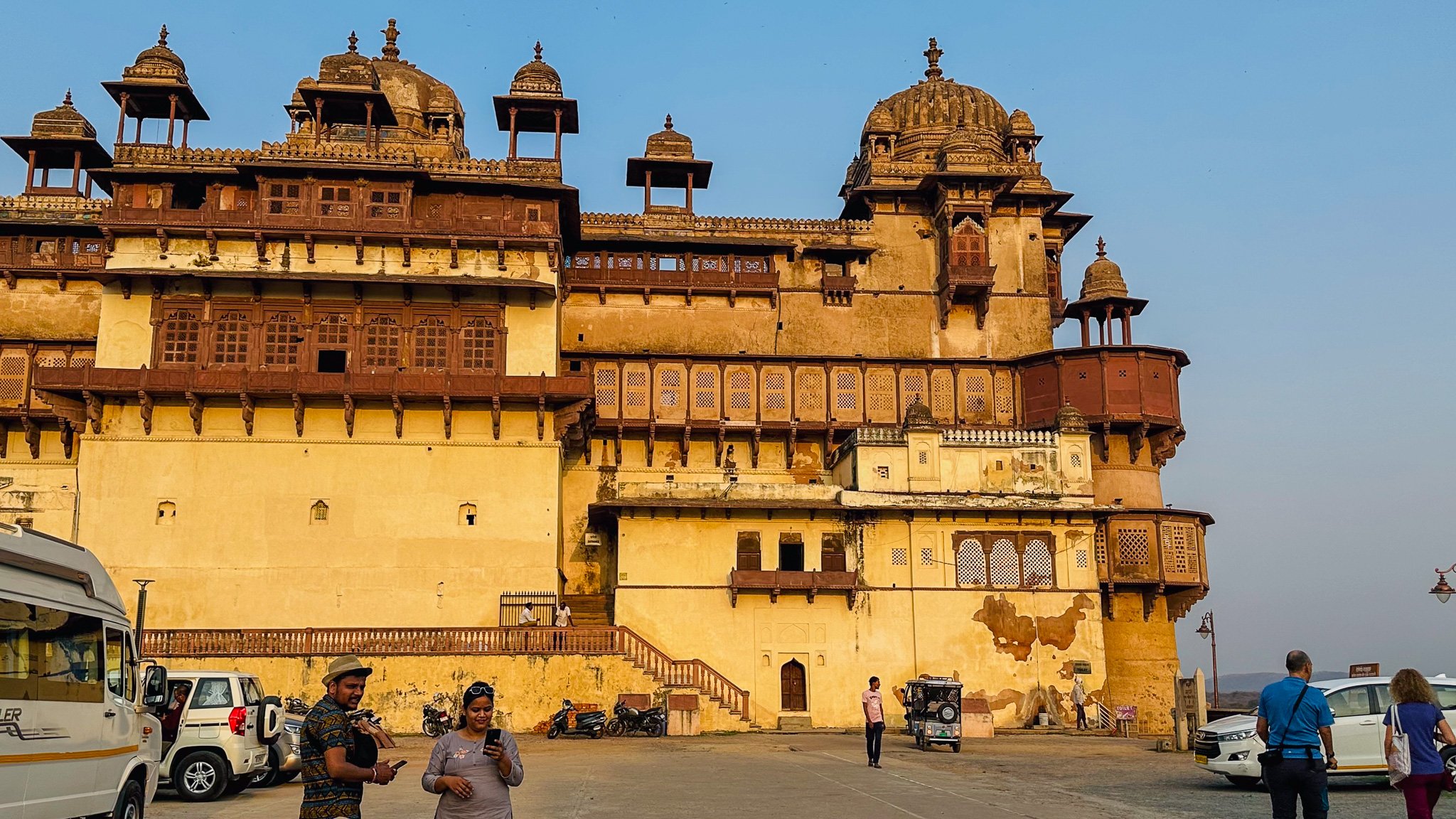
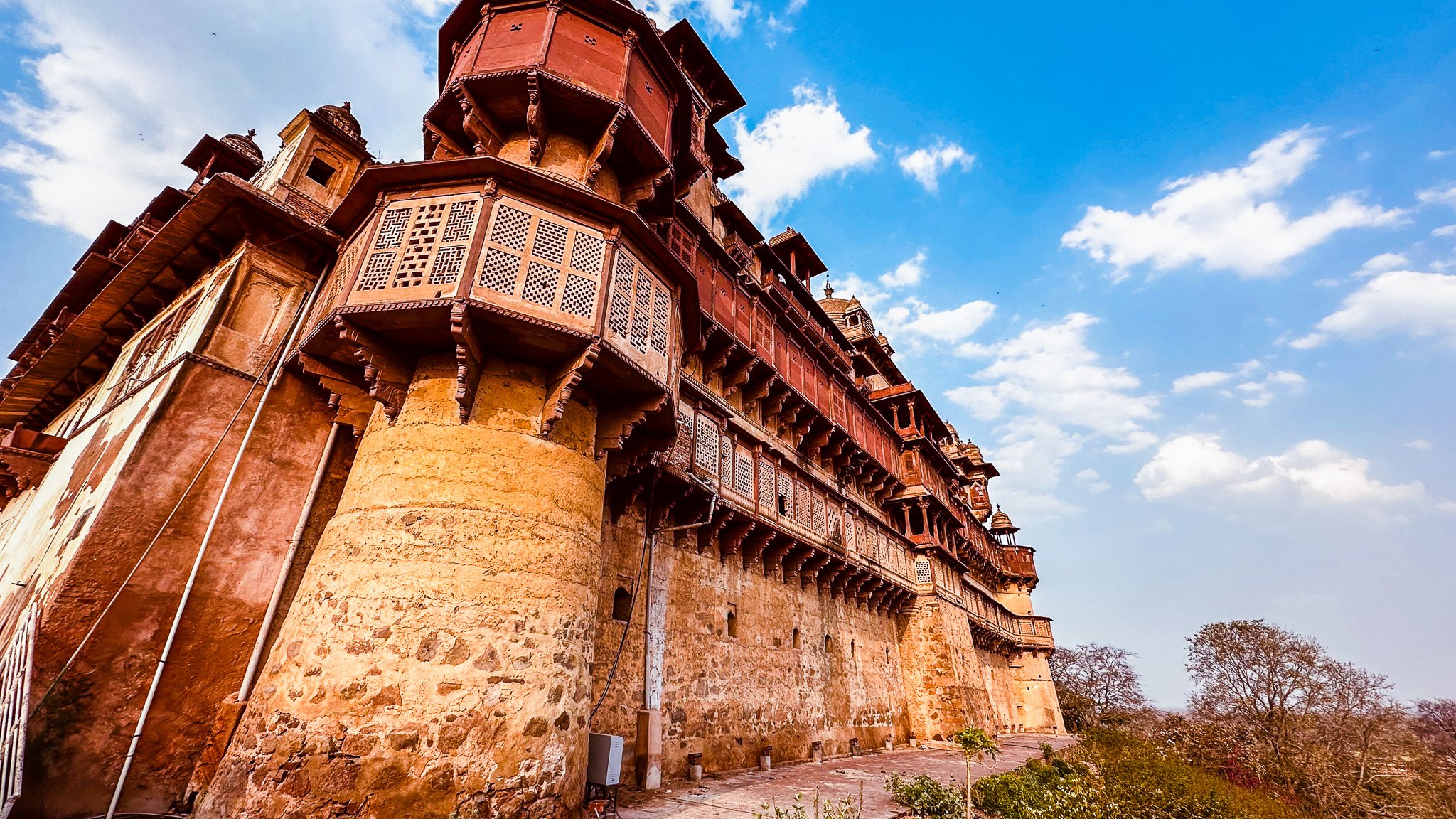
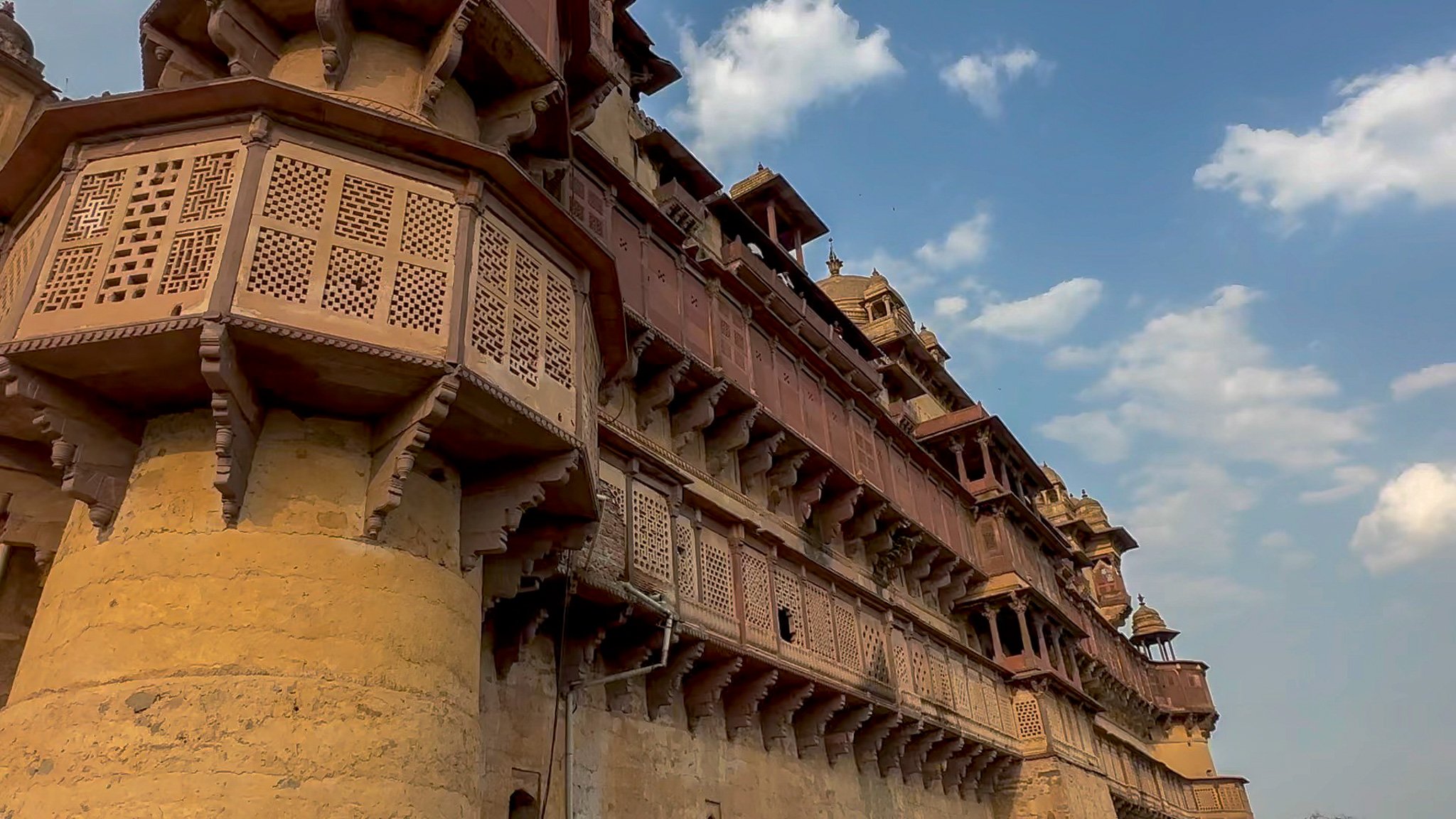
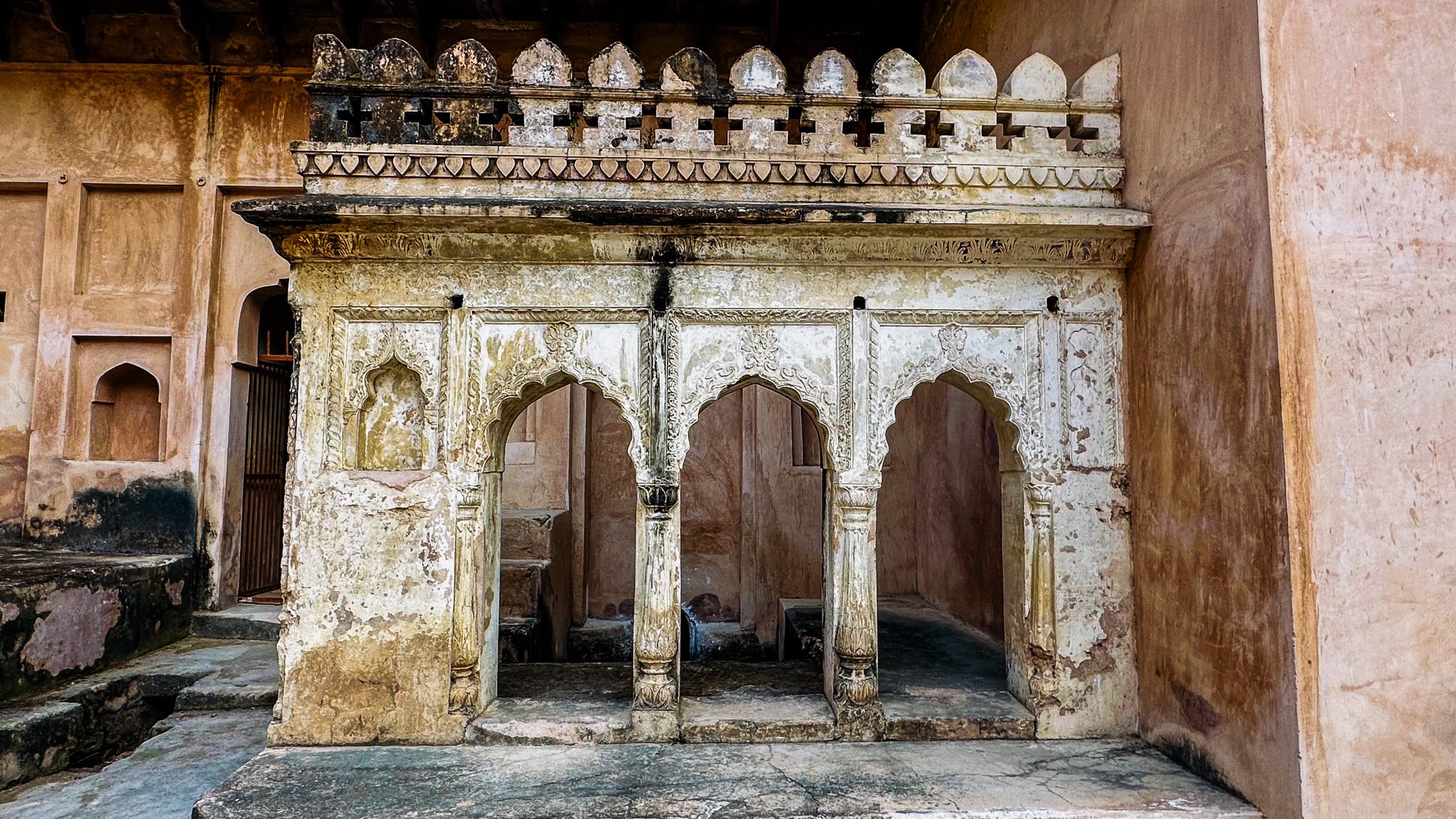
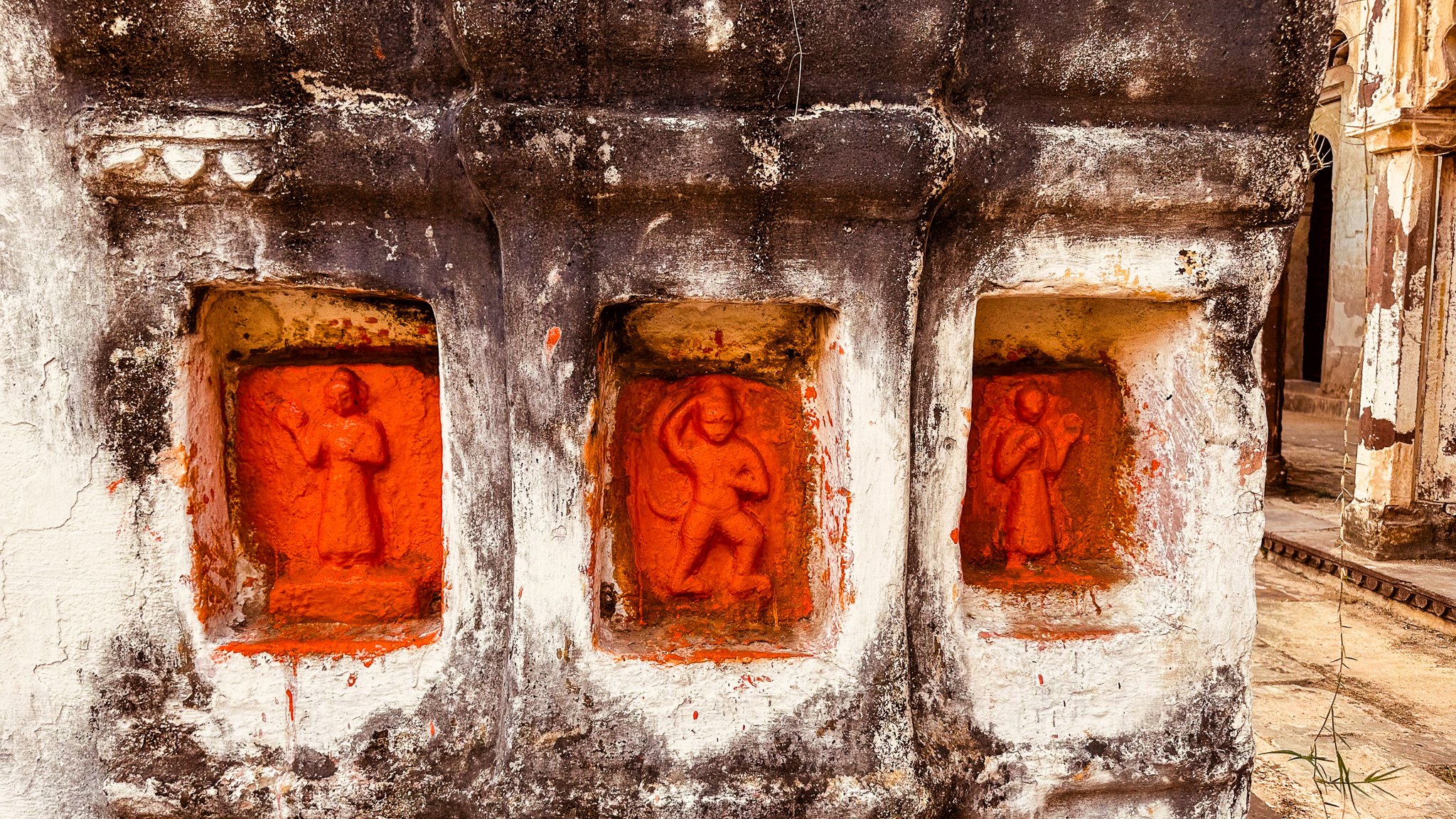
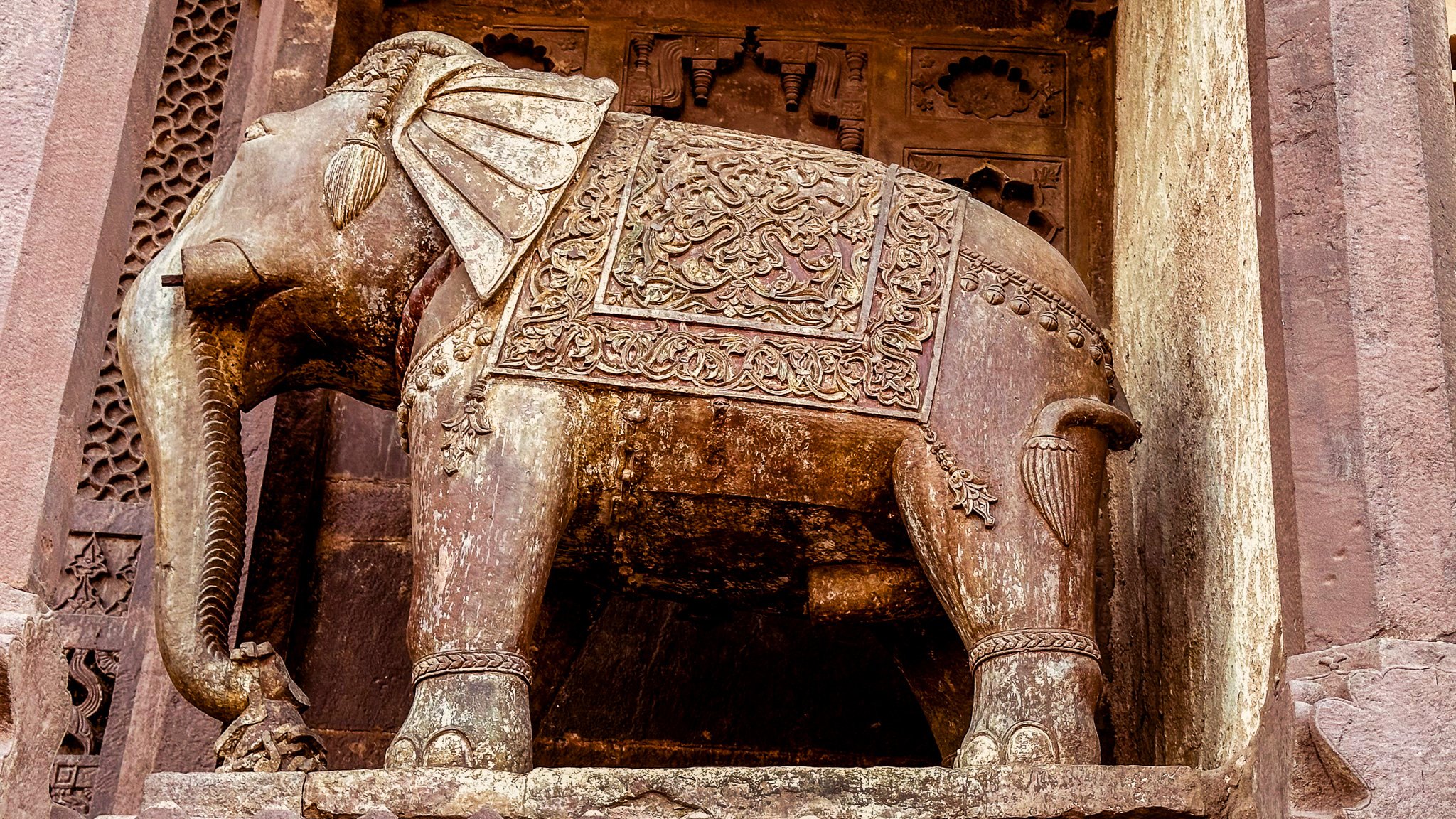
Wax resist dyeing in small village workshops.
Resist Dyeing is a cloth patterning technique that involves dyeing sections of the fabric after some parts have been reserved. There are two methods to achieve this. The first one involves manipulating the cloth by tying, stitching, folding or wrapping it. The second one involves using materials such as wax or mud to apply a design that restricts the absorption of color. Complex versions of this technique involve dyeing the cloth in different colors in sequence, with different sections reserved each time, to create a multi-colored pattern.
The patterns resulting from the two methods of resist-cloth manipulation and the application of wax or mud resist are different. In cloth manipulations, the lines and patterns tend to be more fluid, while in wax or mud resist, the lines are typically sharper and spiky.
Evidence of resist-dyed textiles dates back to the 6th and 7th centuries, as seen in the cave paintings at Ajanta, and Jain manuscripts from the 12th century onwards. The technique is believed to have originated in Western India and is still concentrated in Gujarat and Rajasthan.
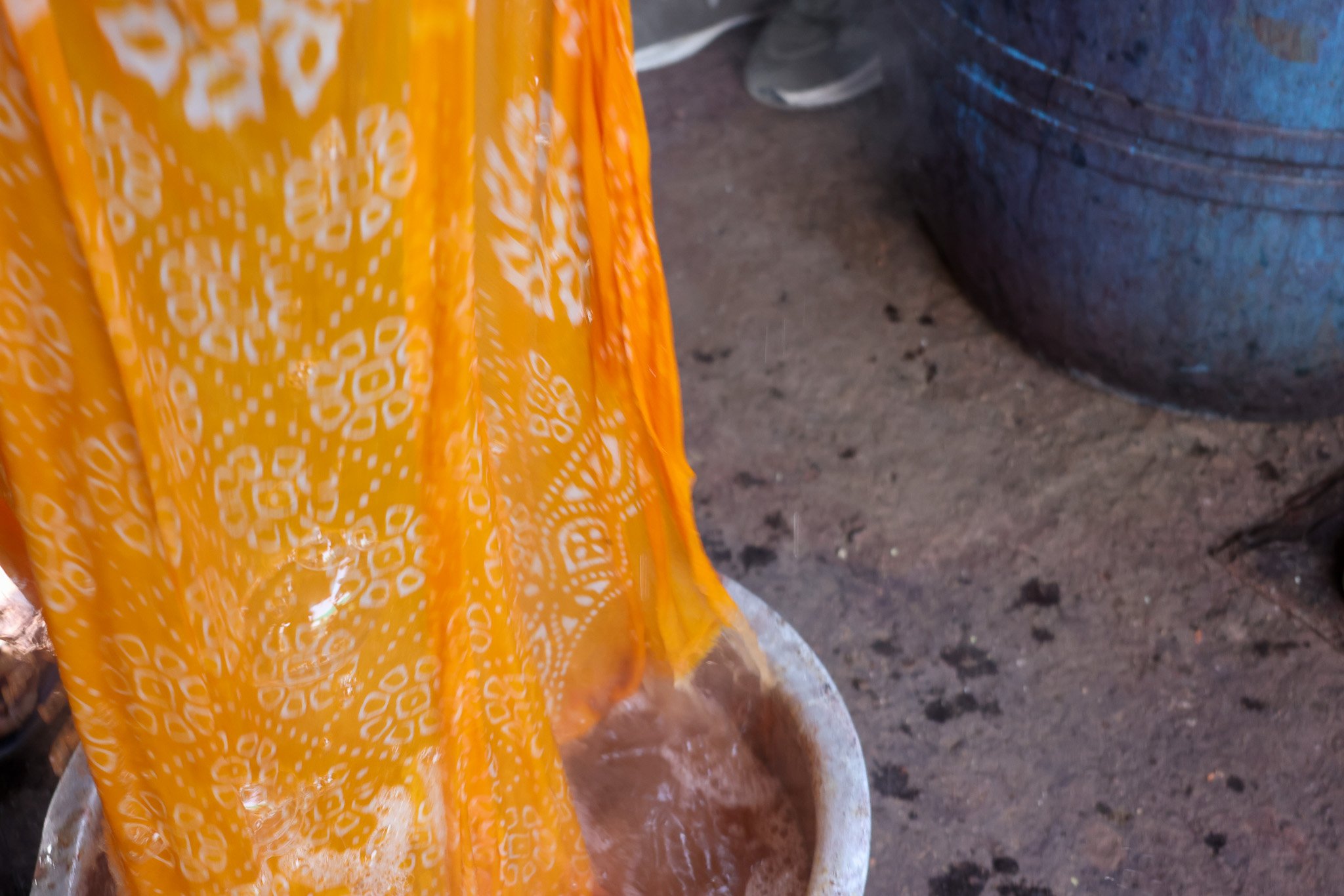
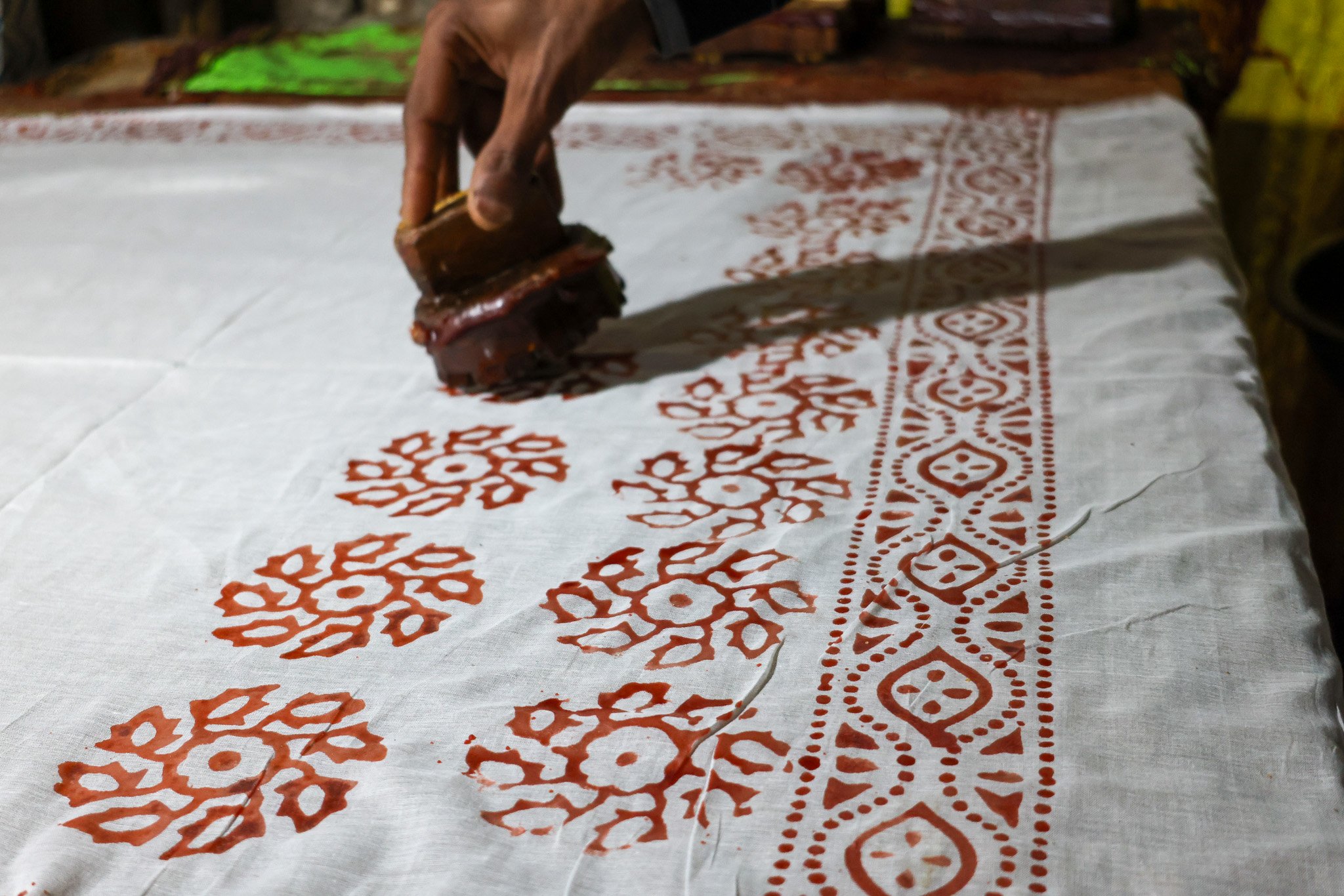
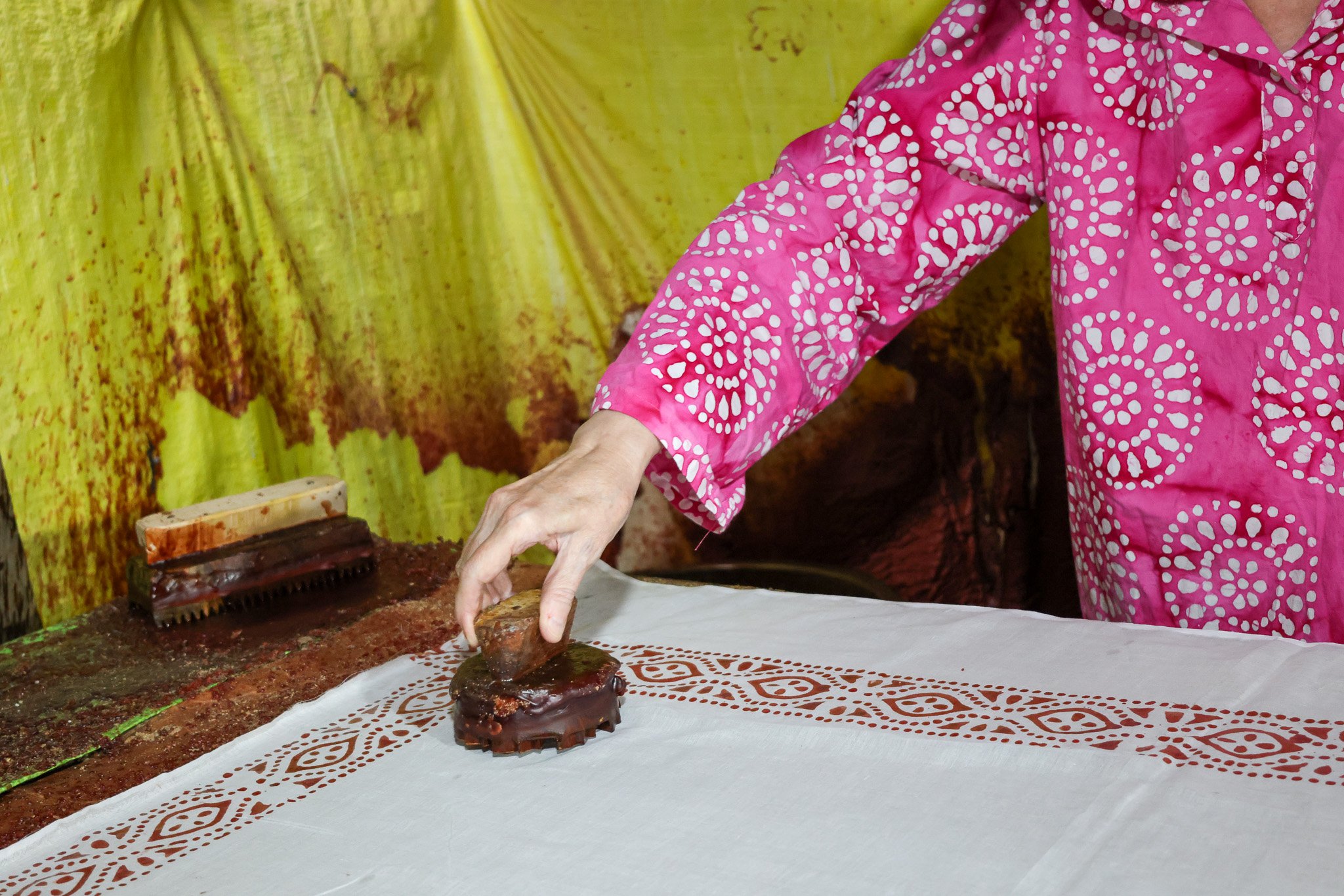
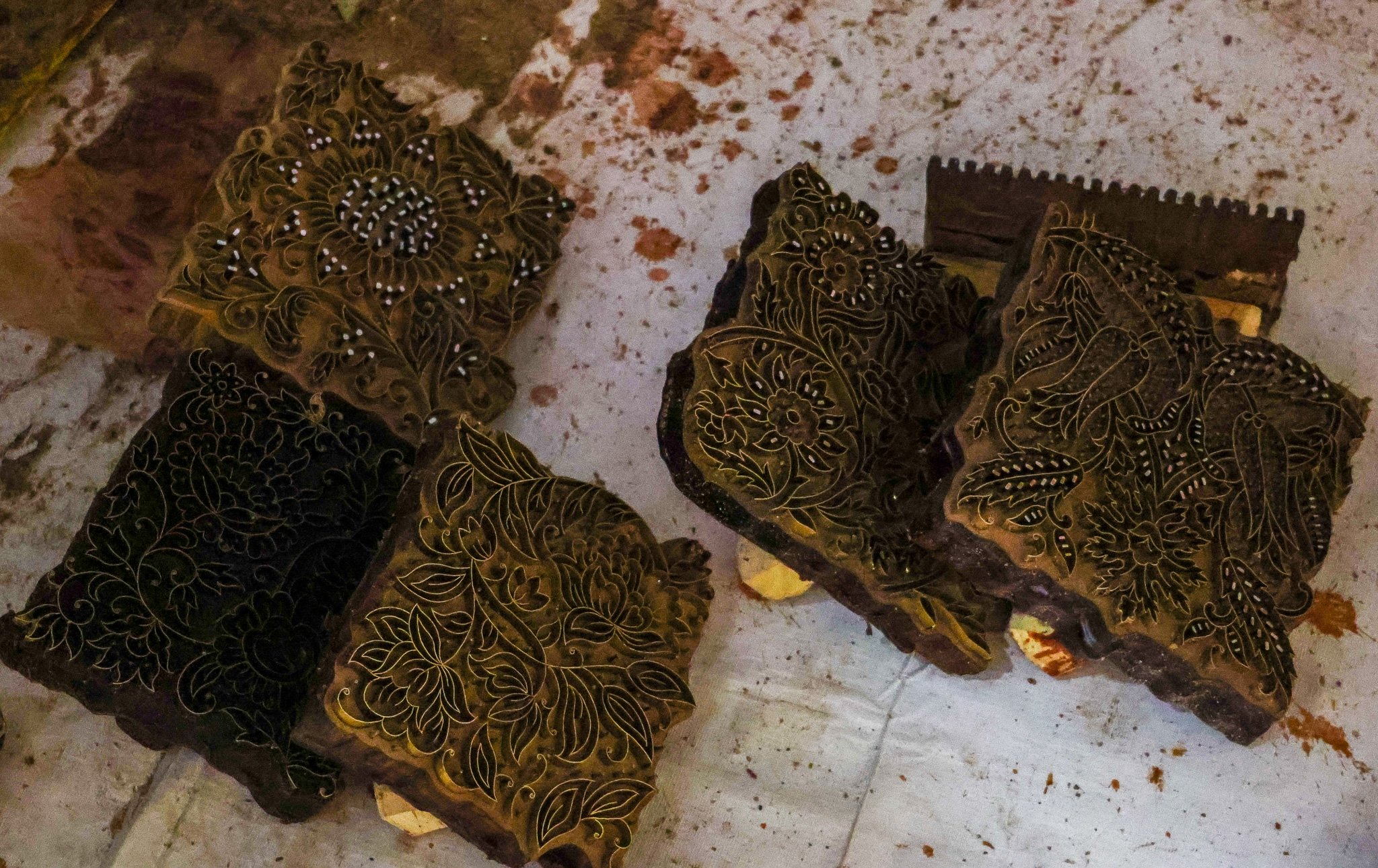
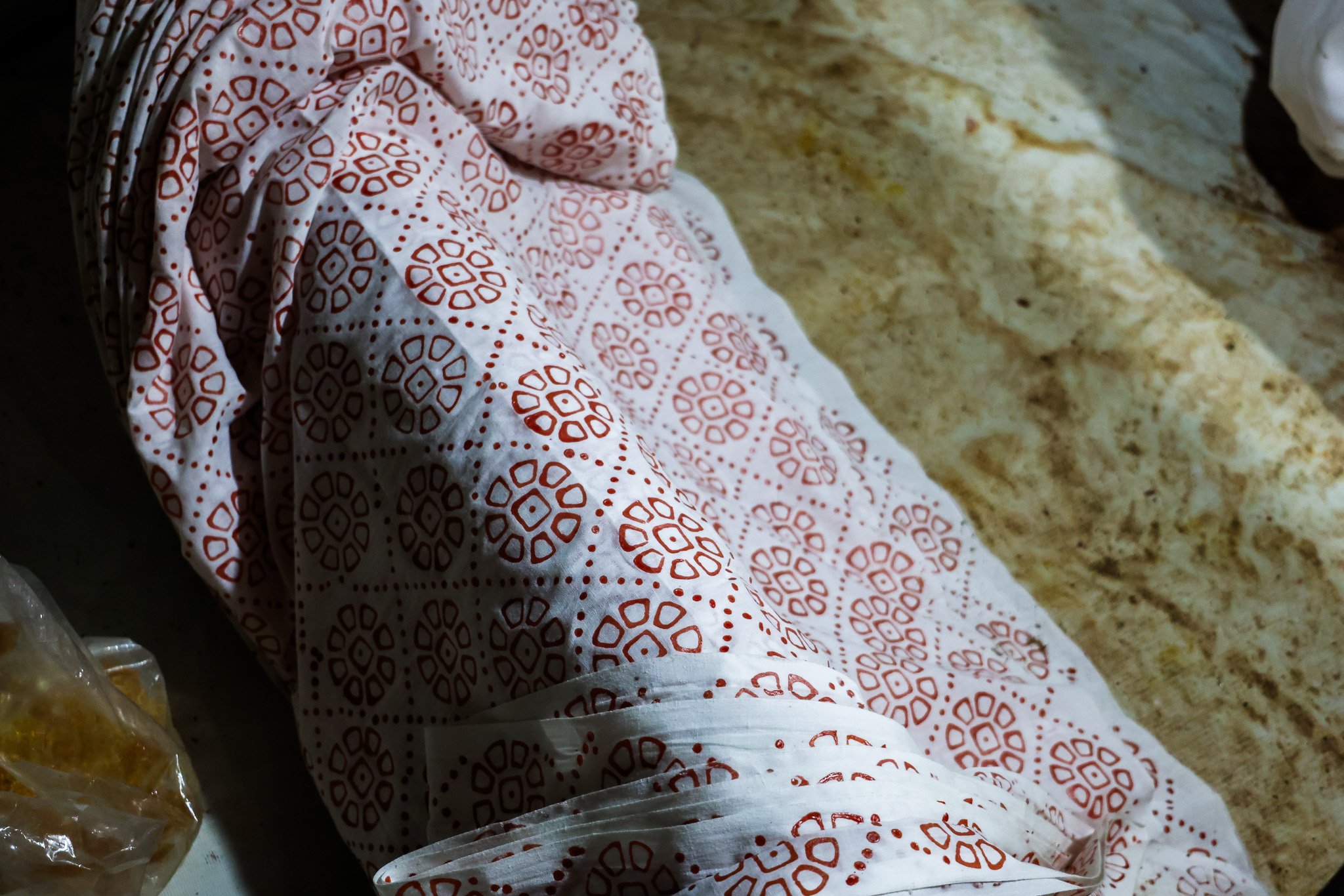
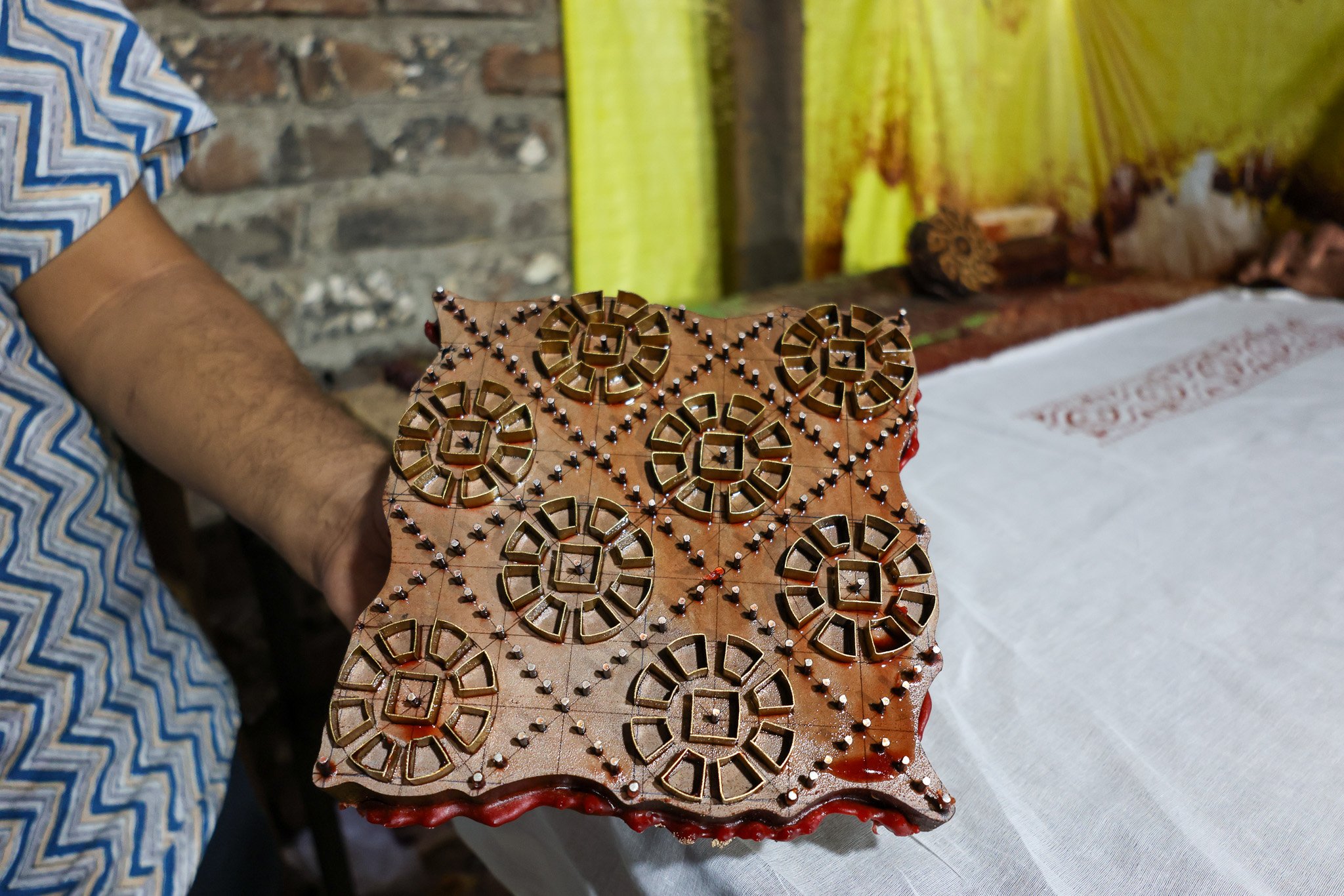

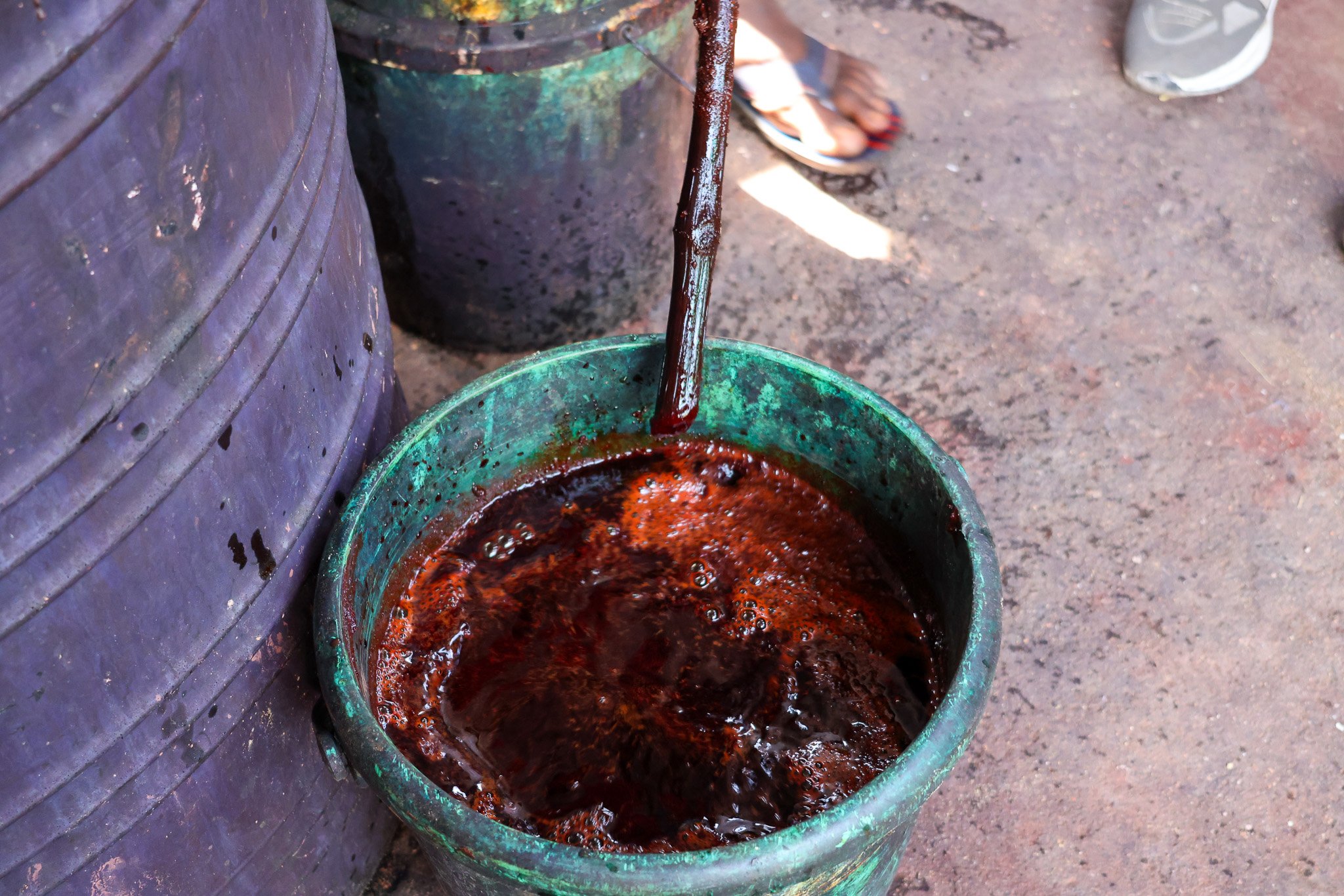
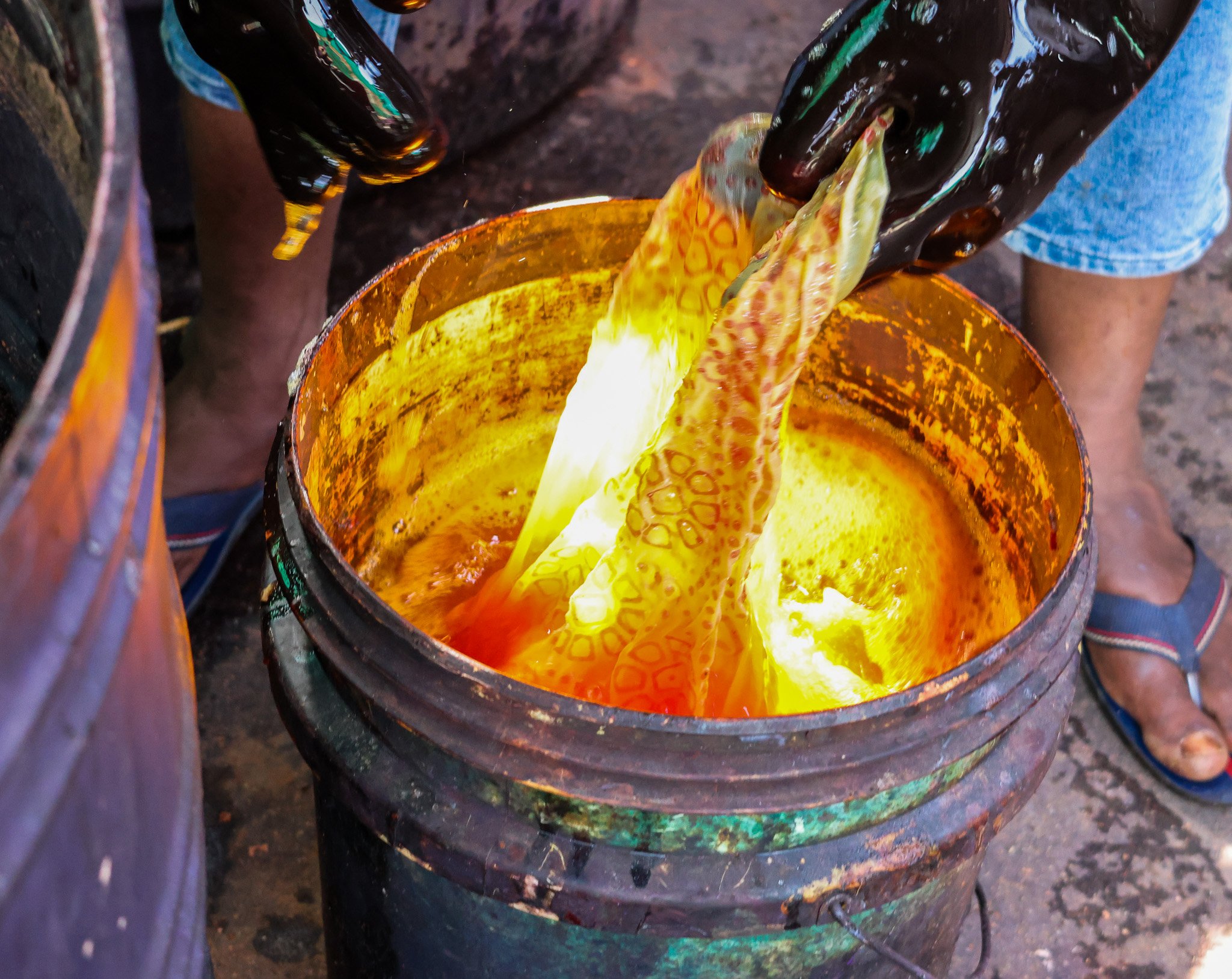
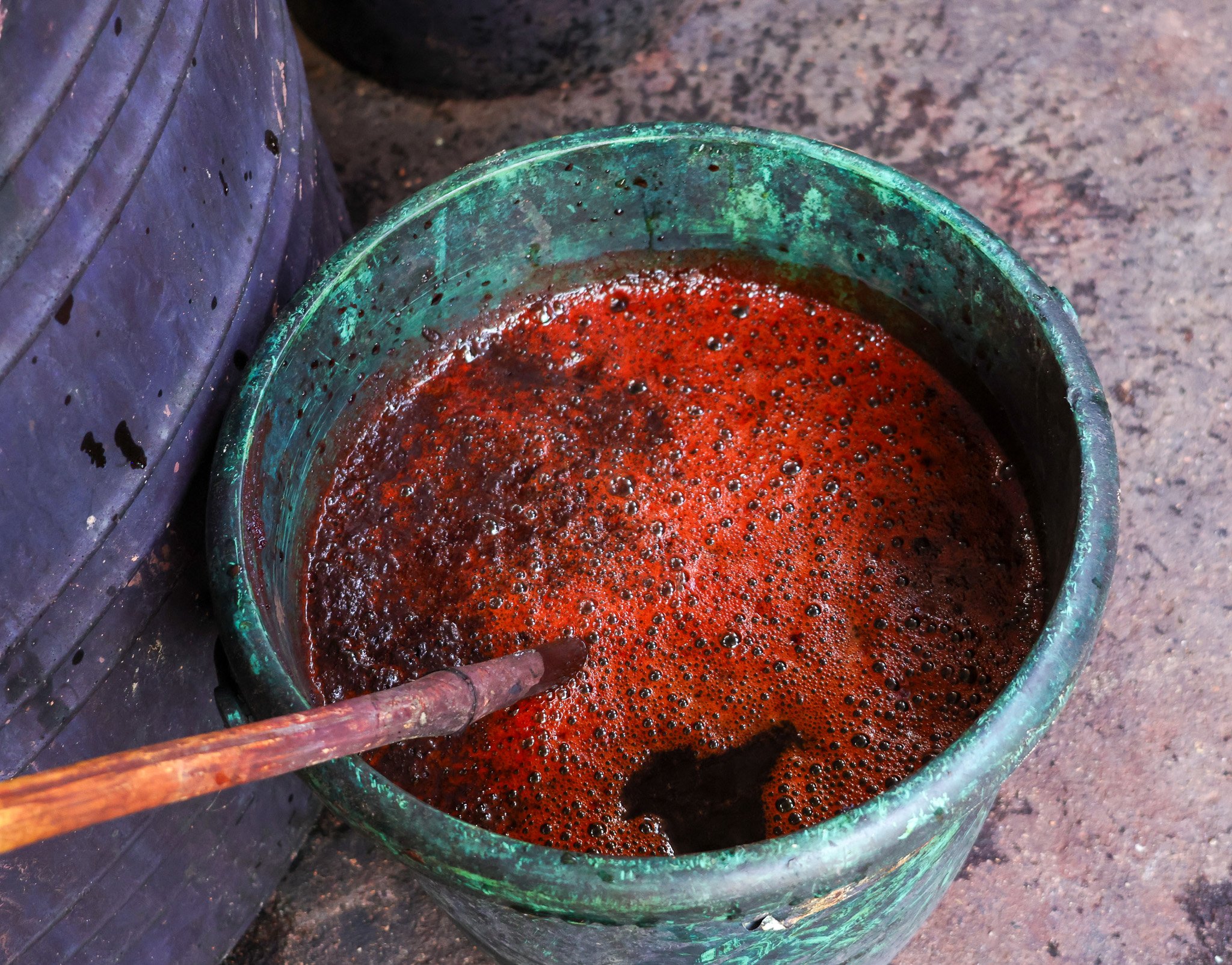
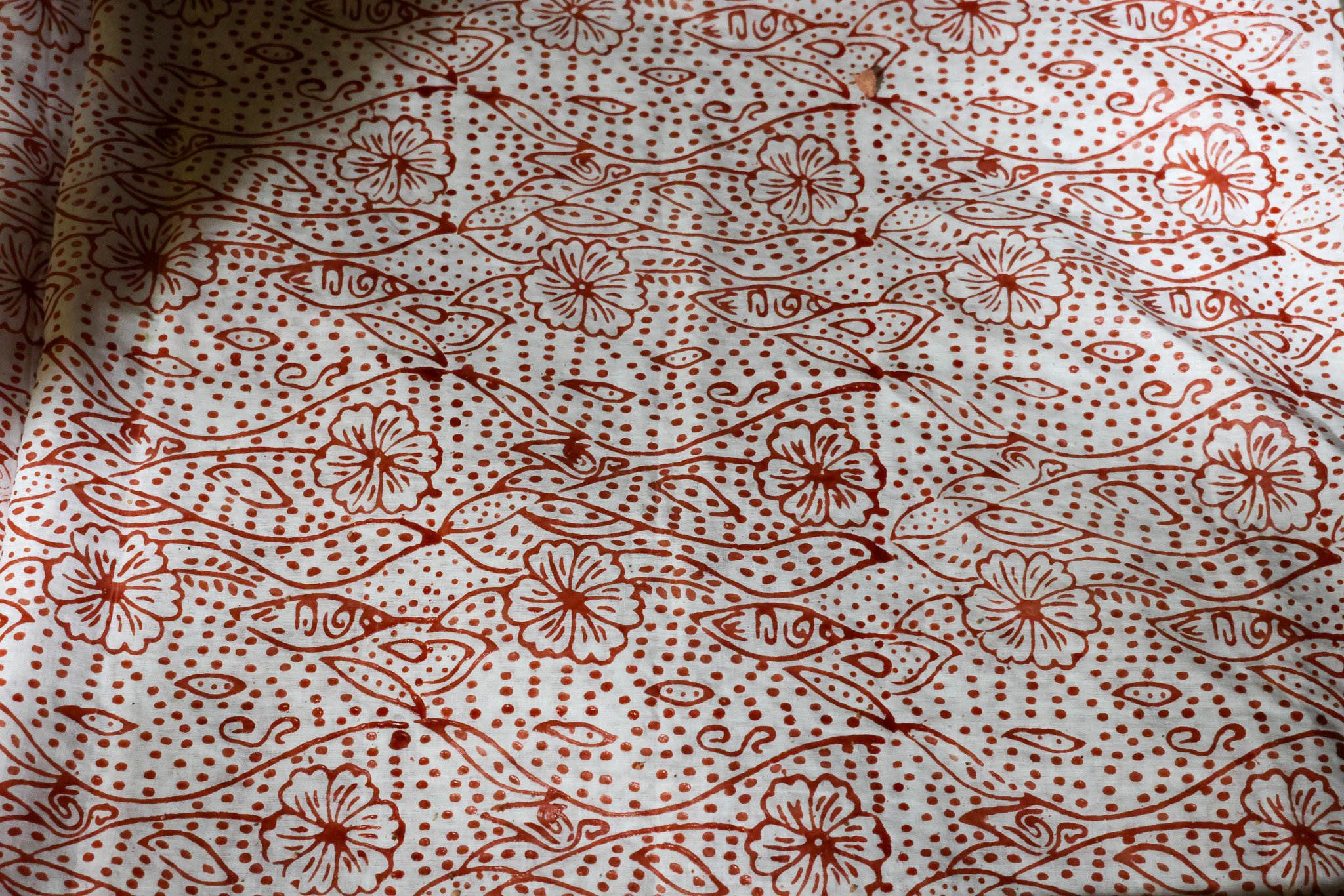

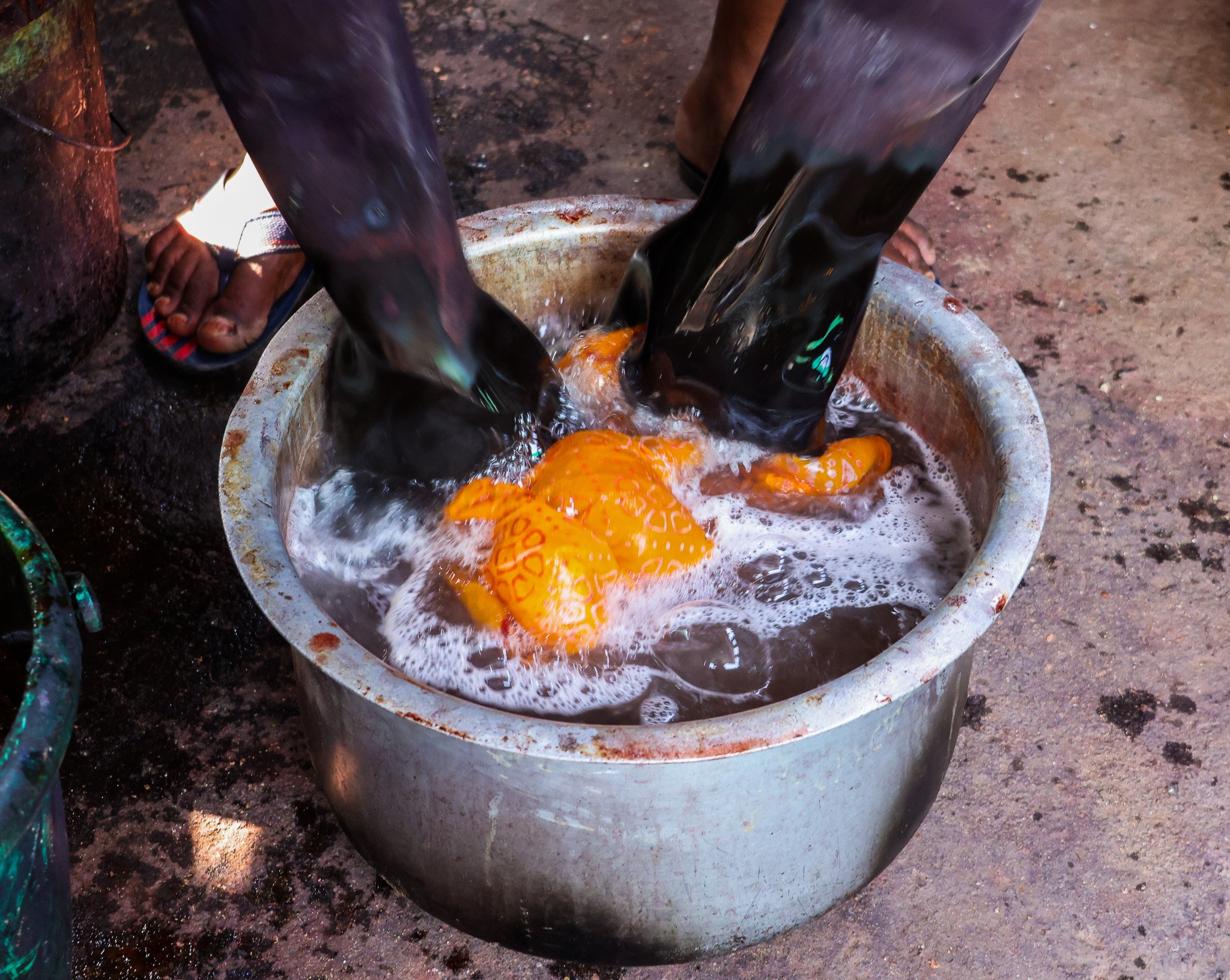
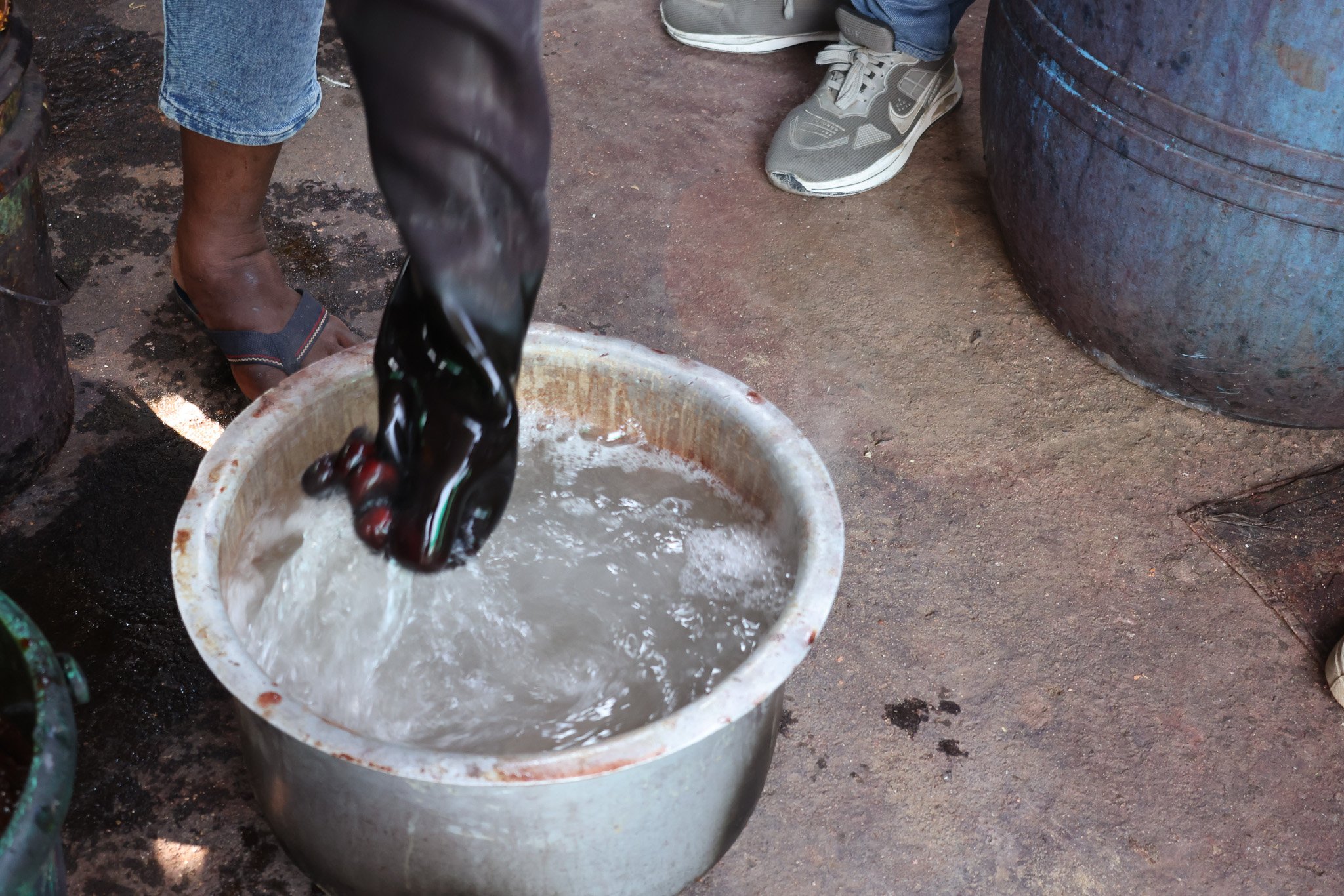
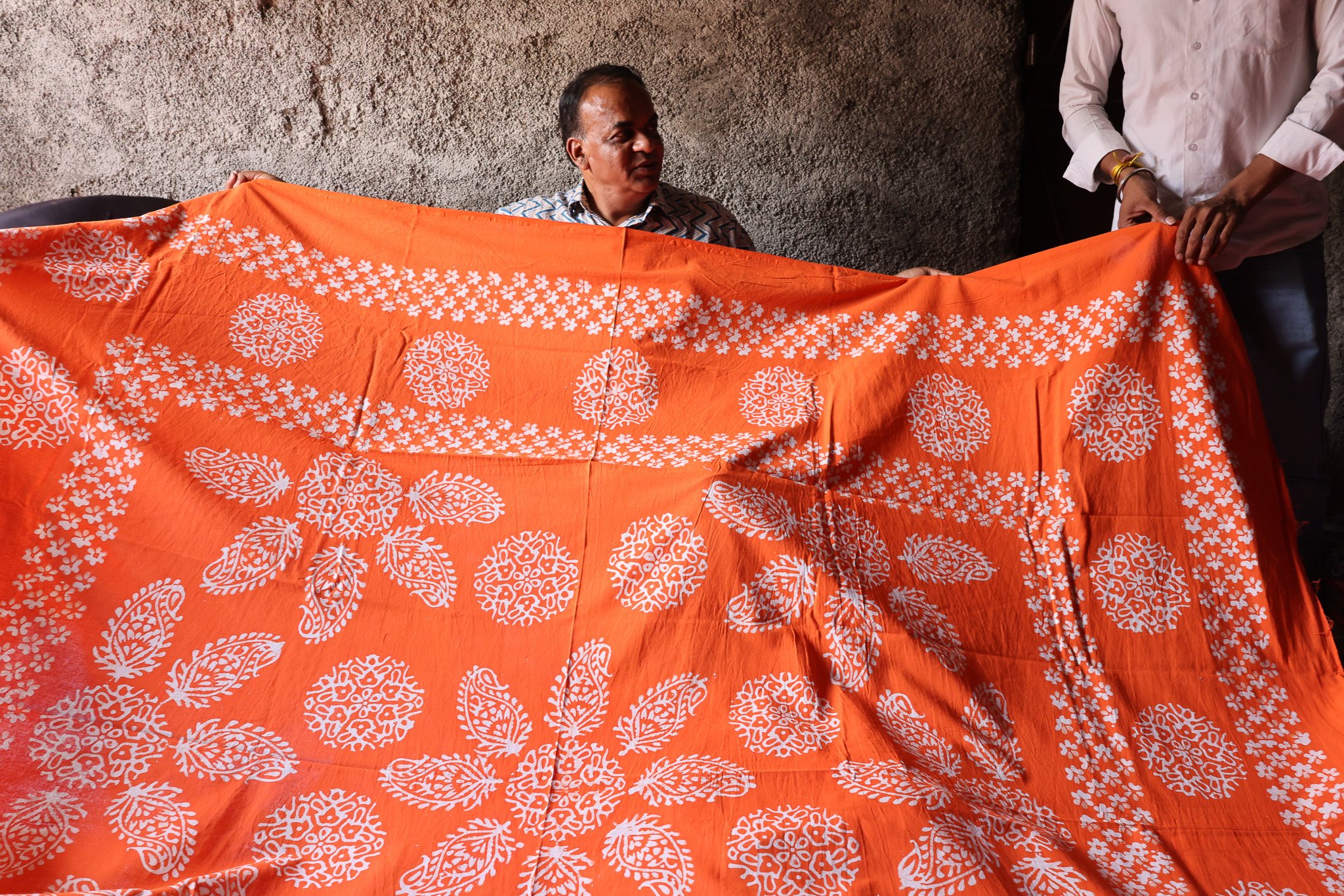
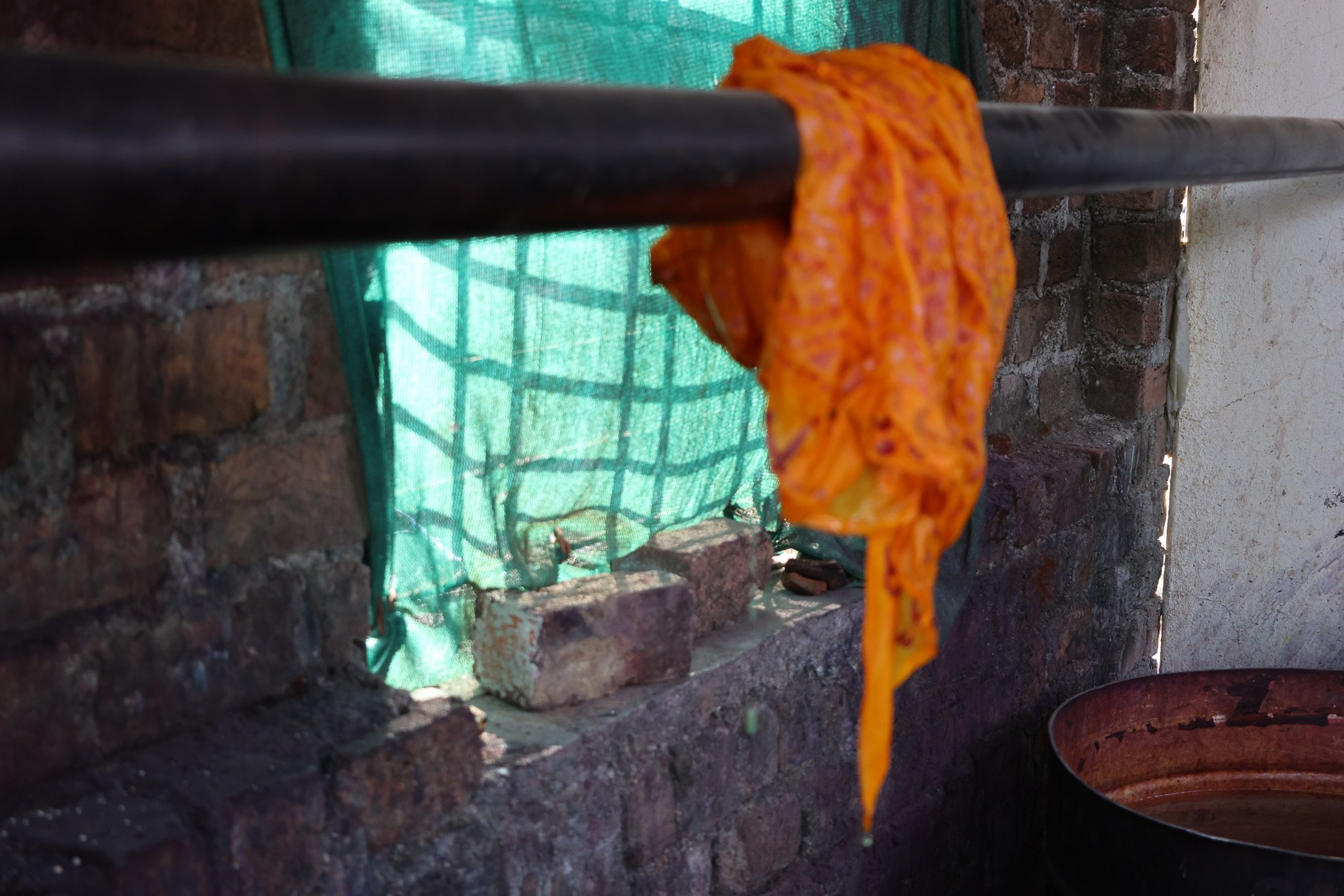
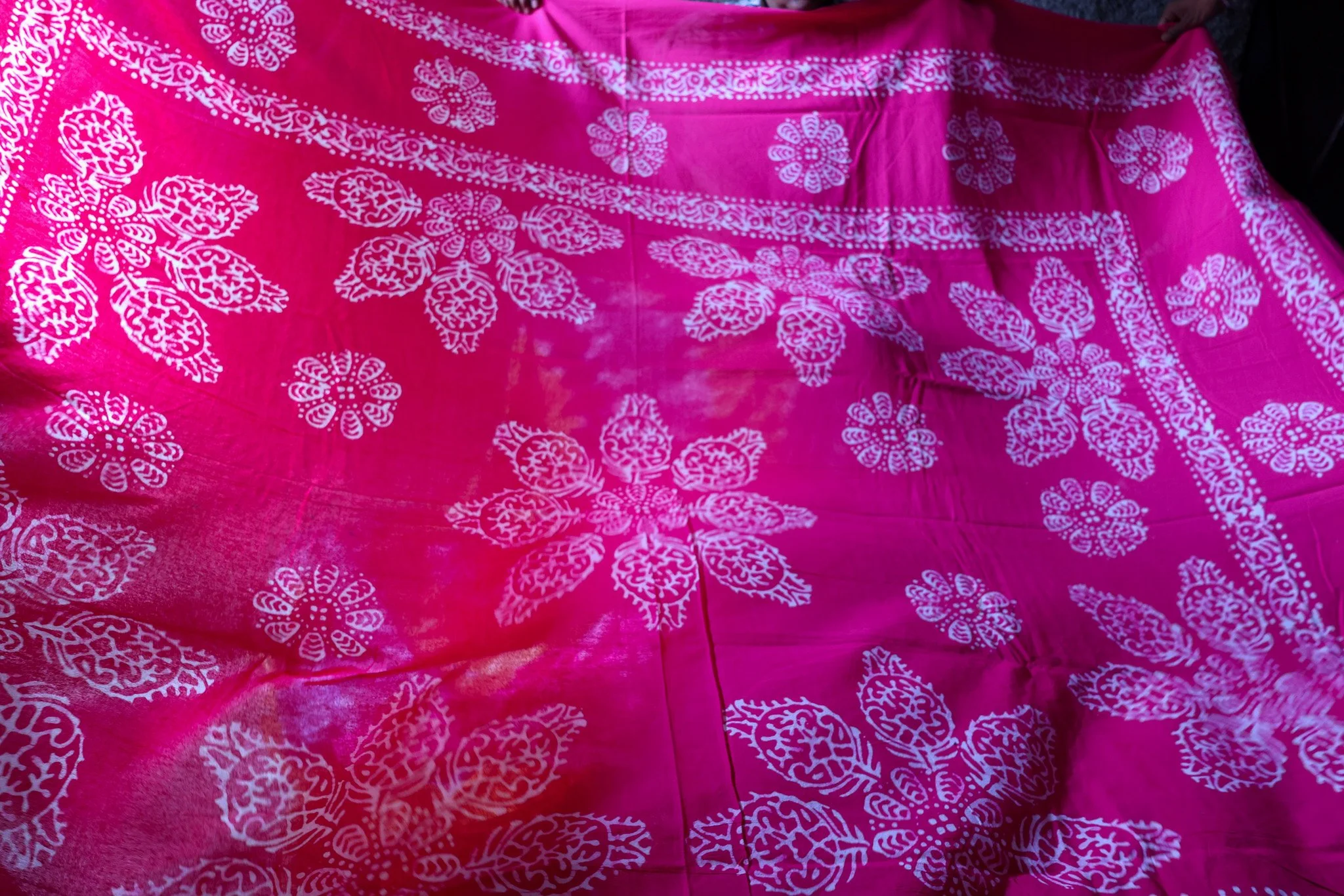
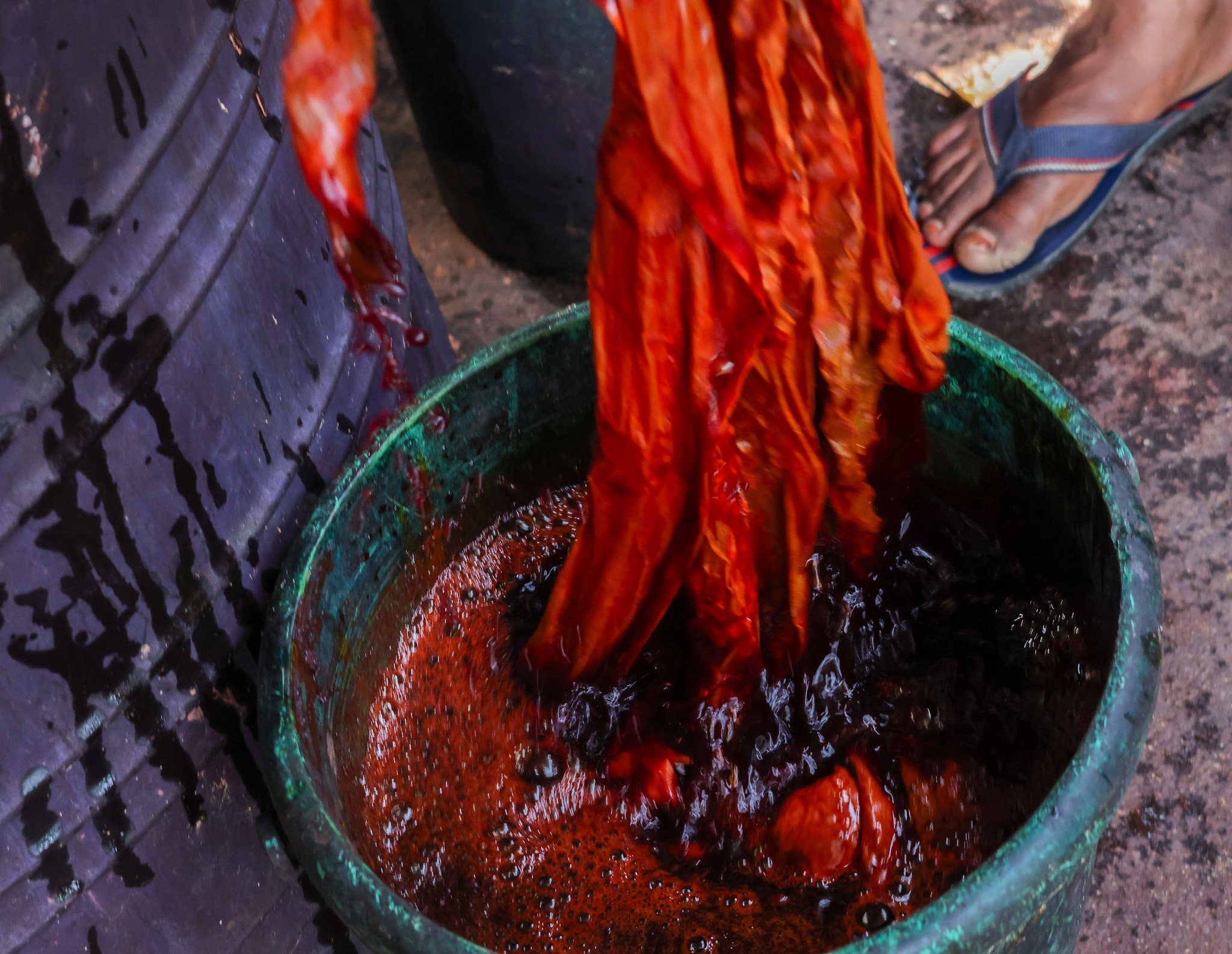
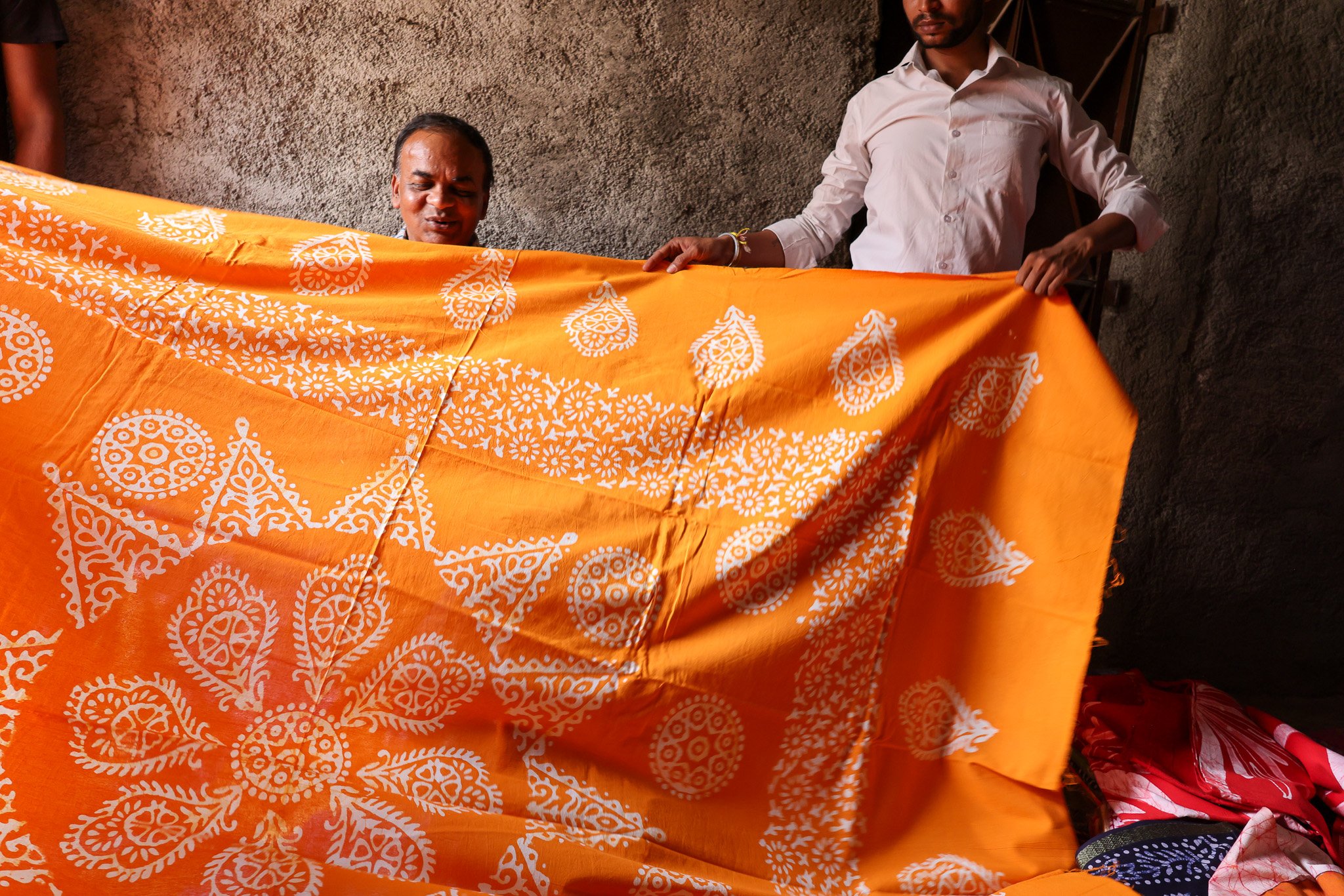

Craft museums, traveling the silk route and staying in unique villages, Learning many different forms of Textile production
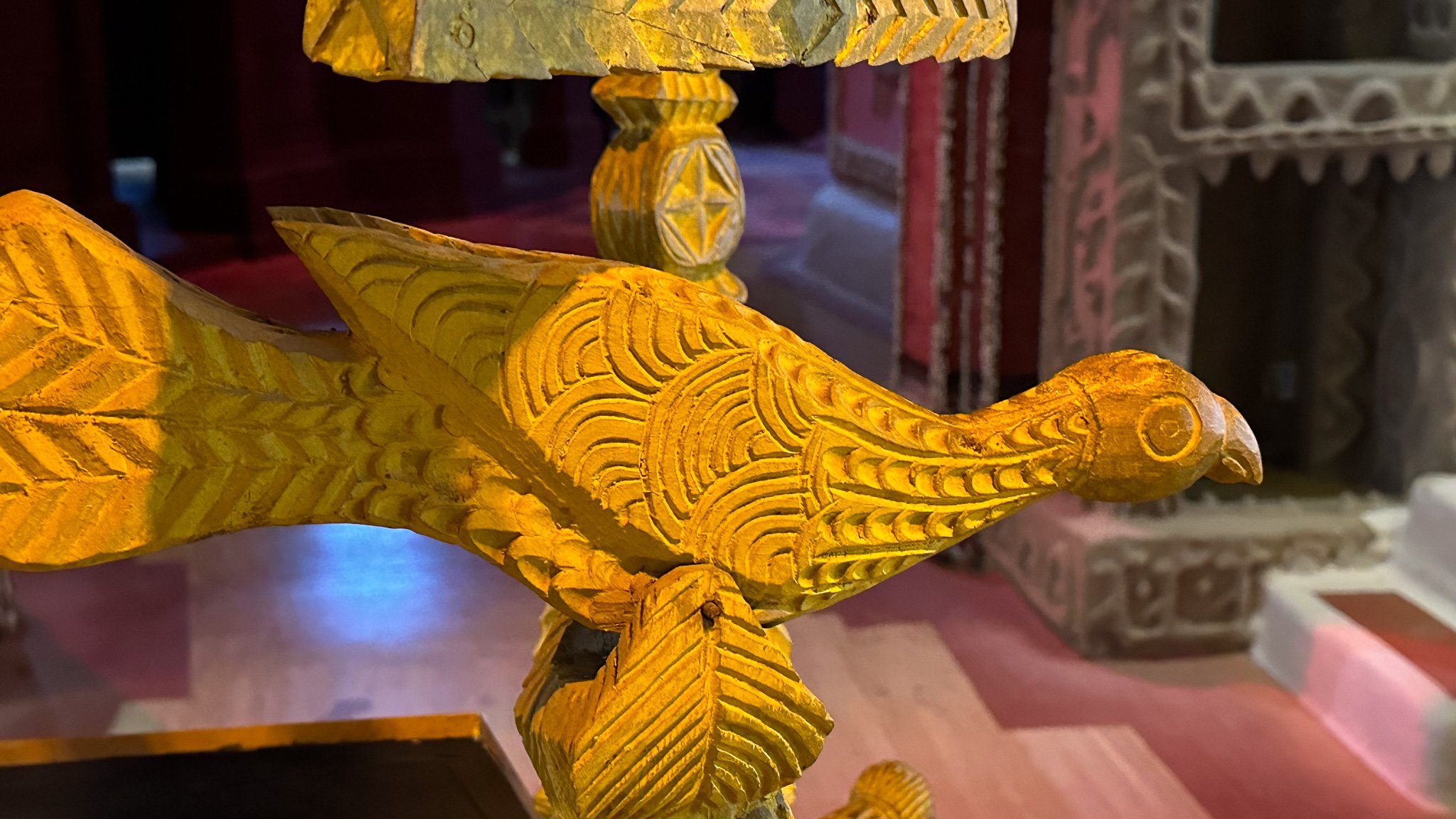
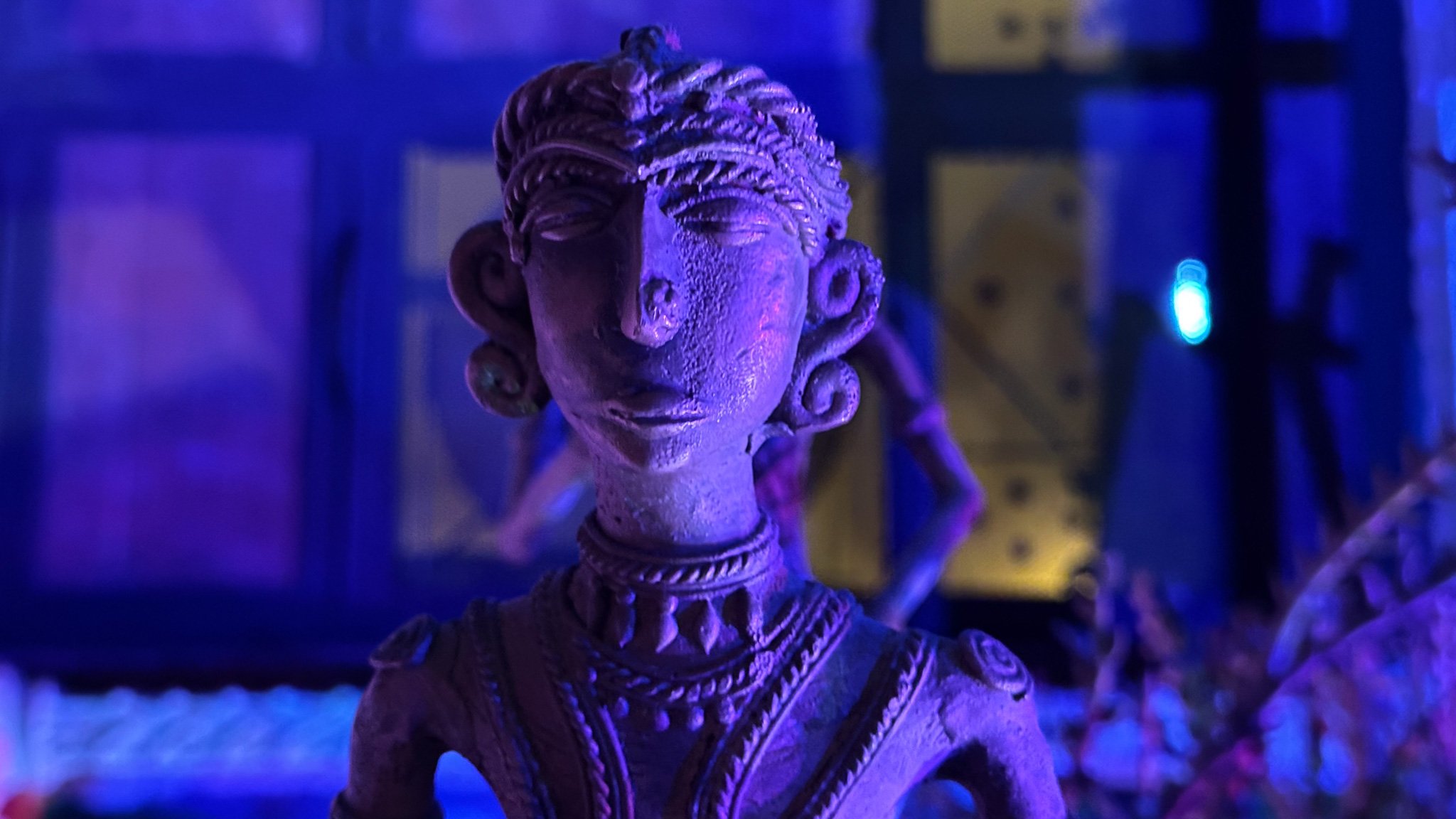
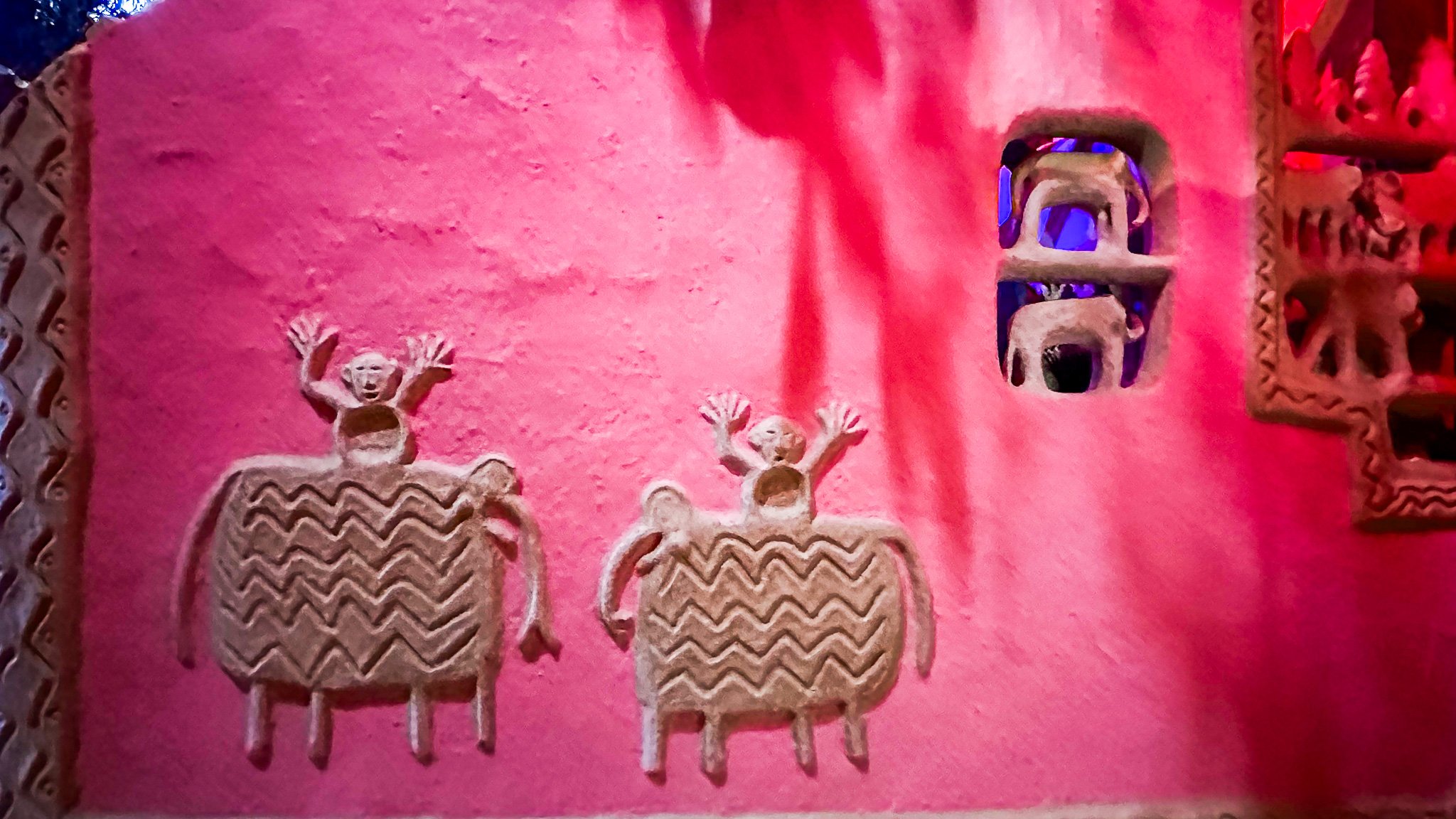
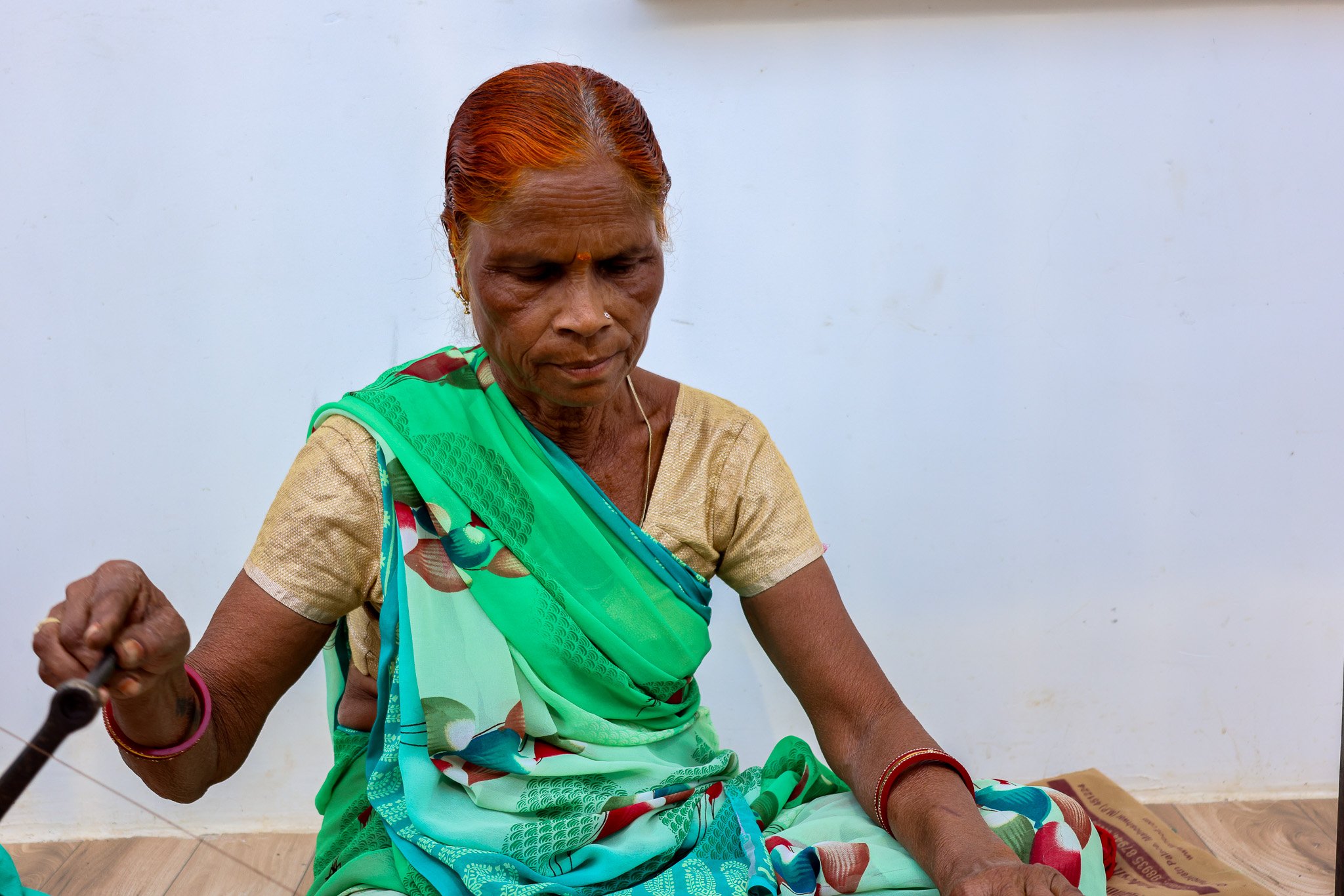
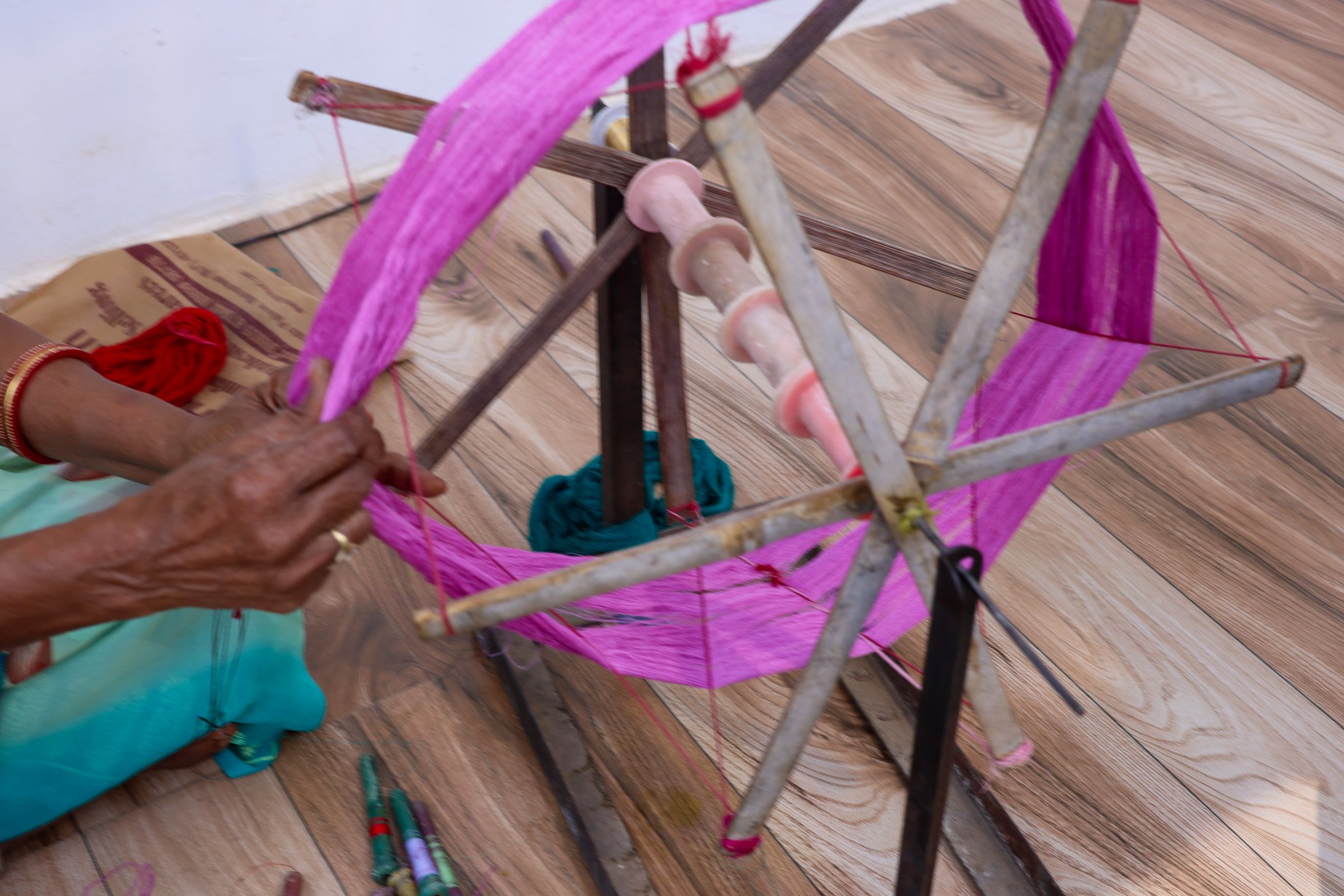
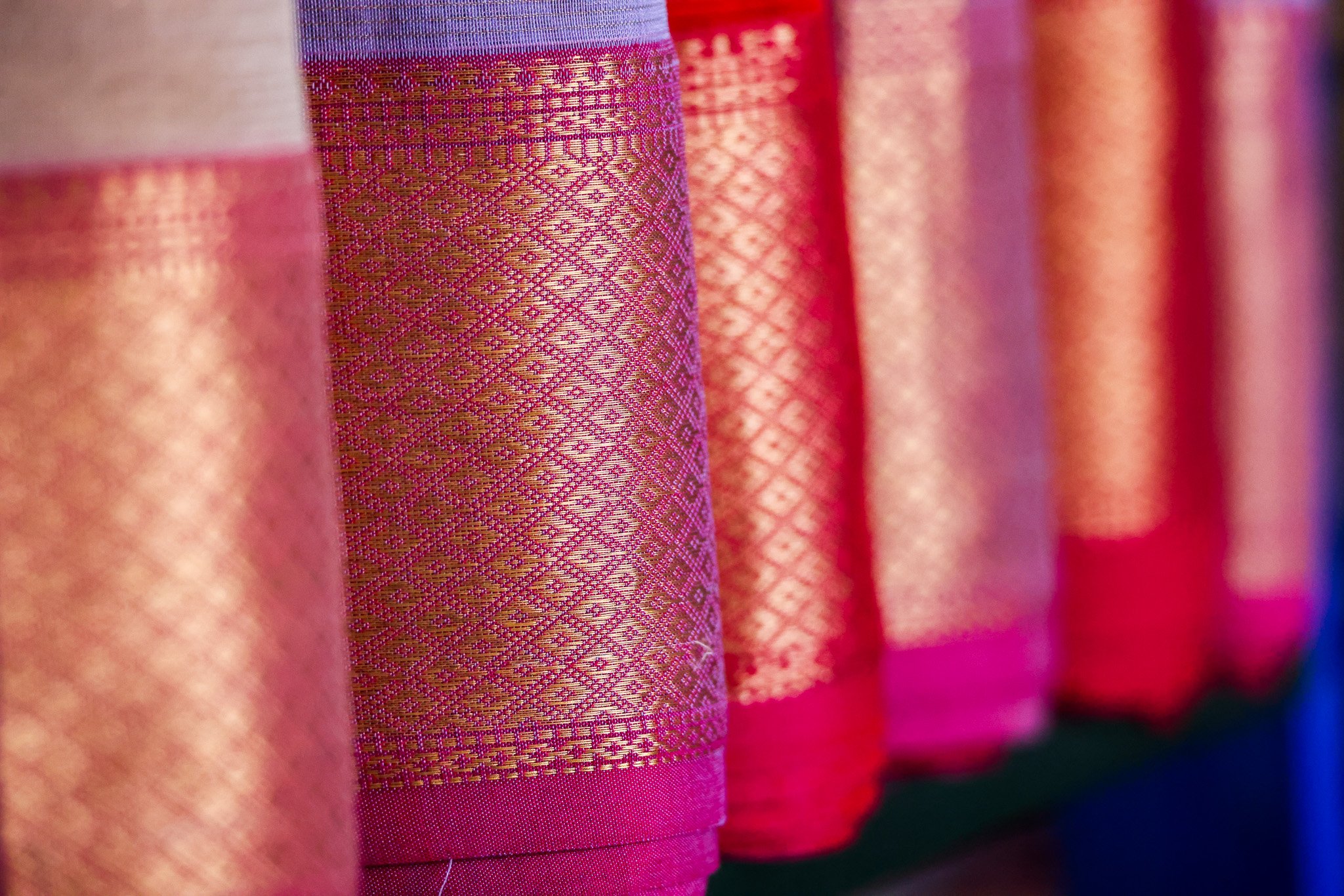
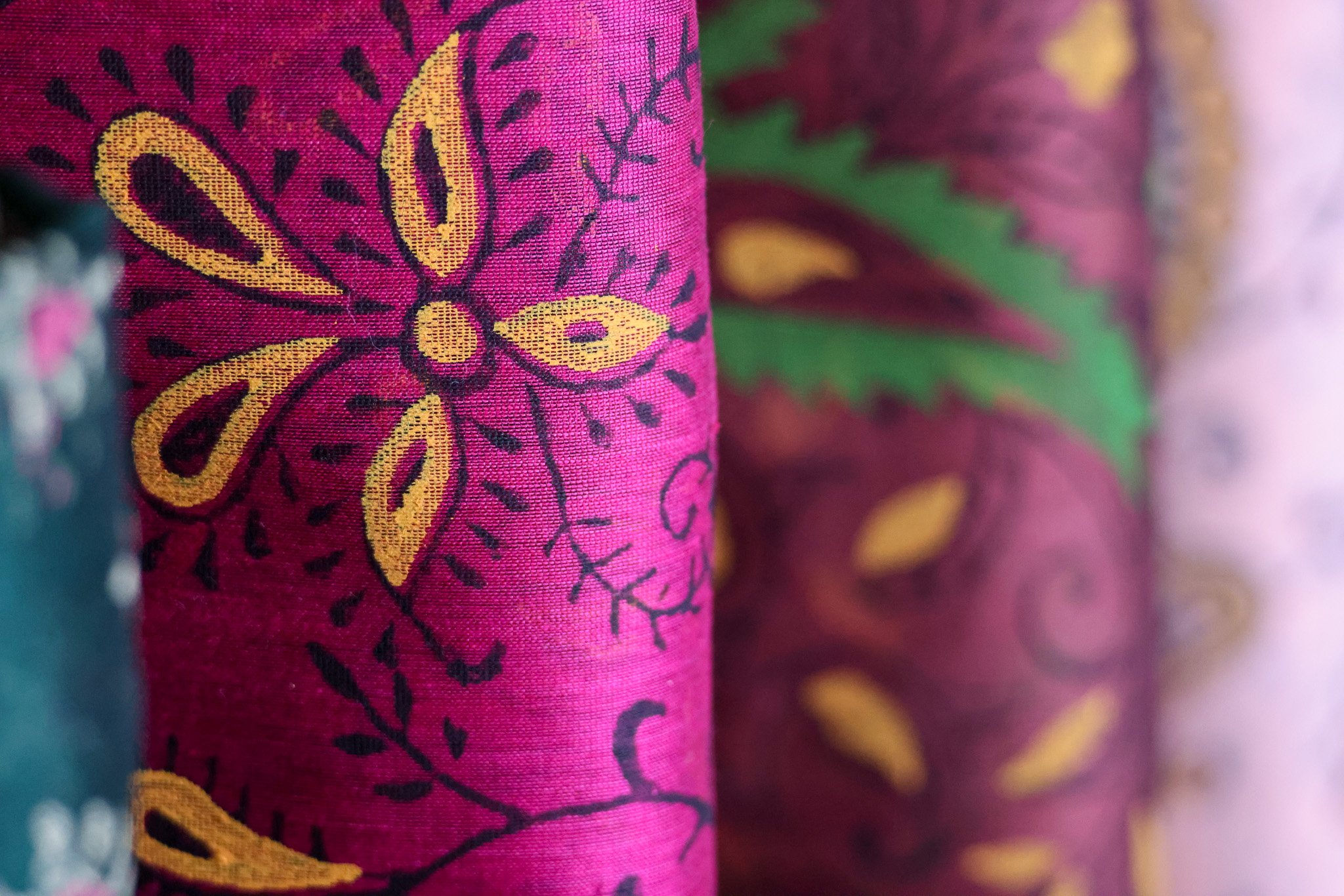

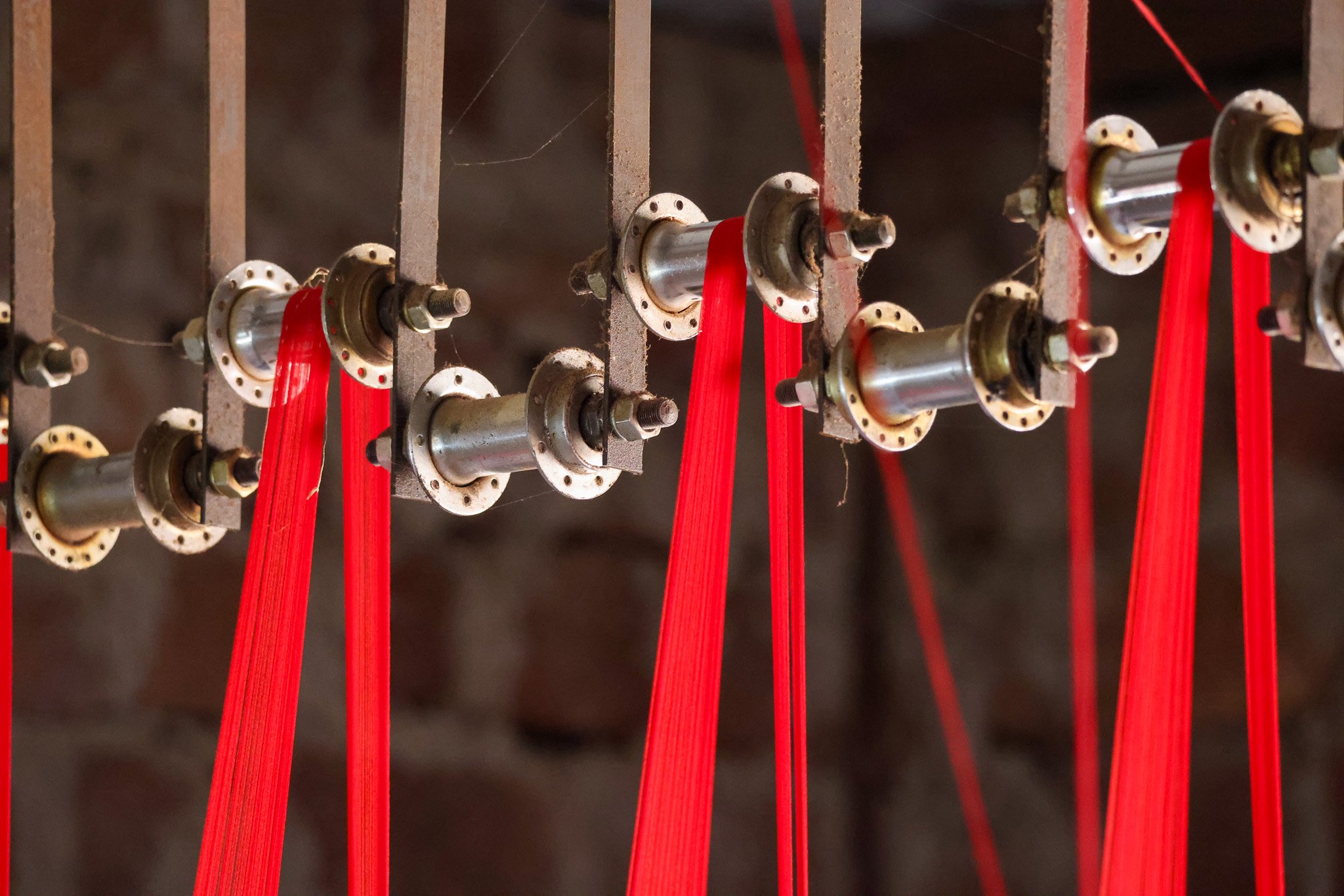
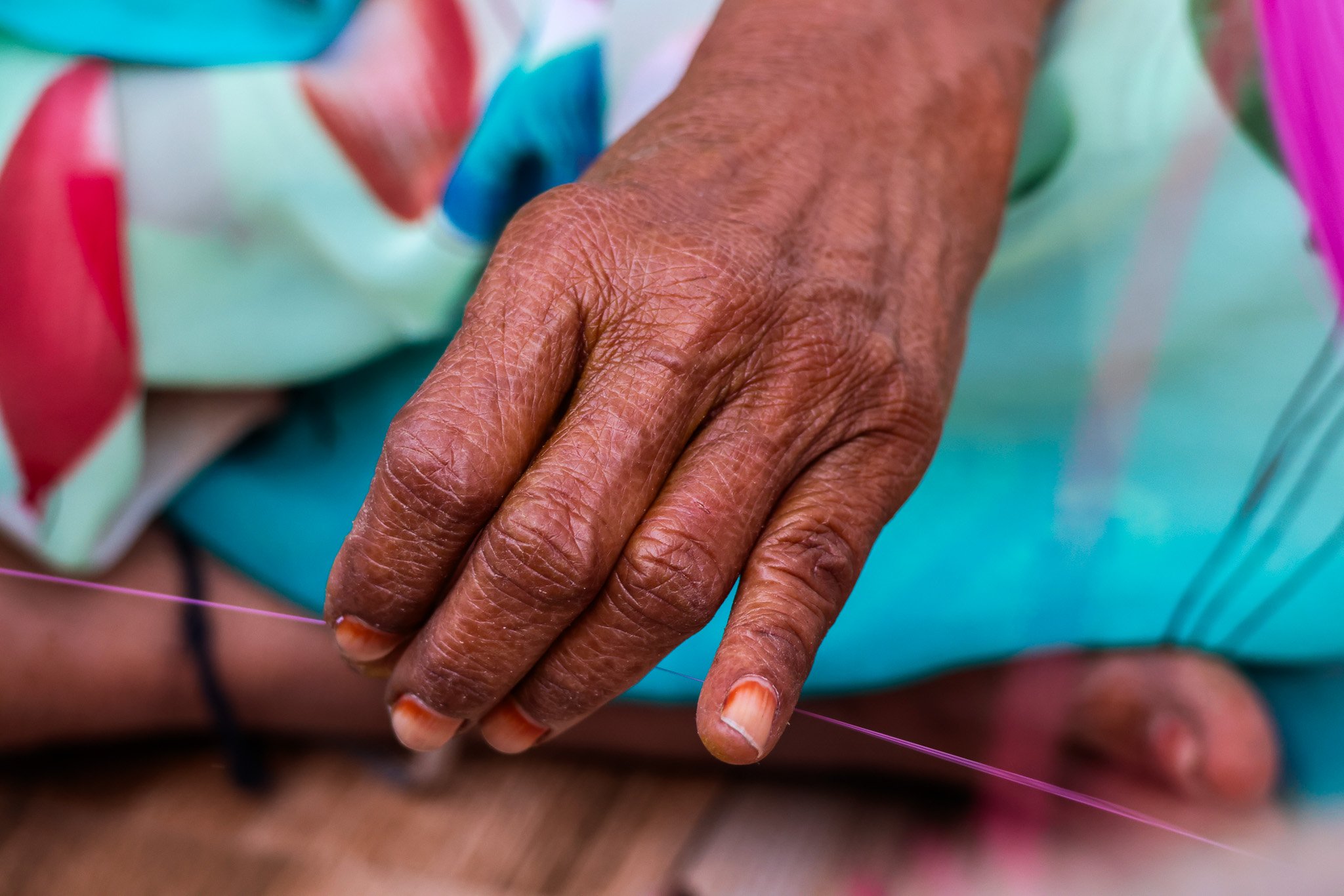

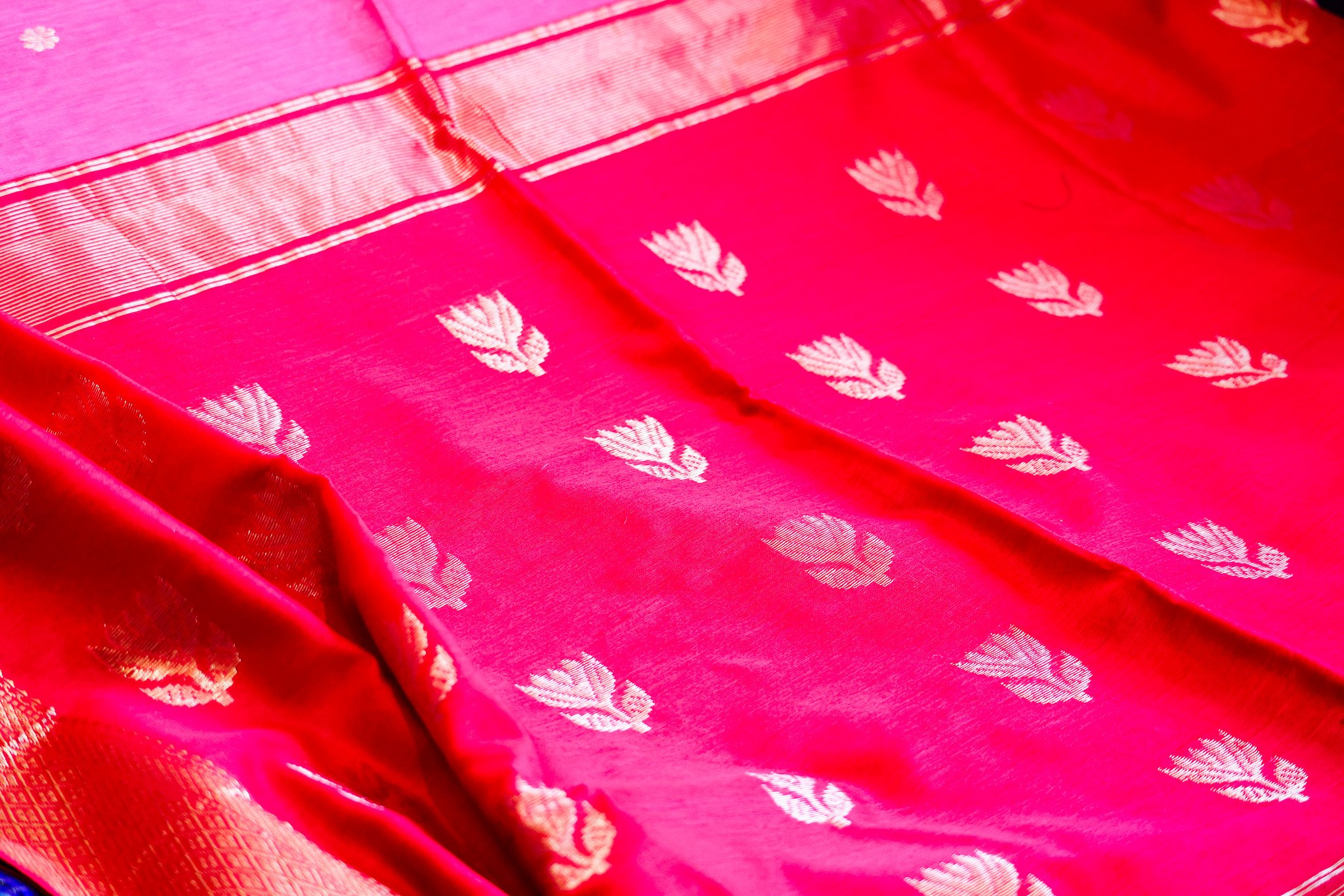
Travel through the Central part of India and experience what it has to offer.
A panoramic tour of Indore, Maheshwar, Bhopal, Sanchi, Orcha, and Chanderi. A Visit to the holy city of Varanasi A mesmerizing Ganges evening Aarti Ceremony.
A visit to the UNESCO World Heritage temples of Khajuraho. A visit to the UNESCO World Heritage site. Bhimbhetka Caves. A visit to the UNESCO World Heritage site Sarnath and Sanchi,
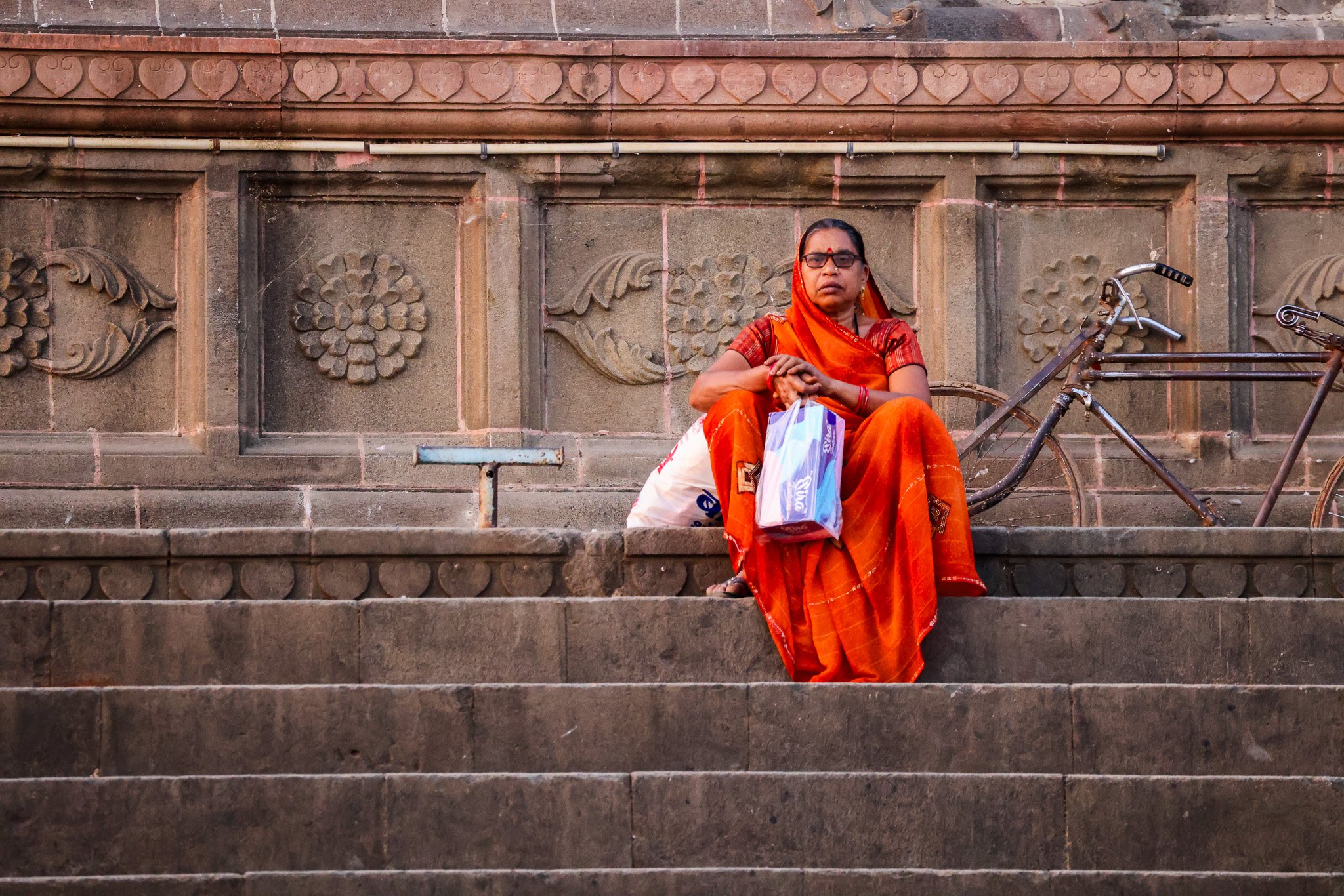

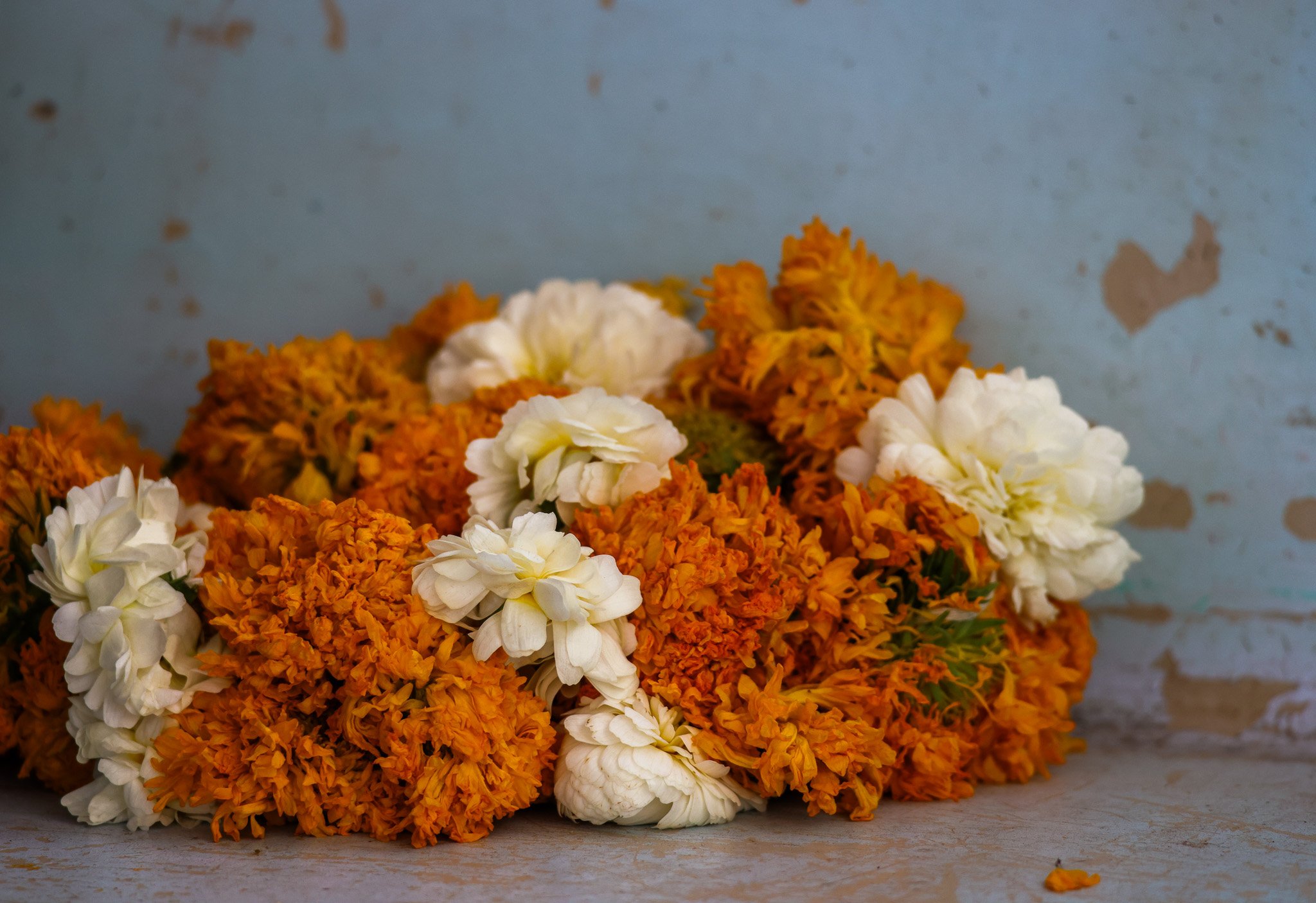
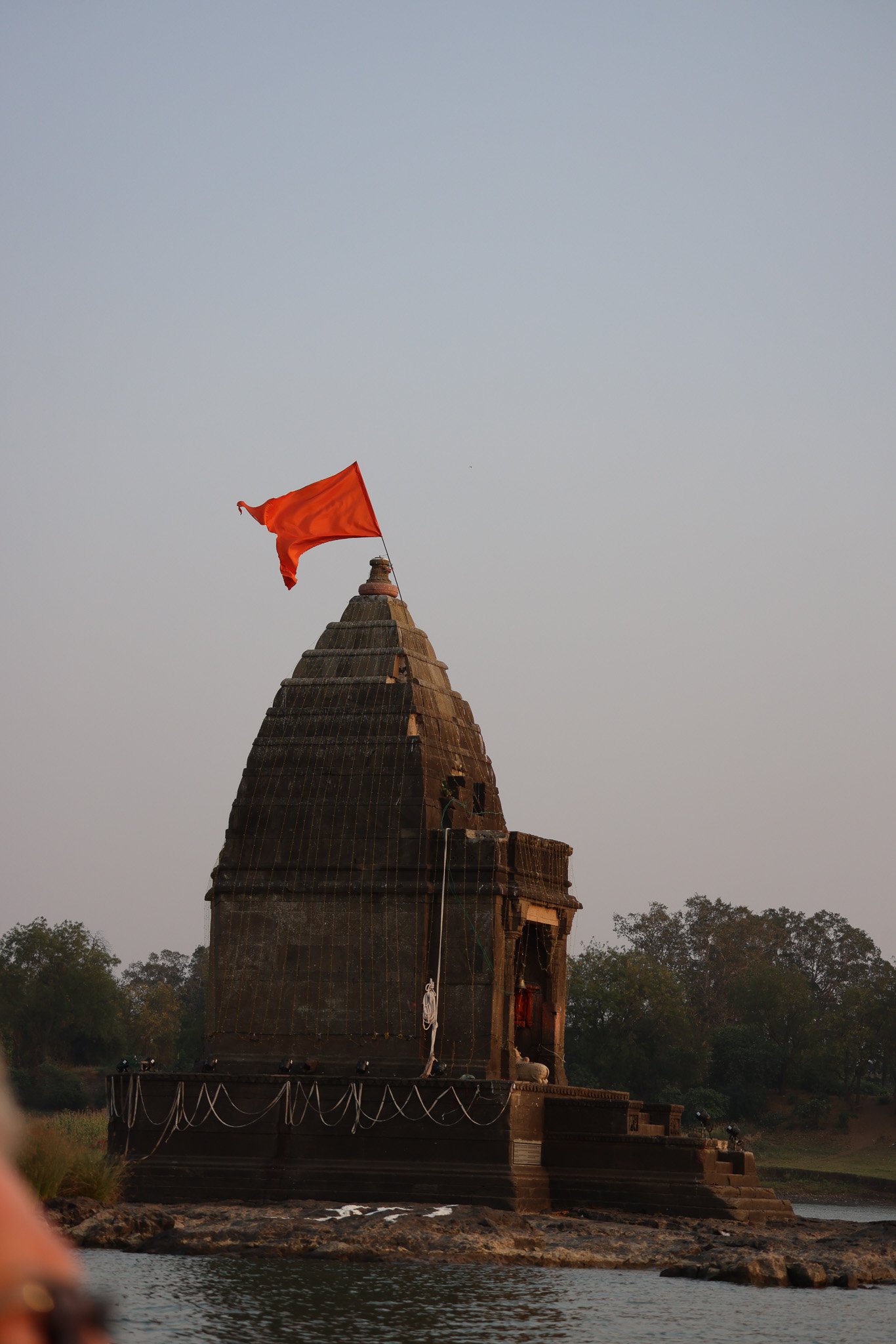

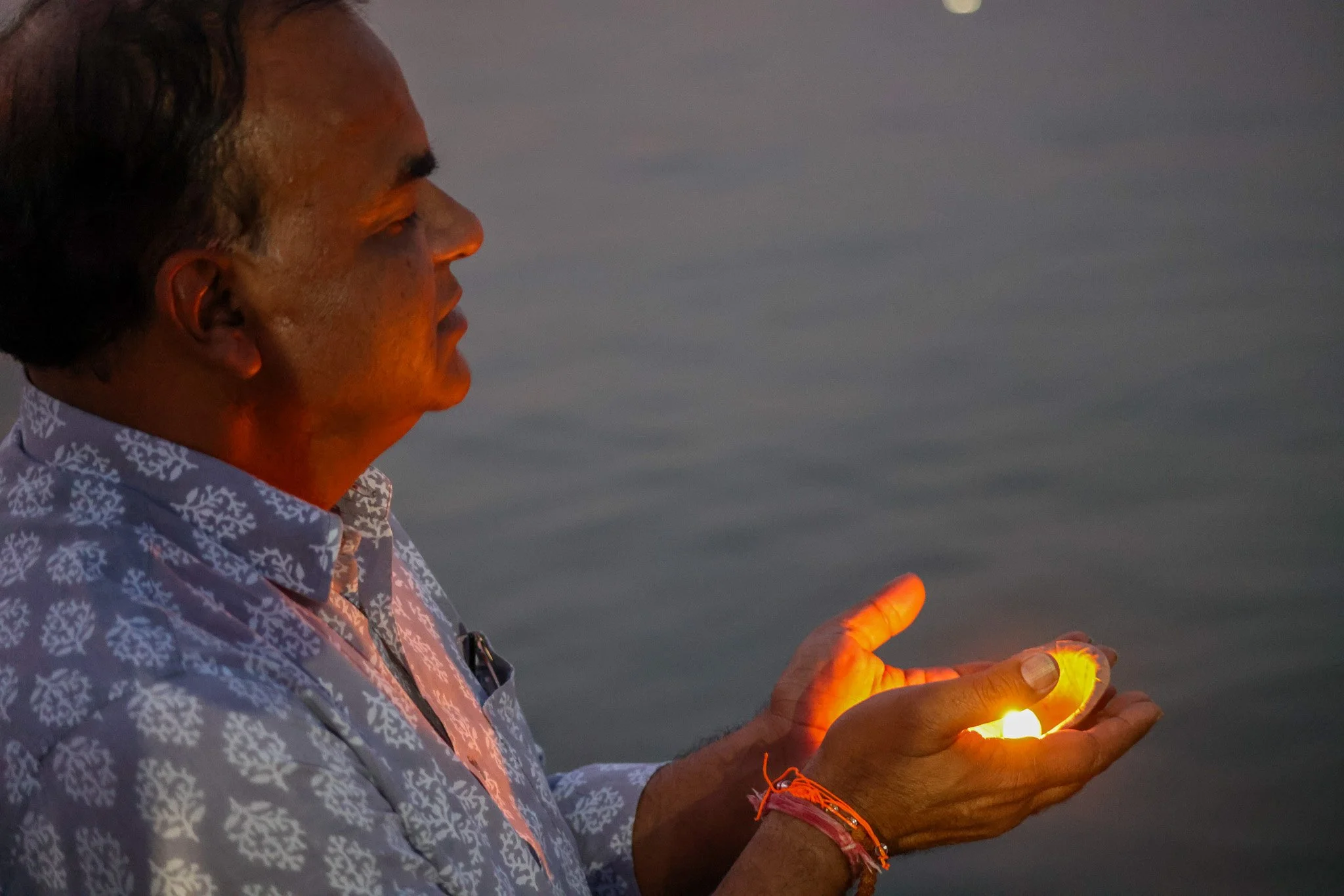
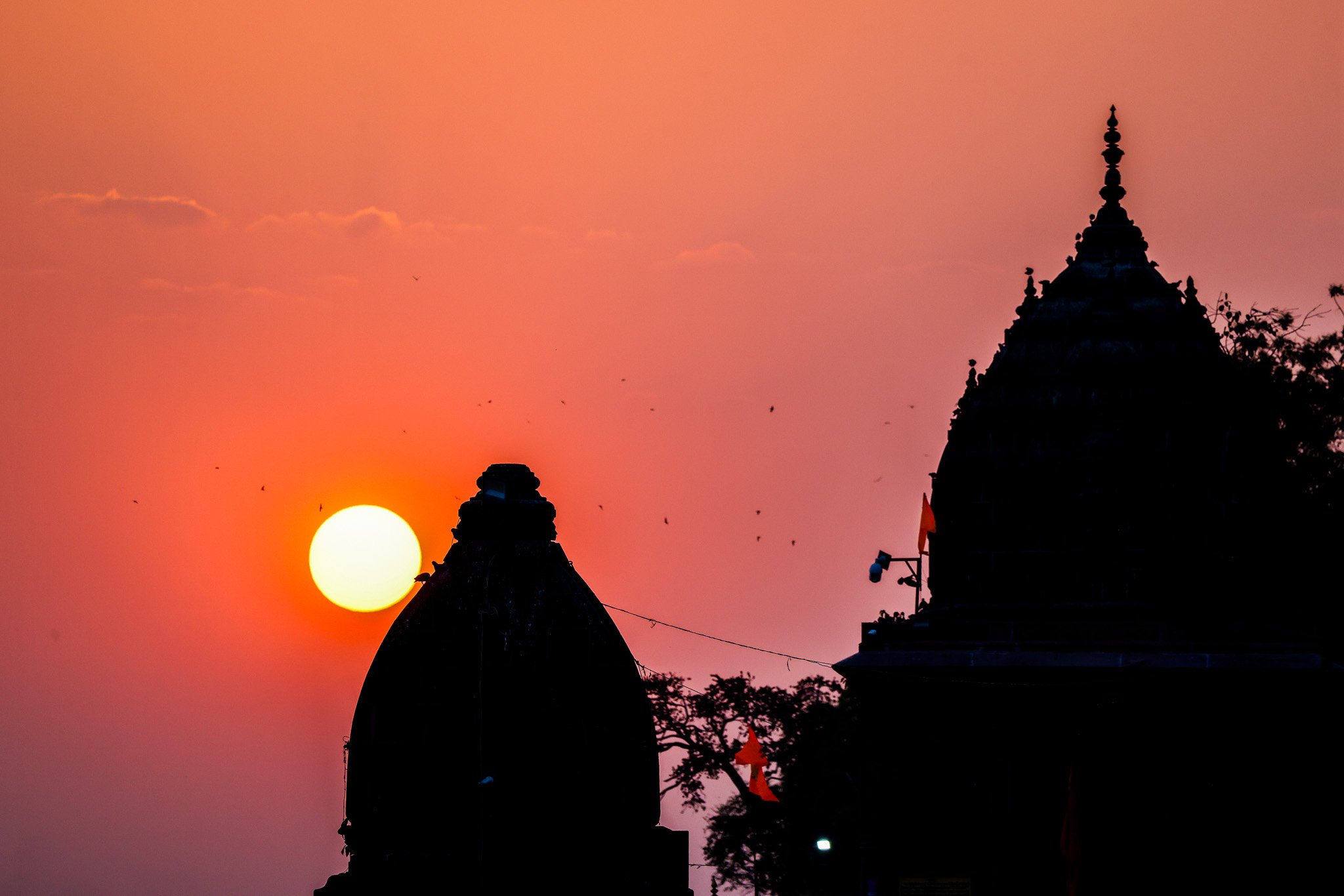
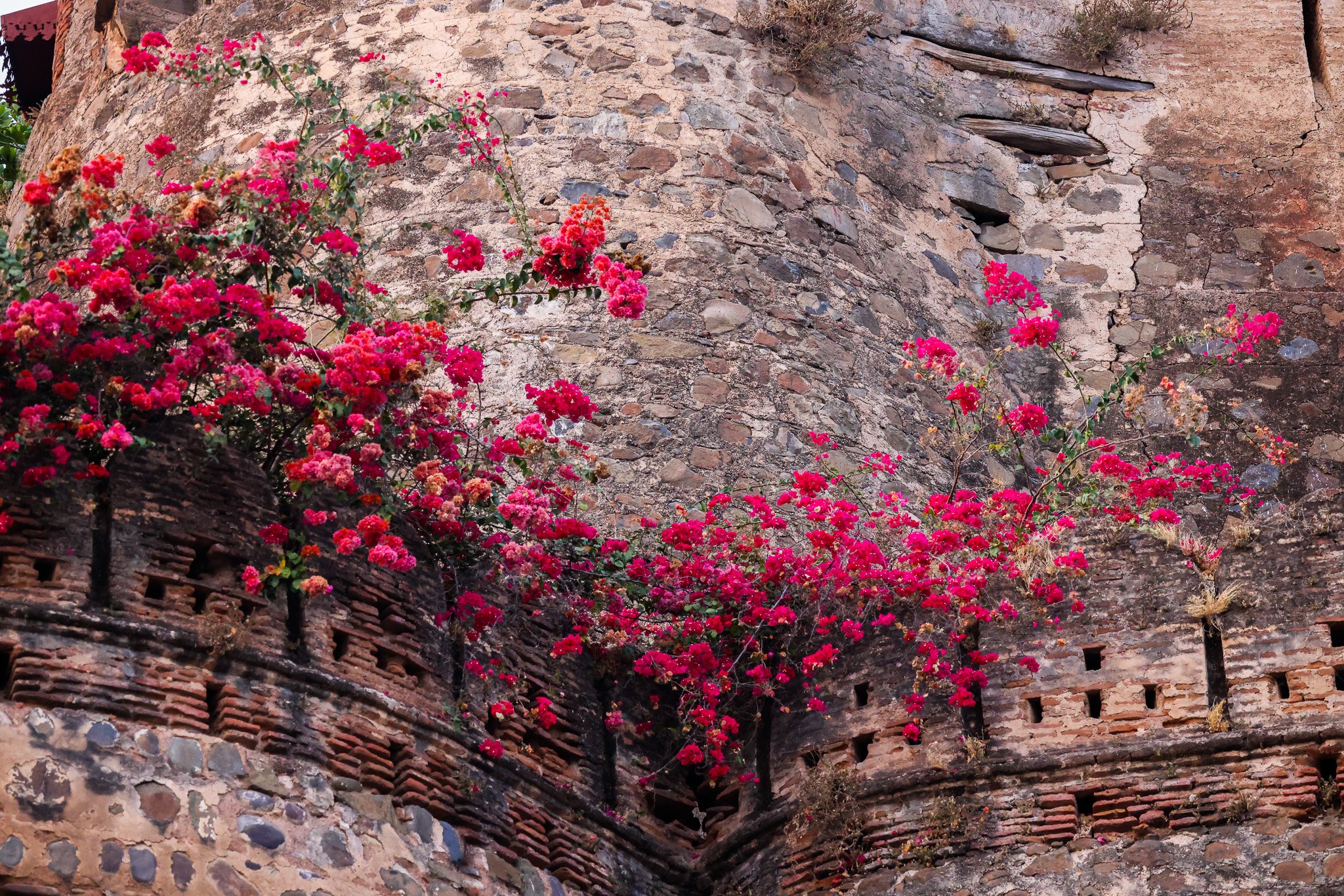
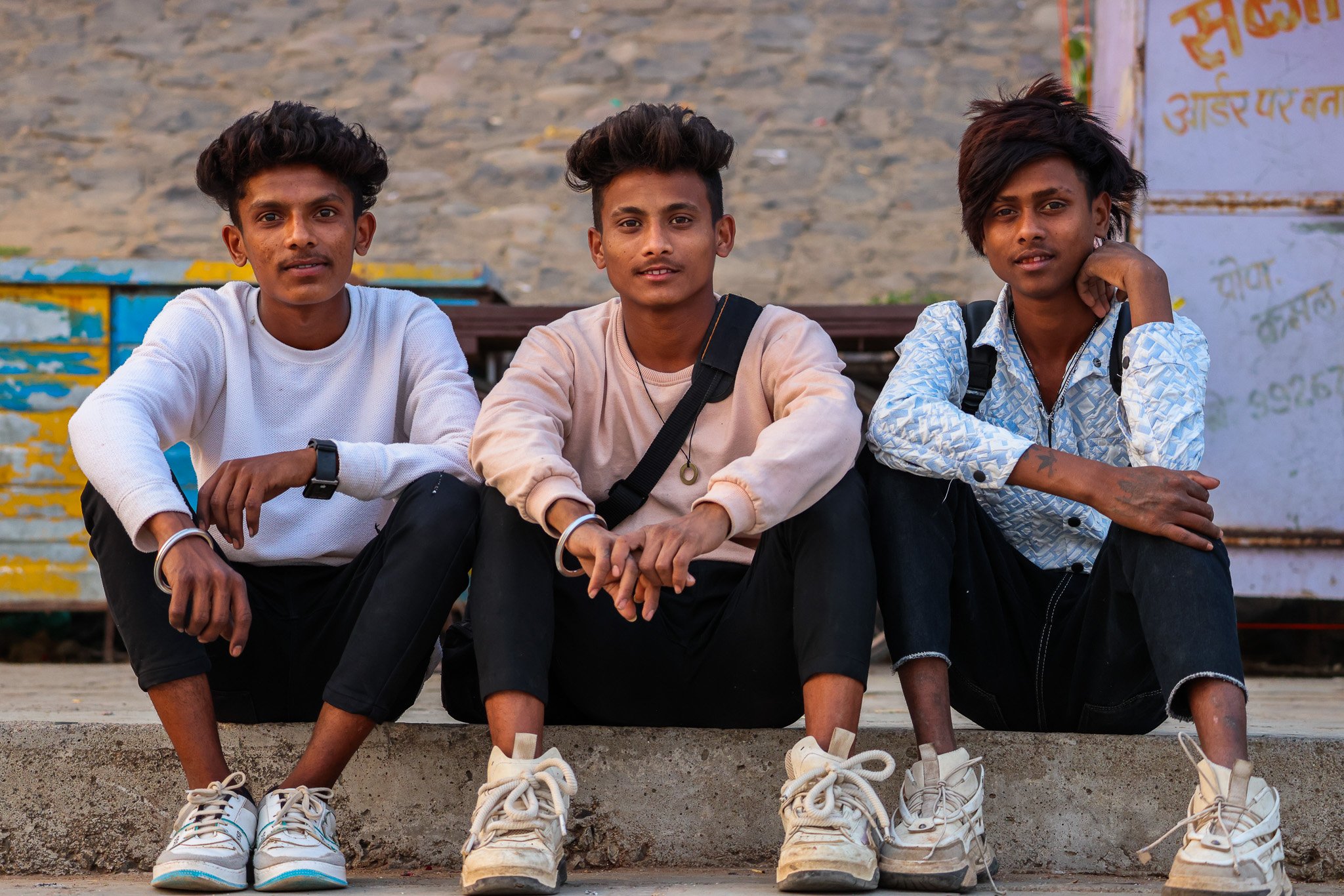
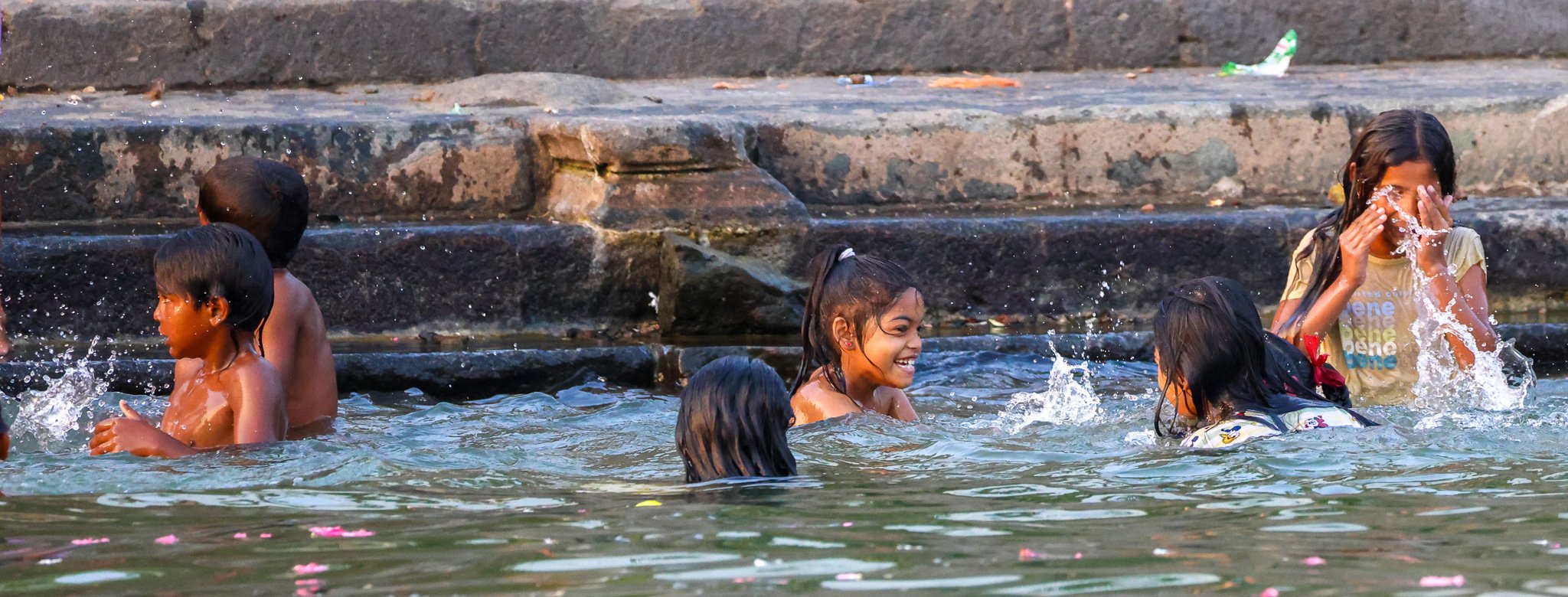
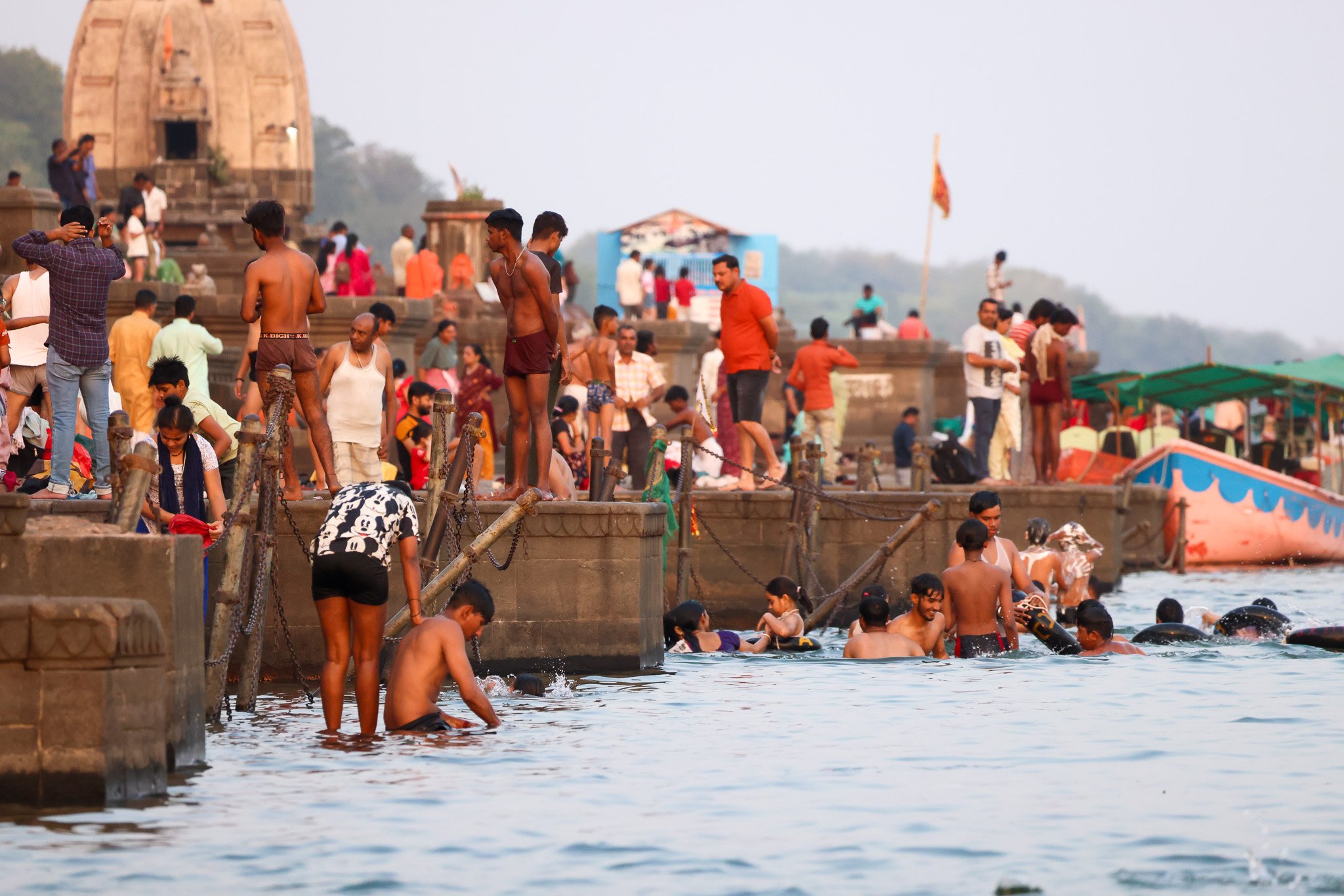
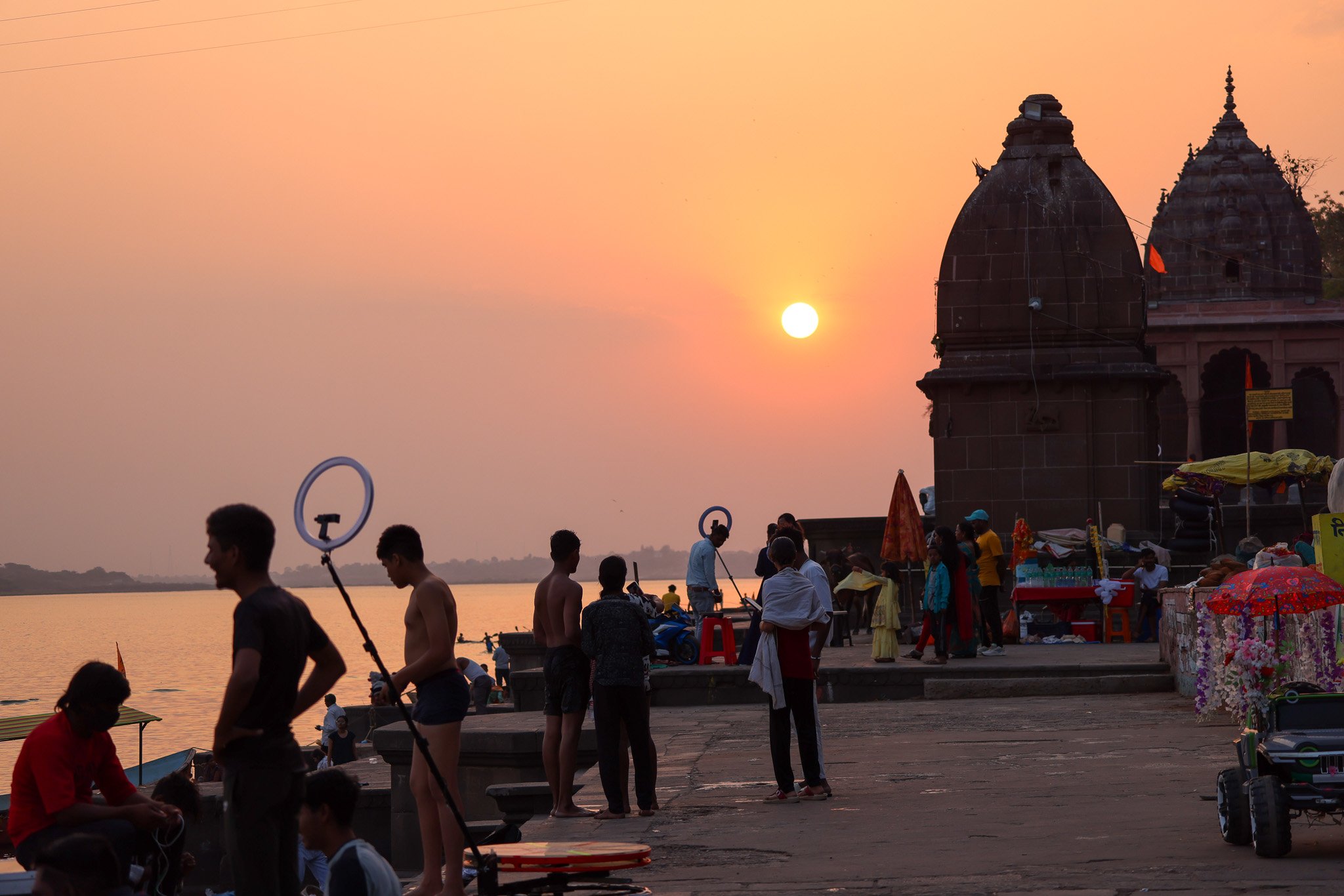
Festivals and Markets in small villages.
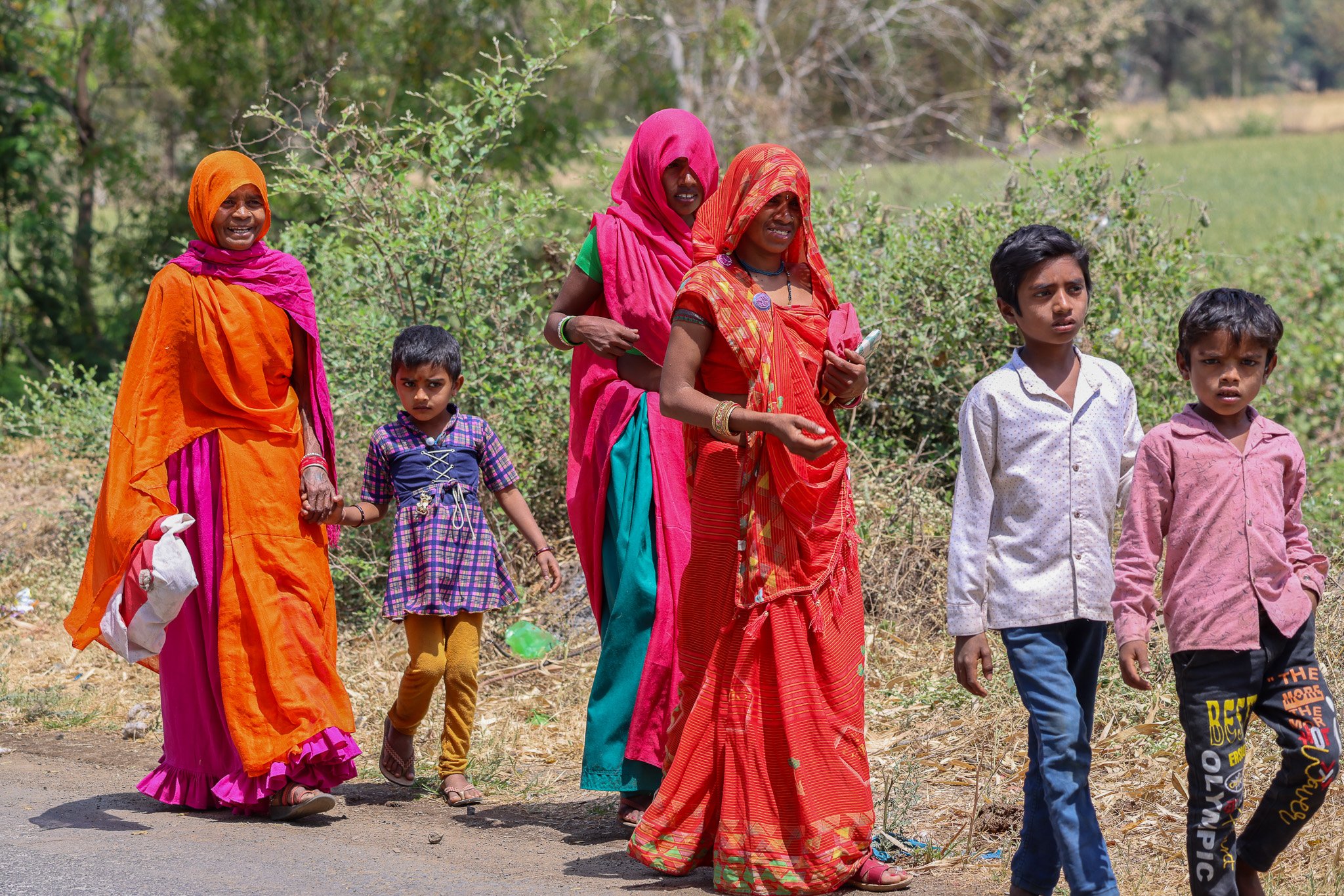
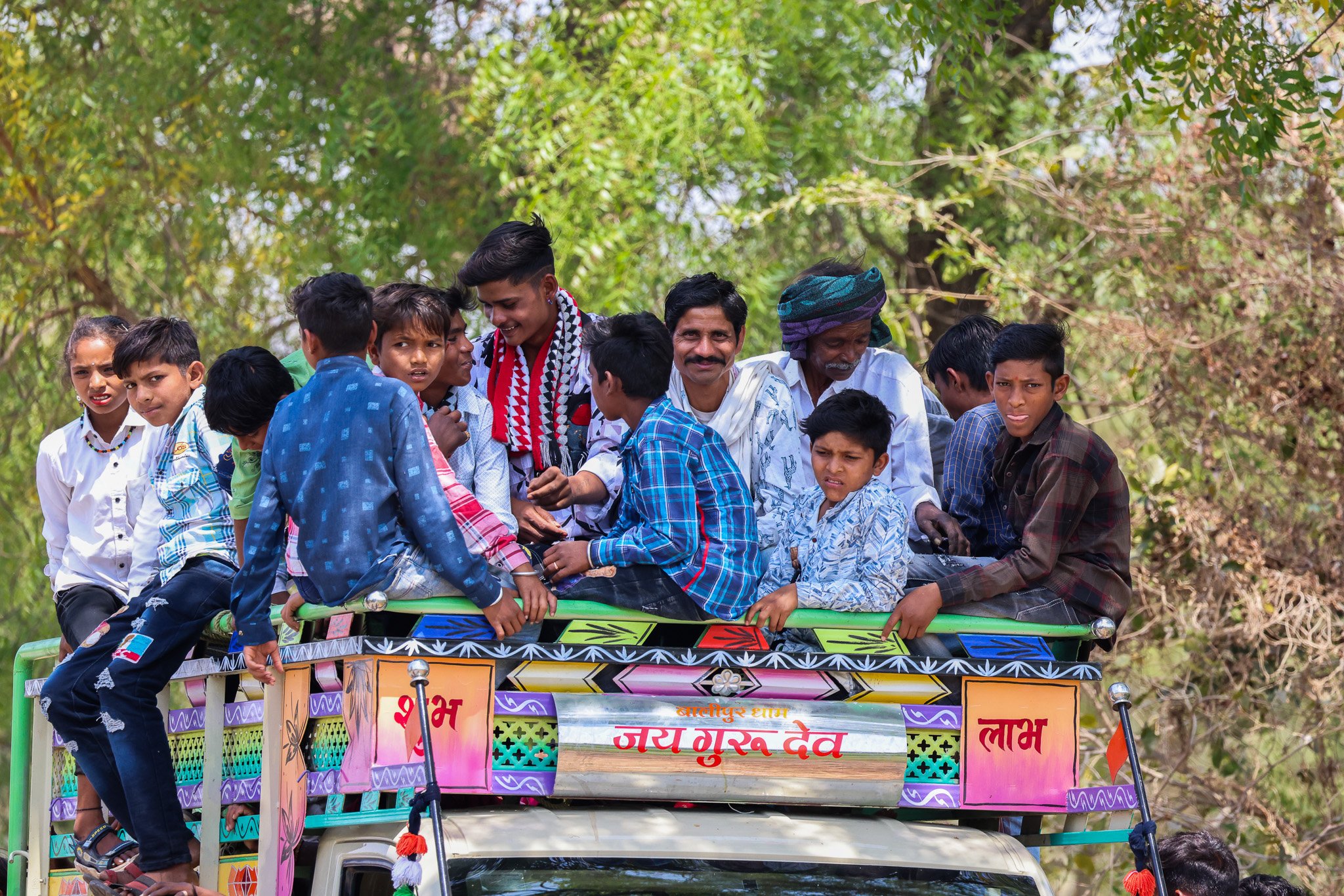
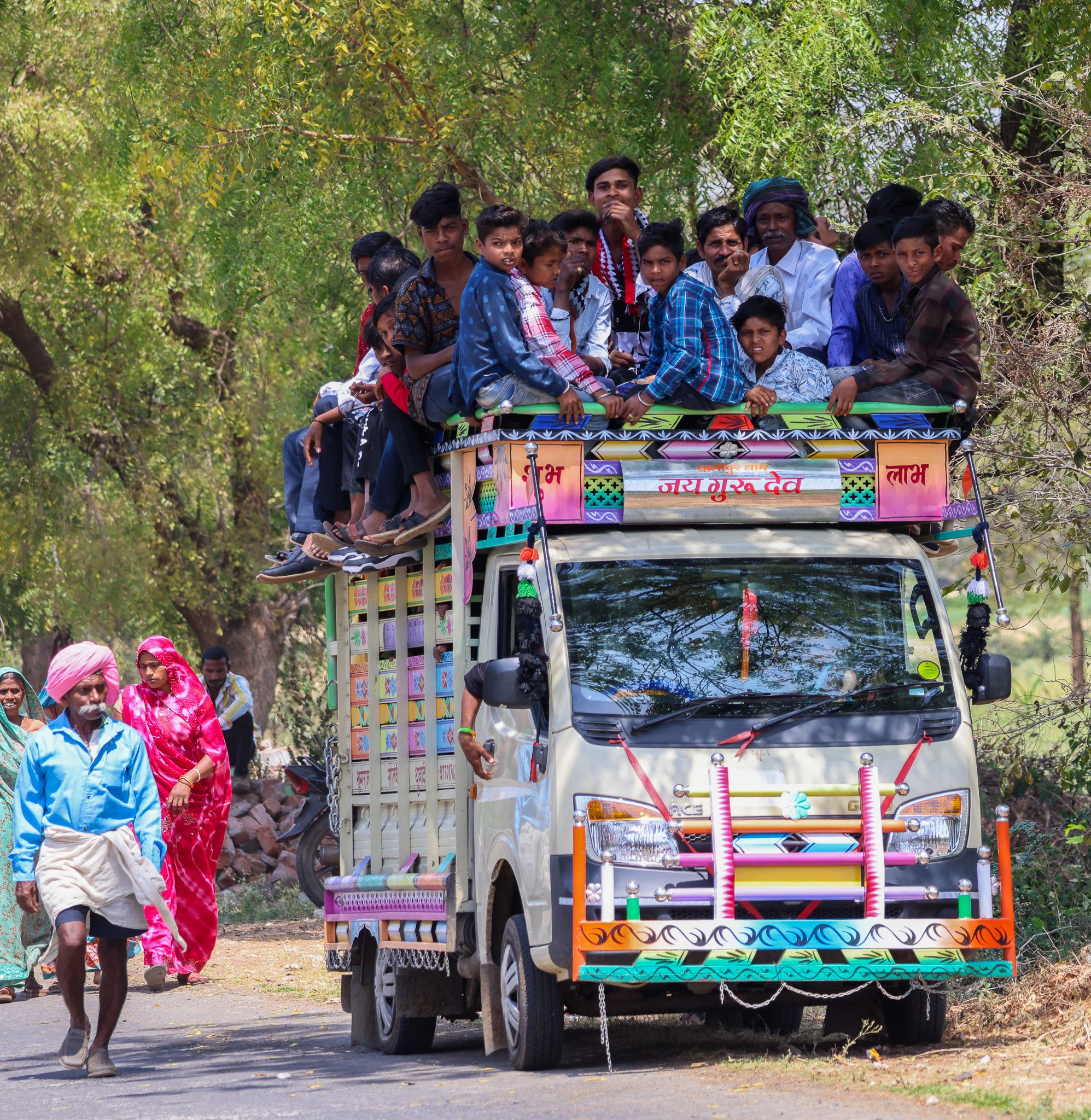
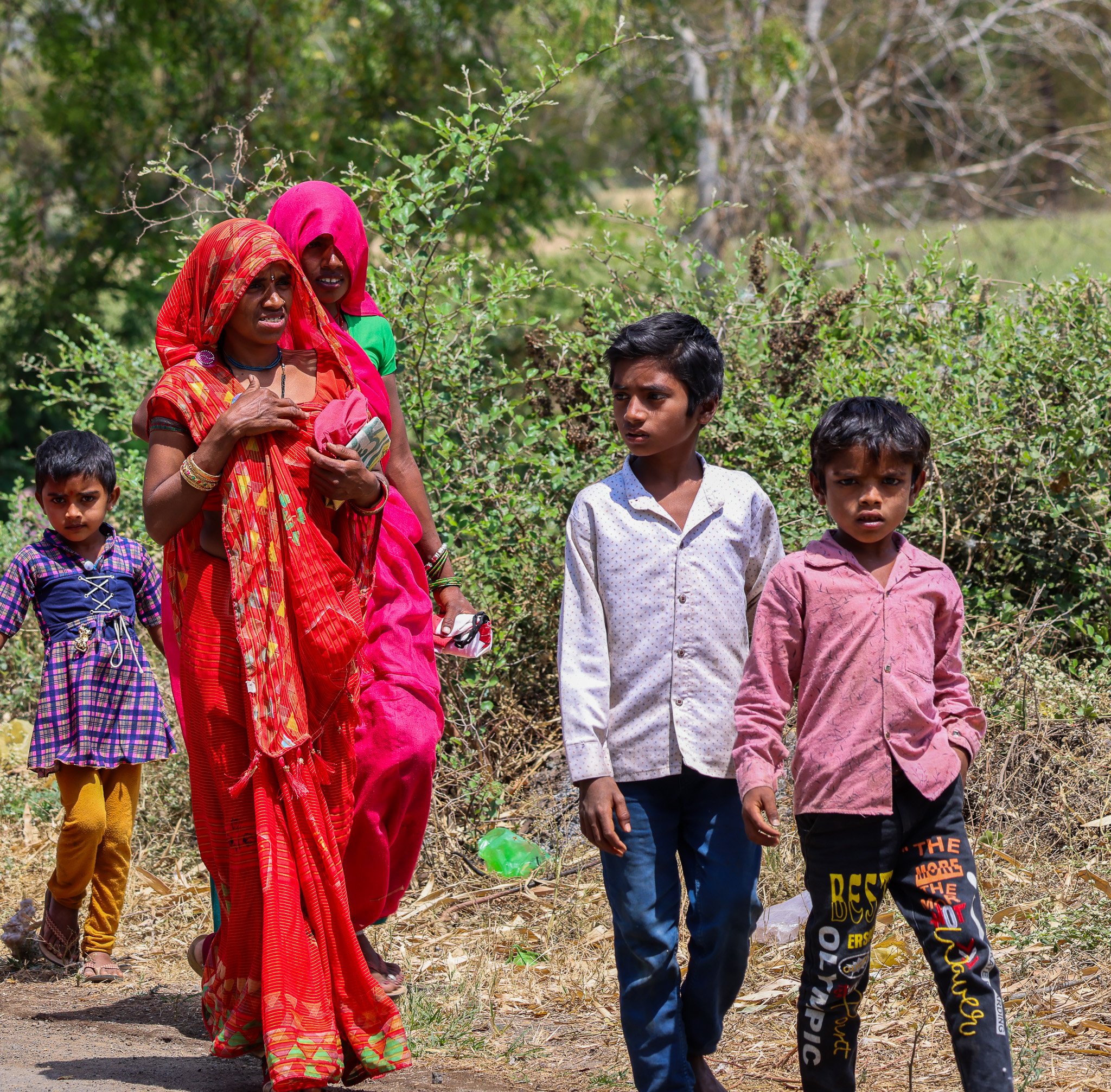
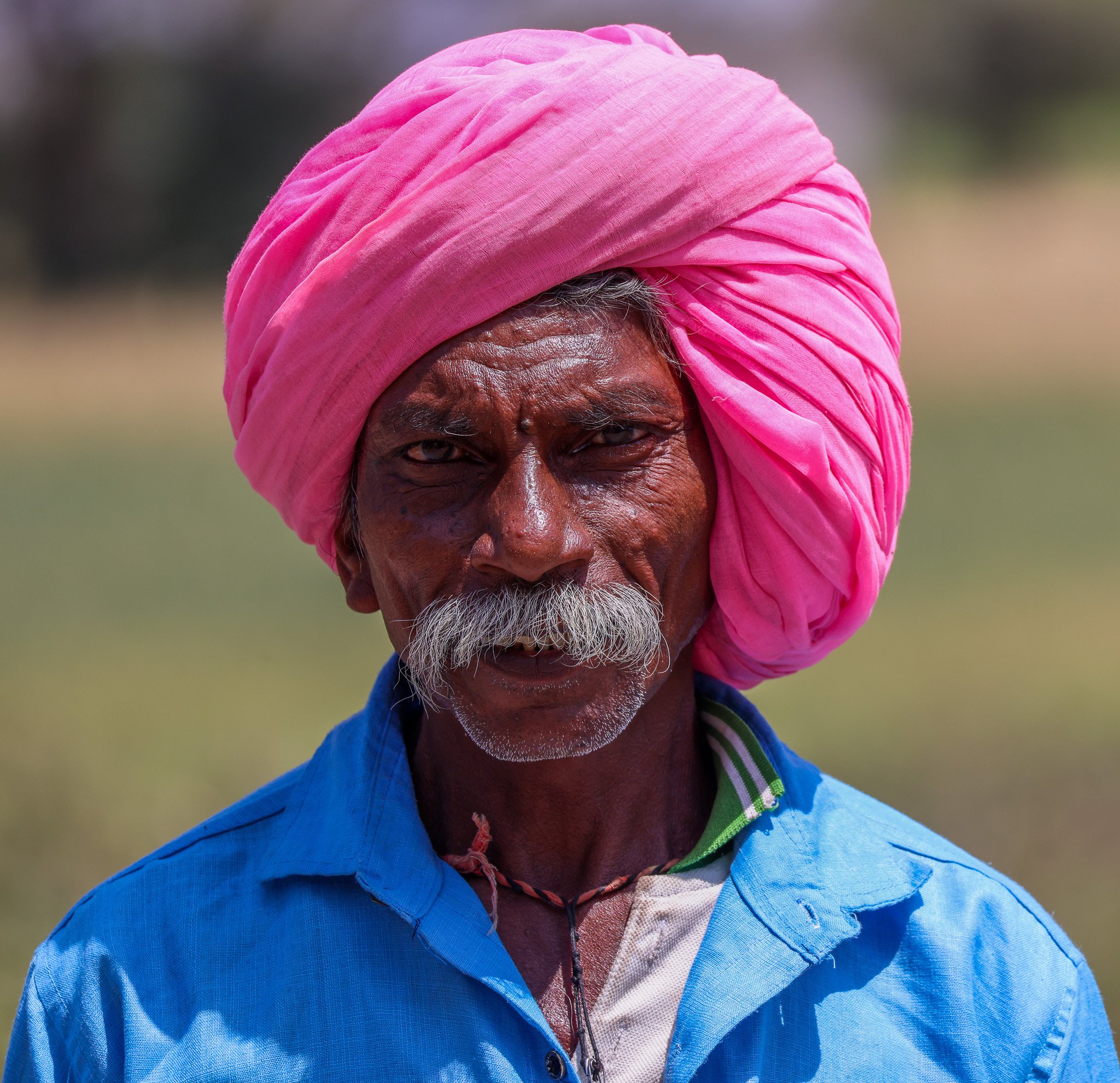
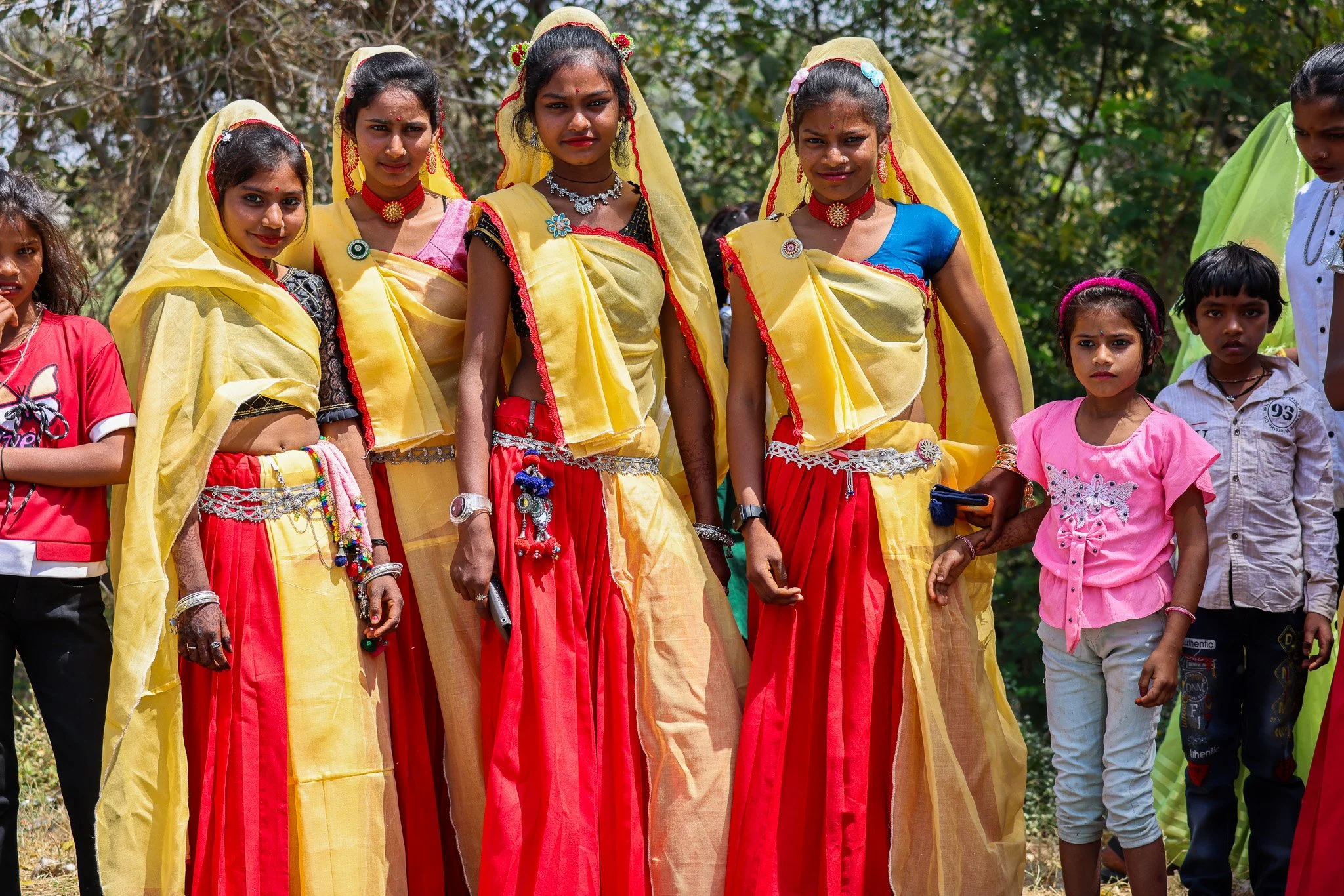
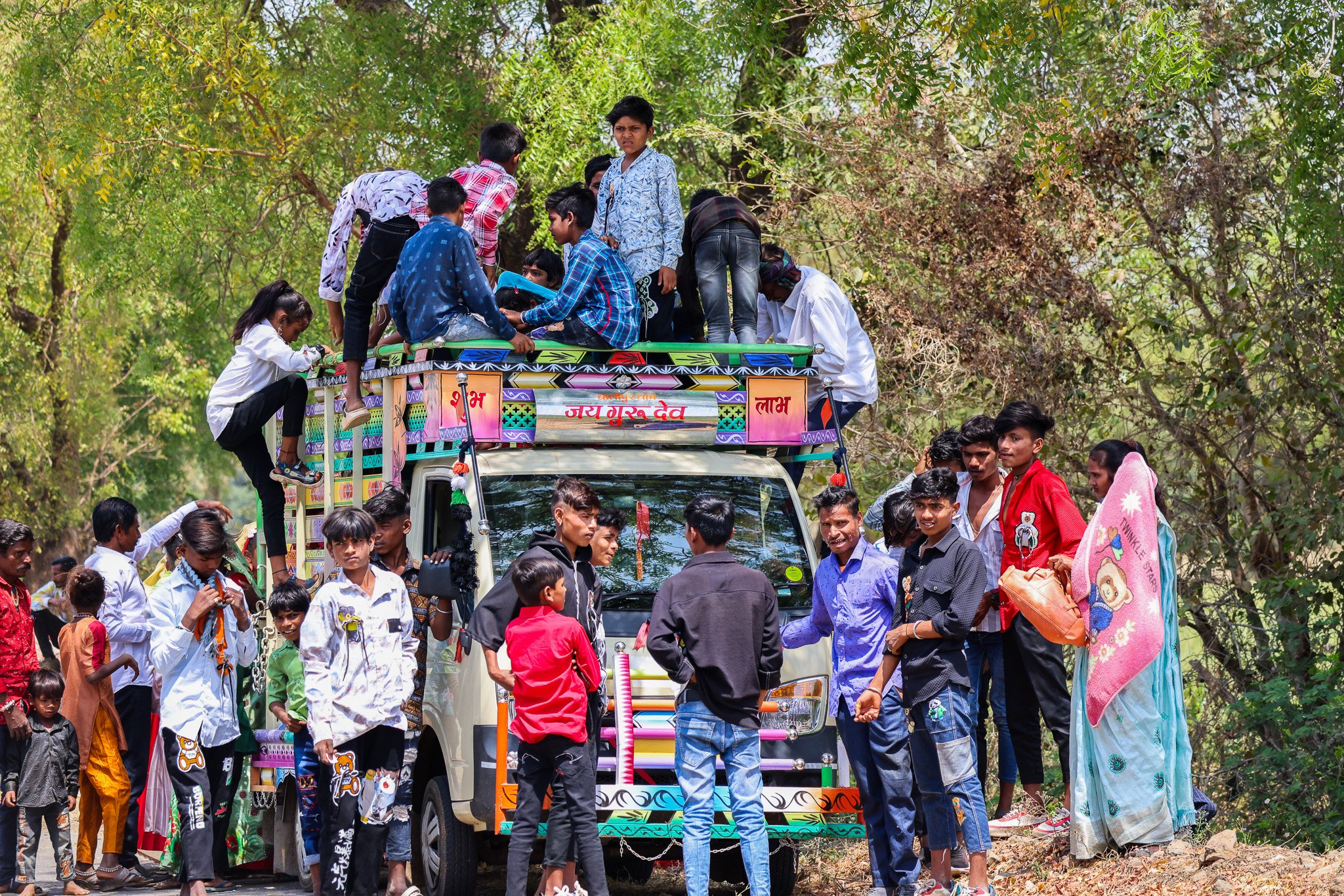
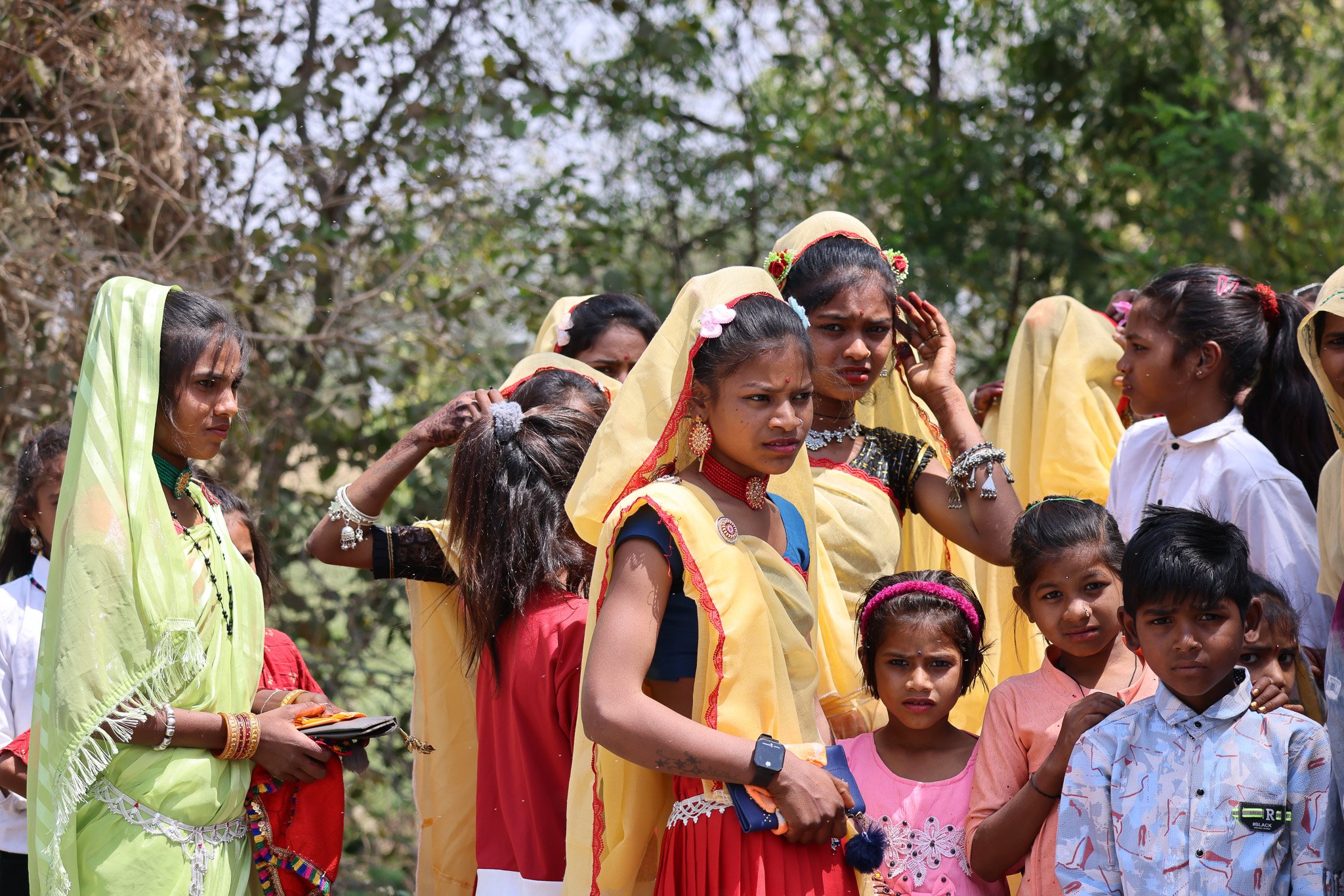
Bagh, resist, block printing. Bagh Print is a traditional Indian handicraft originating in Bagh, Dhar district of Madhya Pradesh, India. The process is characterized by hand-printed woodblock relief prints with naturally sourced pigments and dyes. Bagh print motifs are typically geometric, paisley, or floral compositions designed, dyed with vegetable colors of red and black over a white background, and are a popular textile printing product. Its name is derived from the village Bagh located on the banks of the Bagh River

